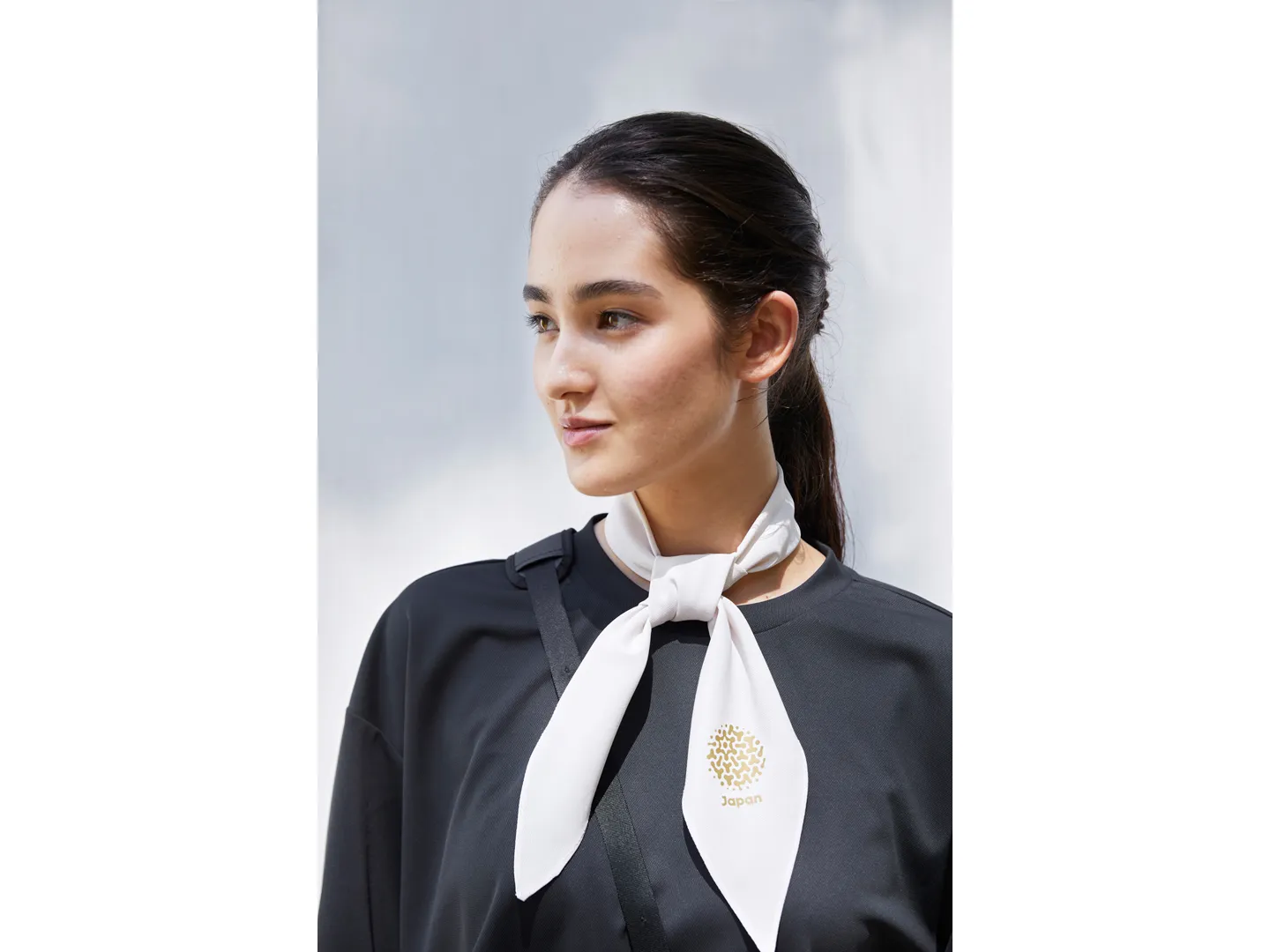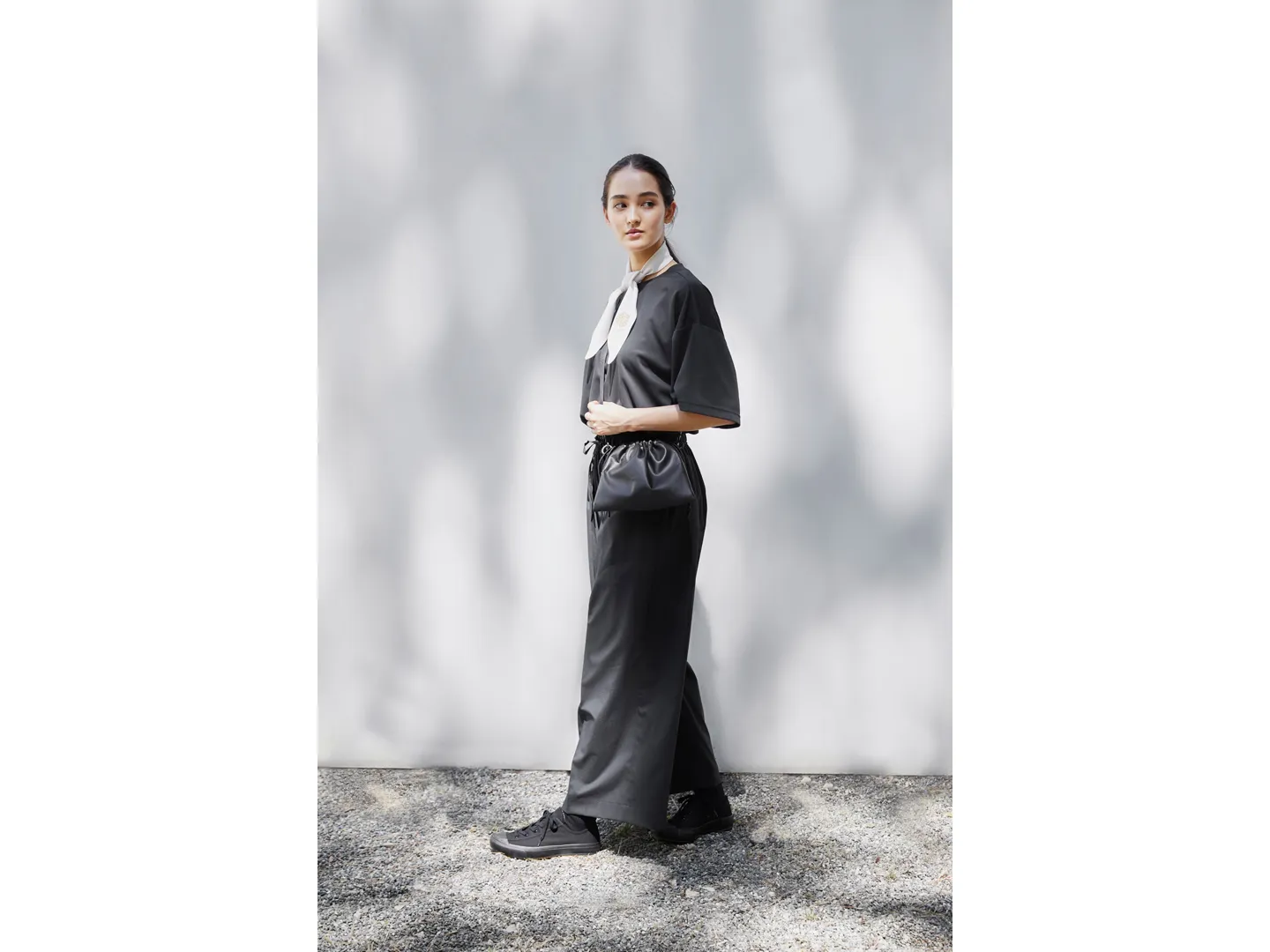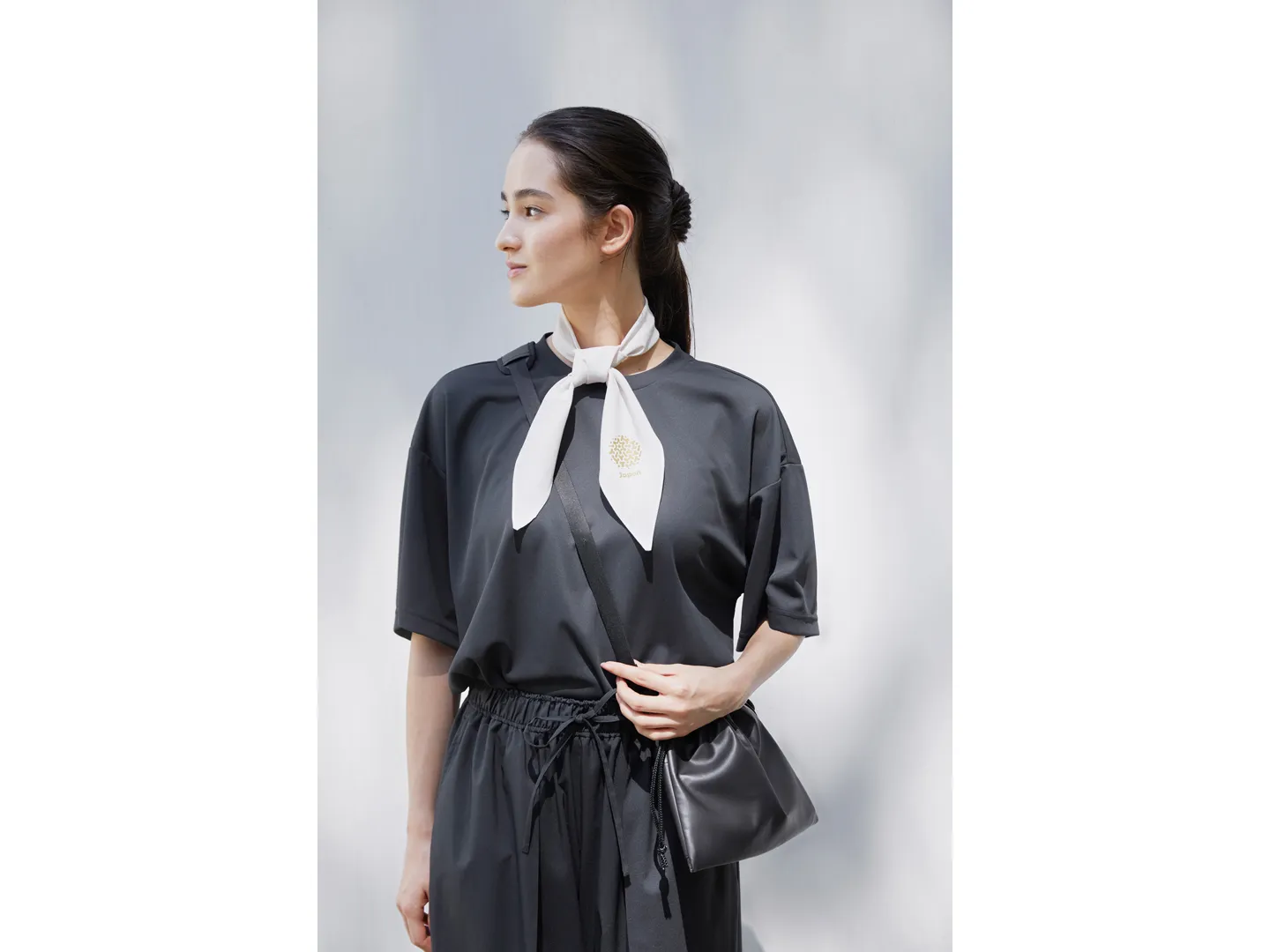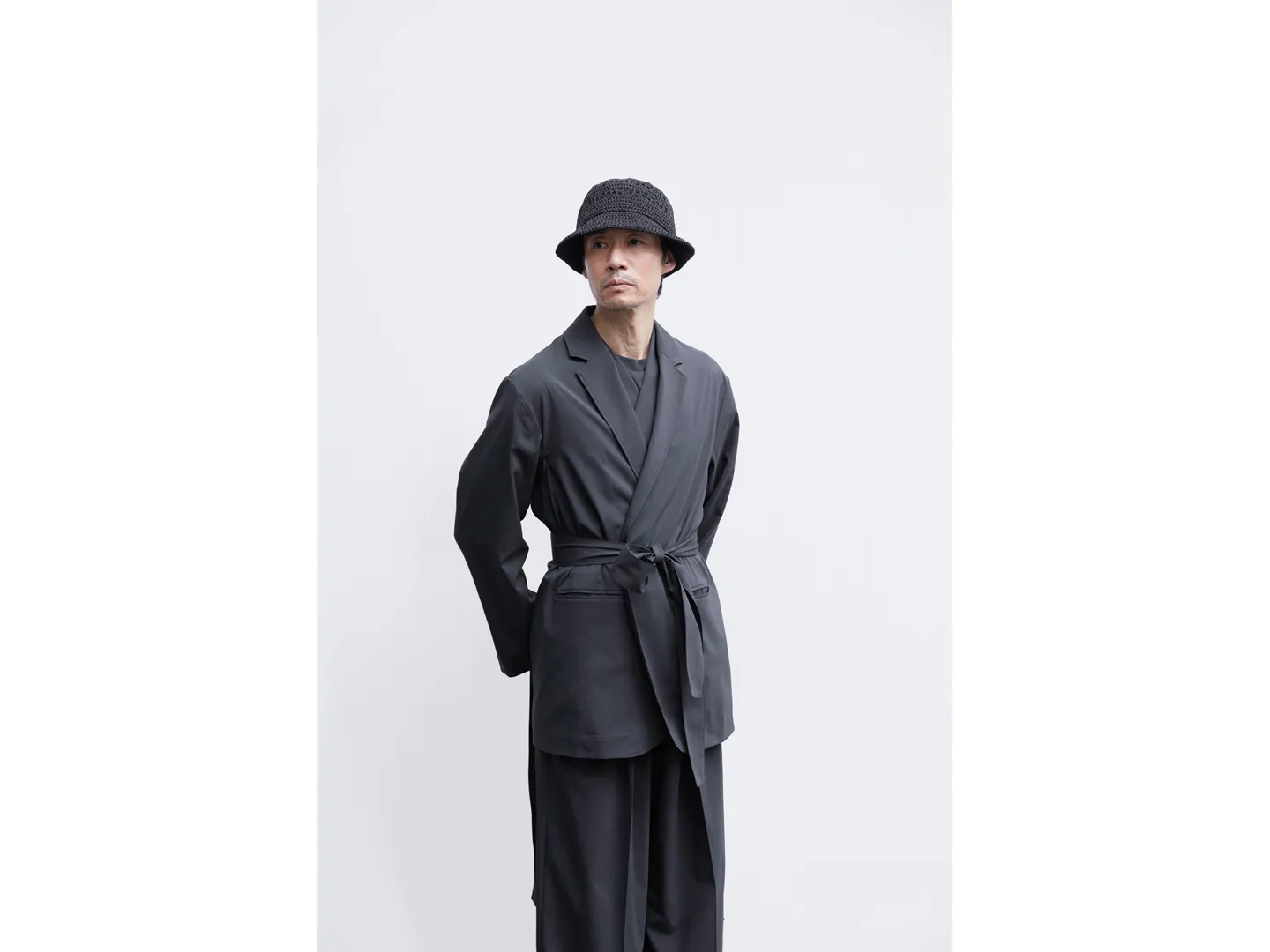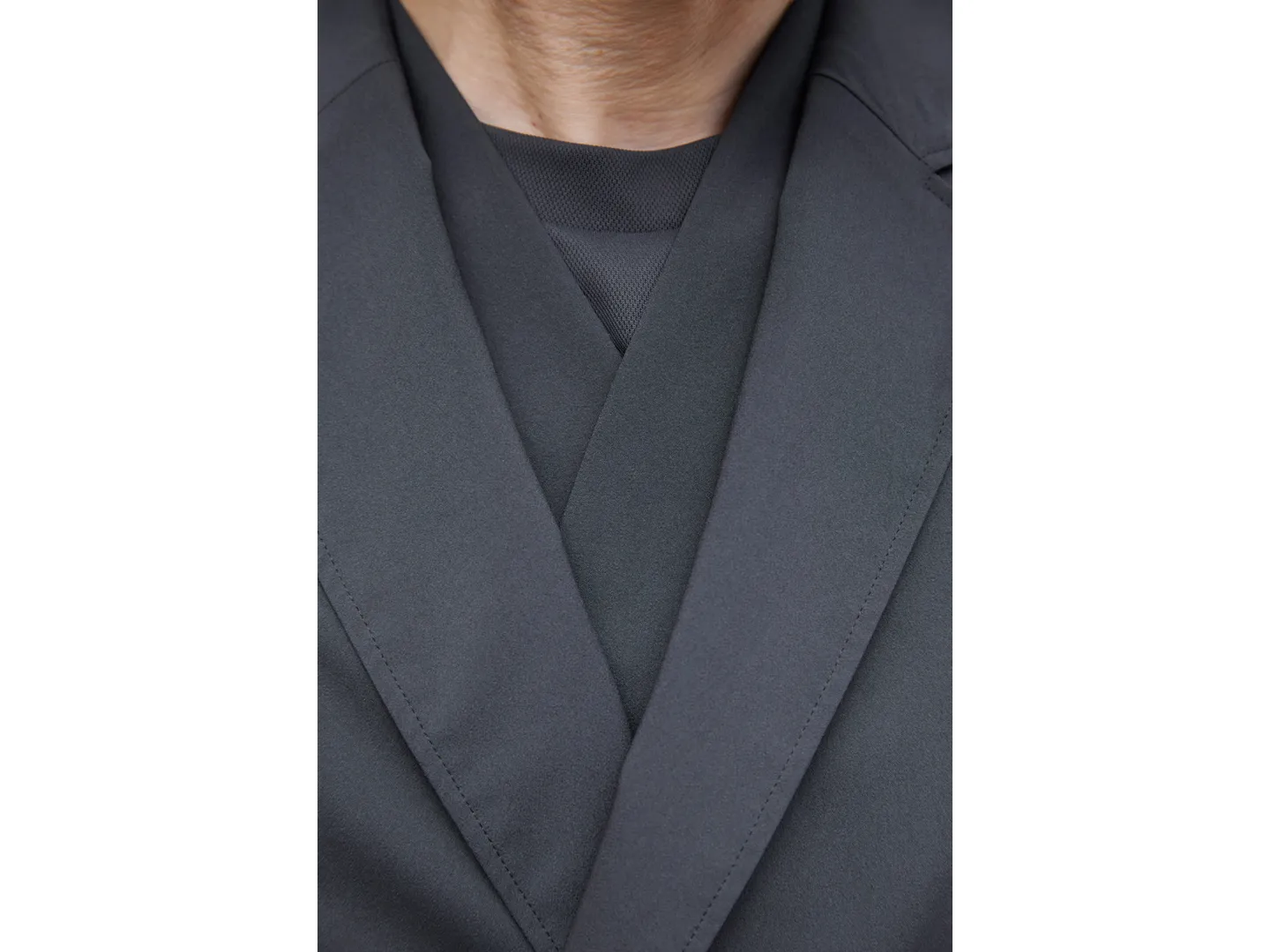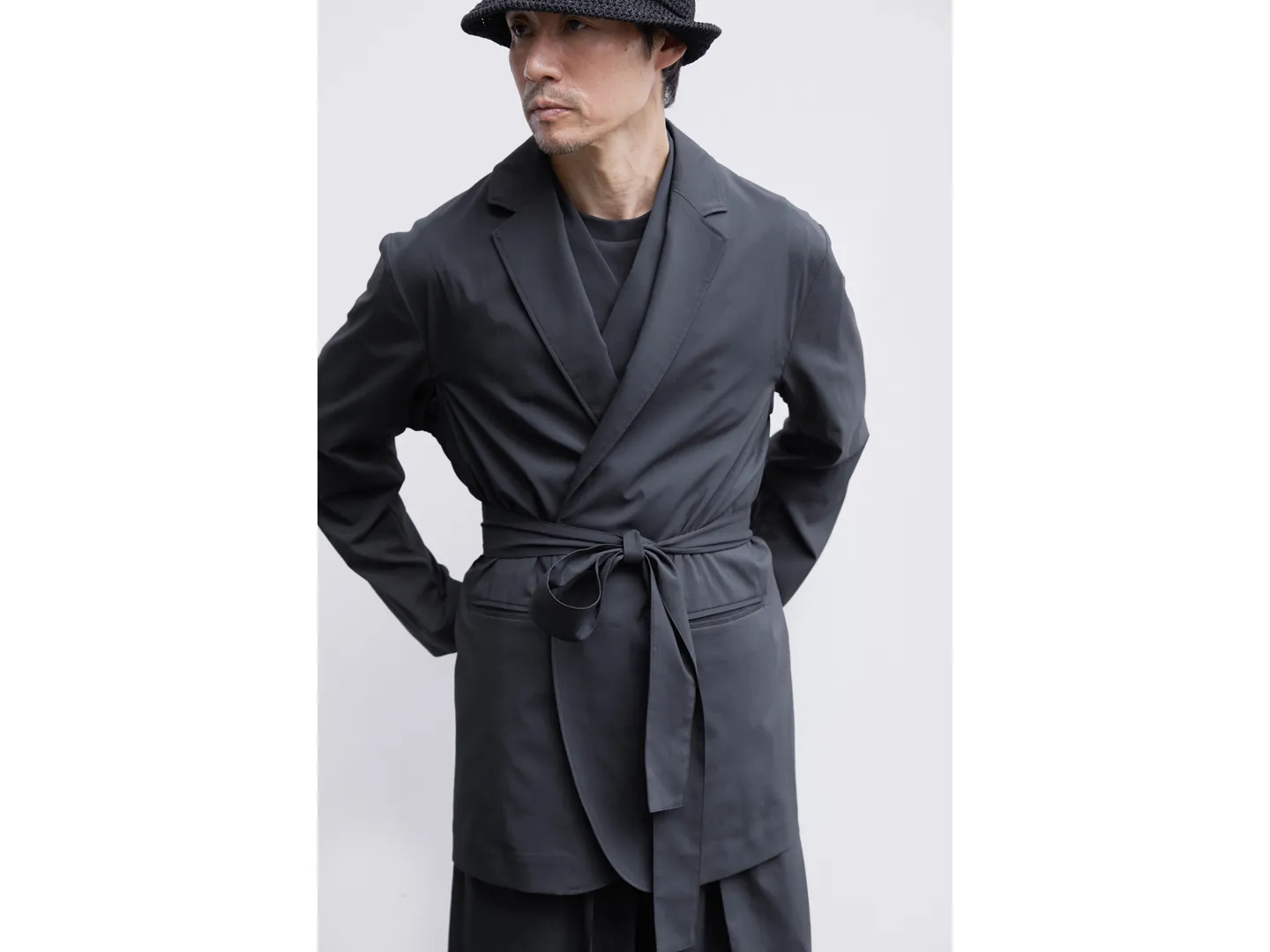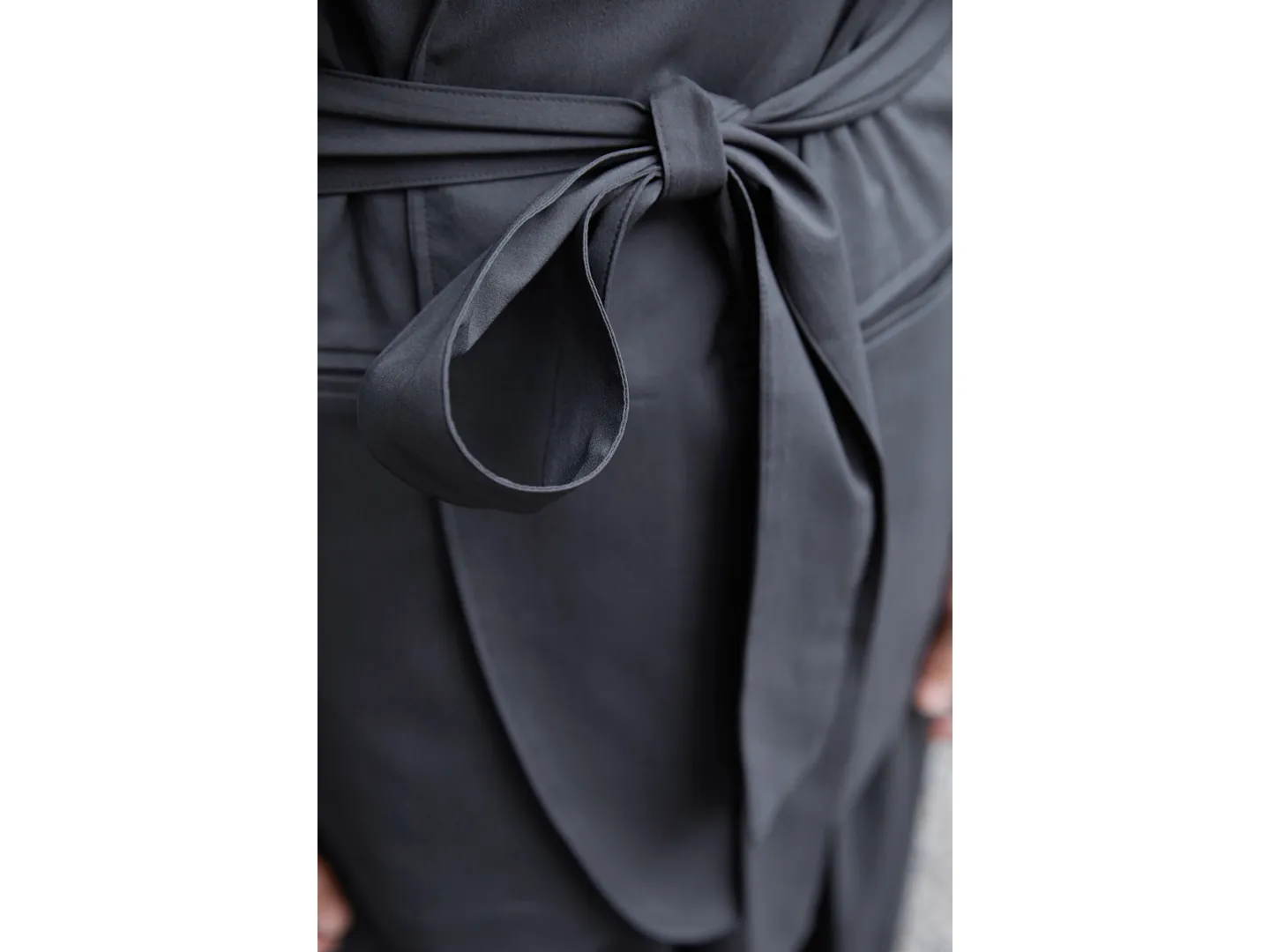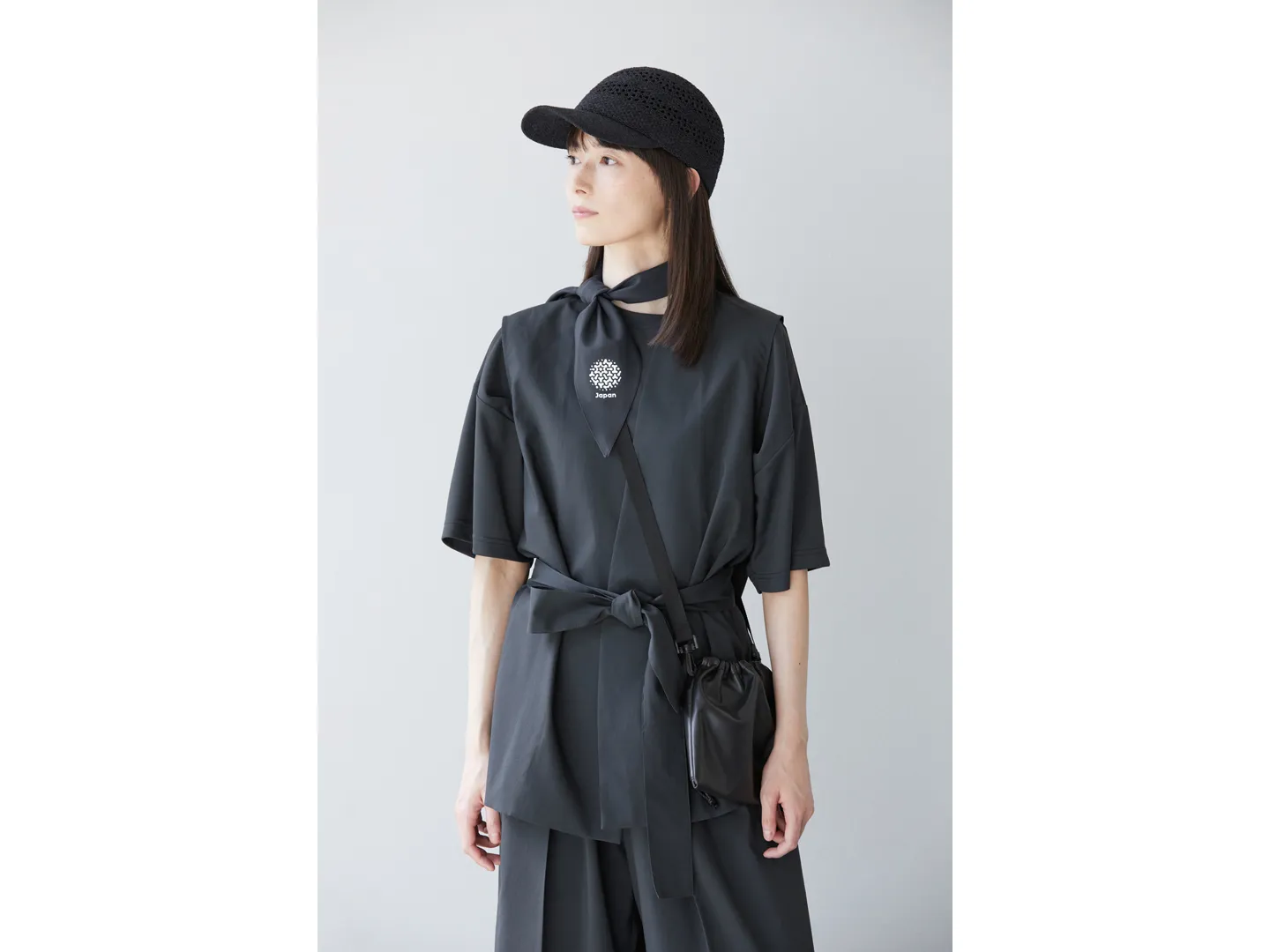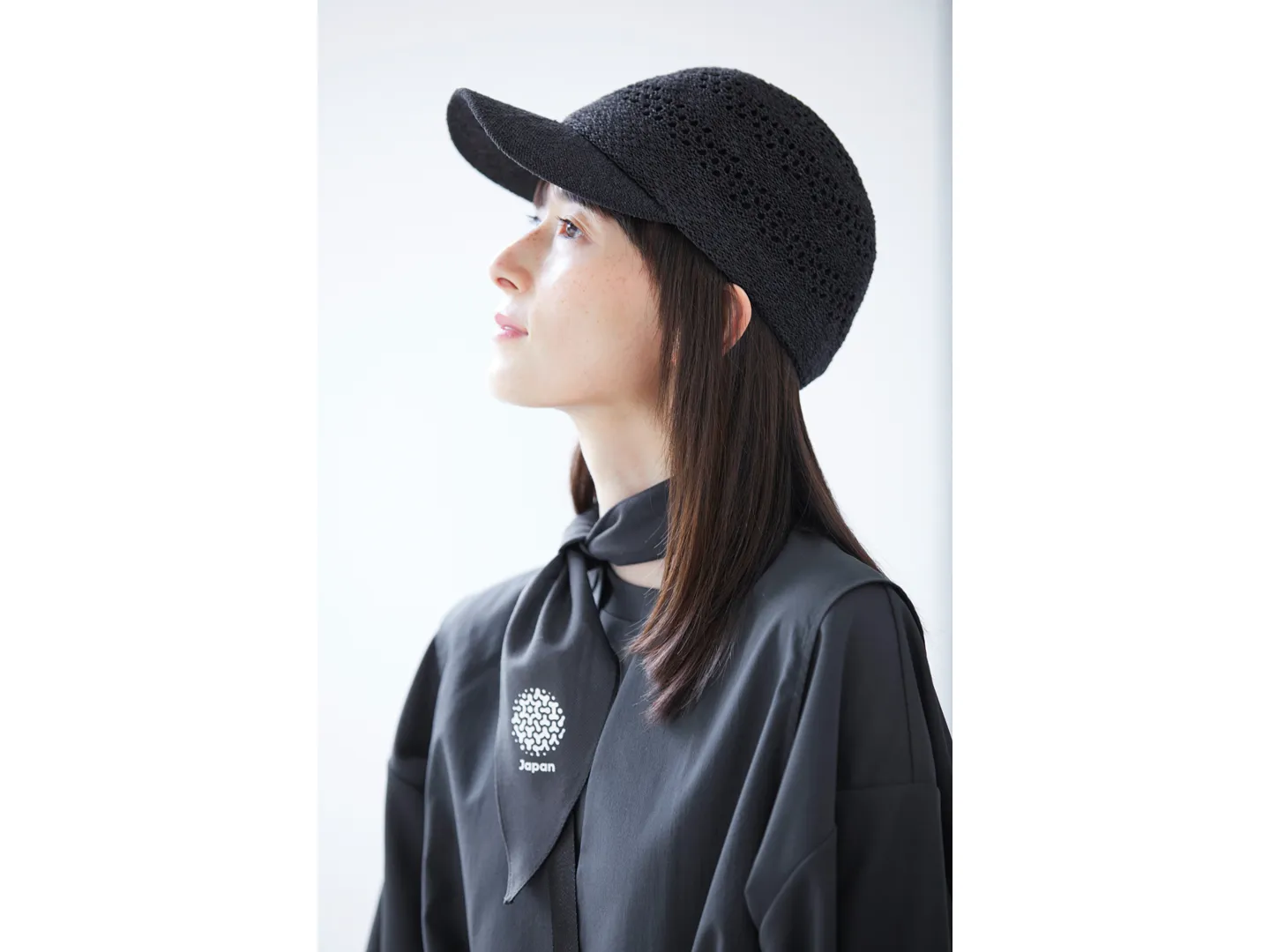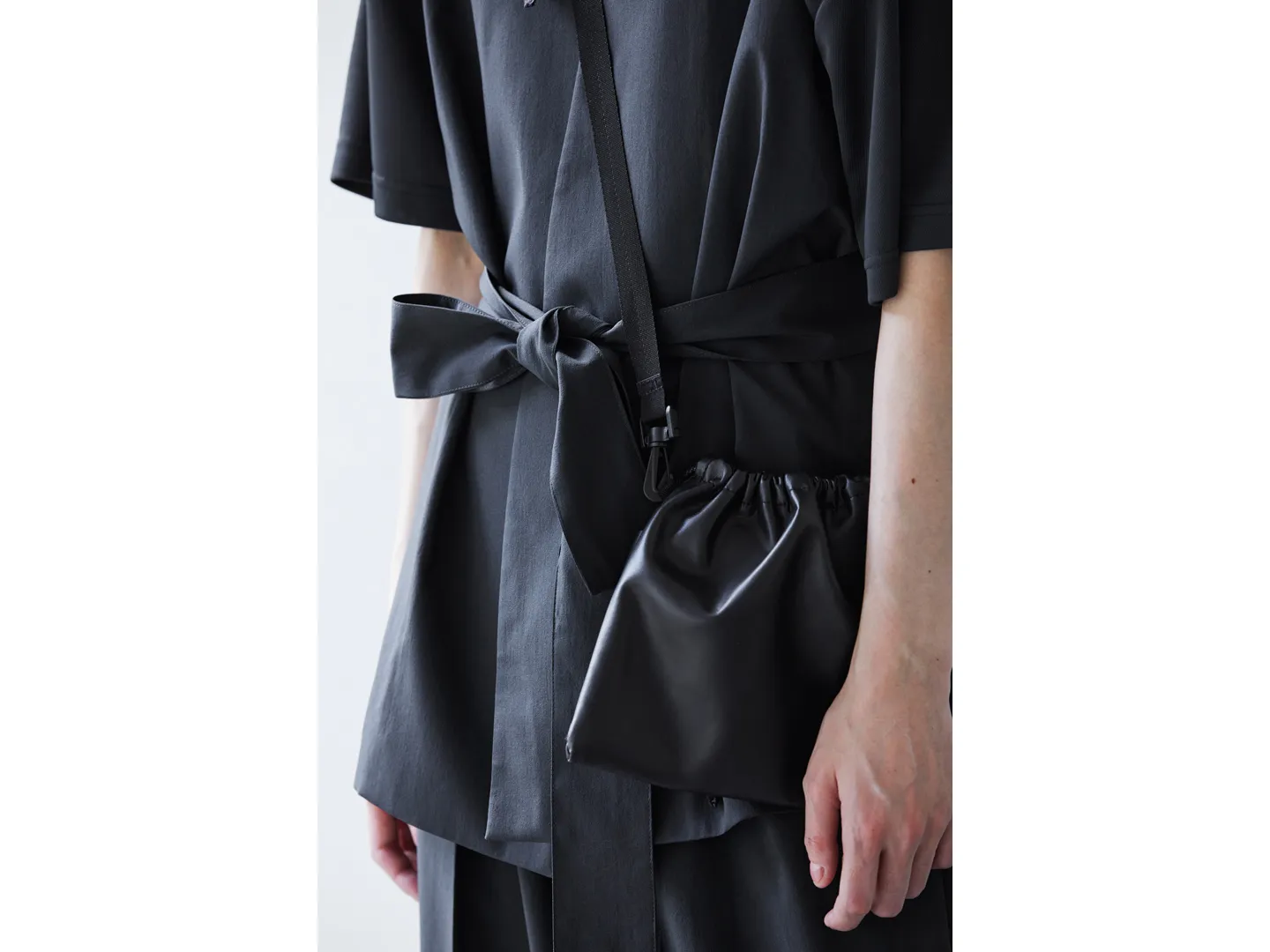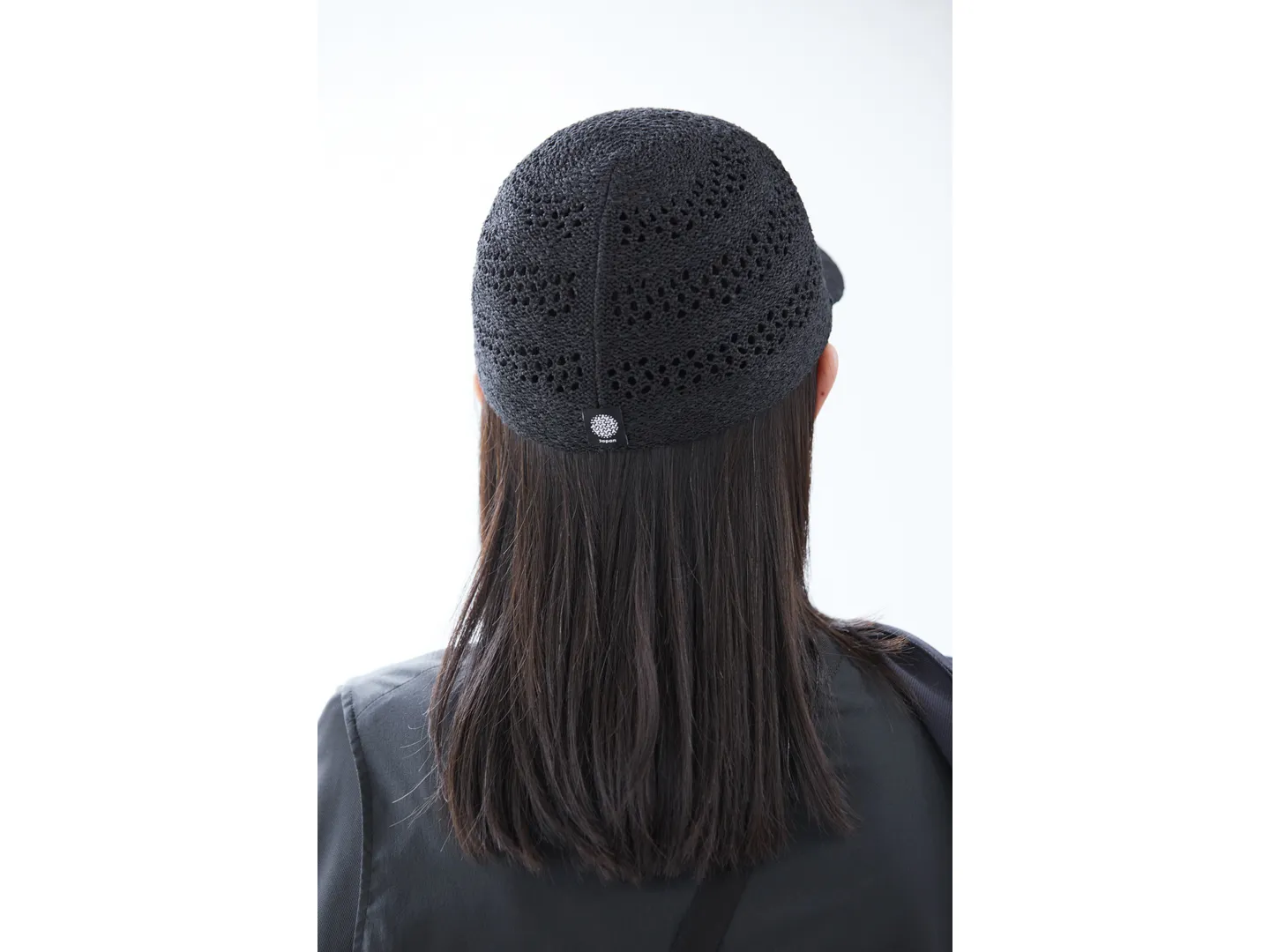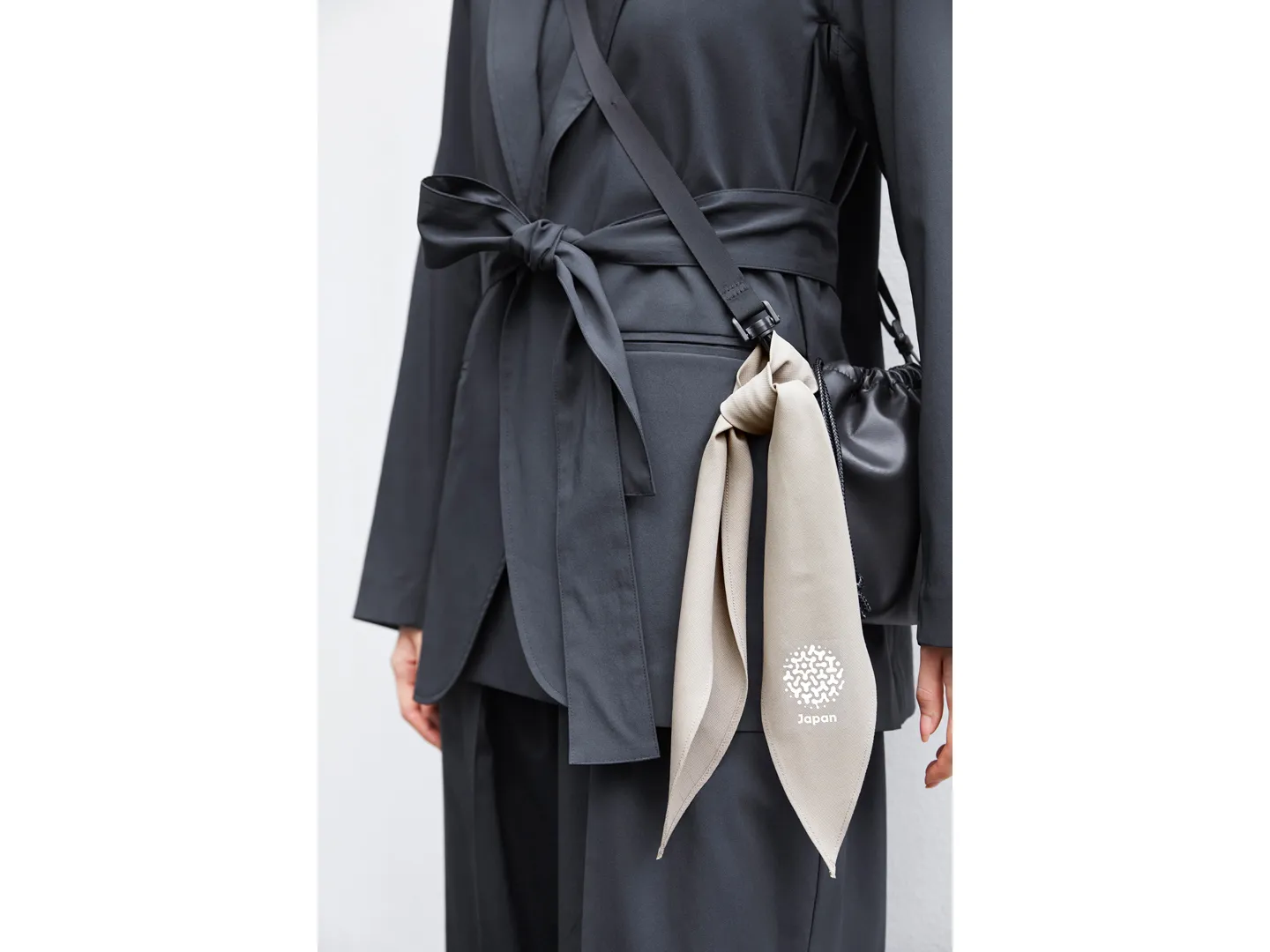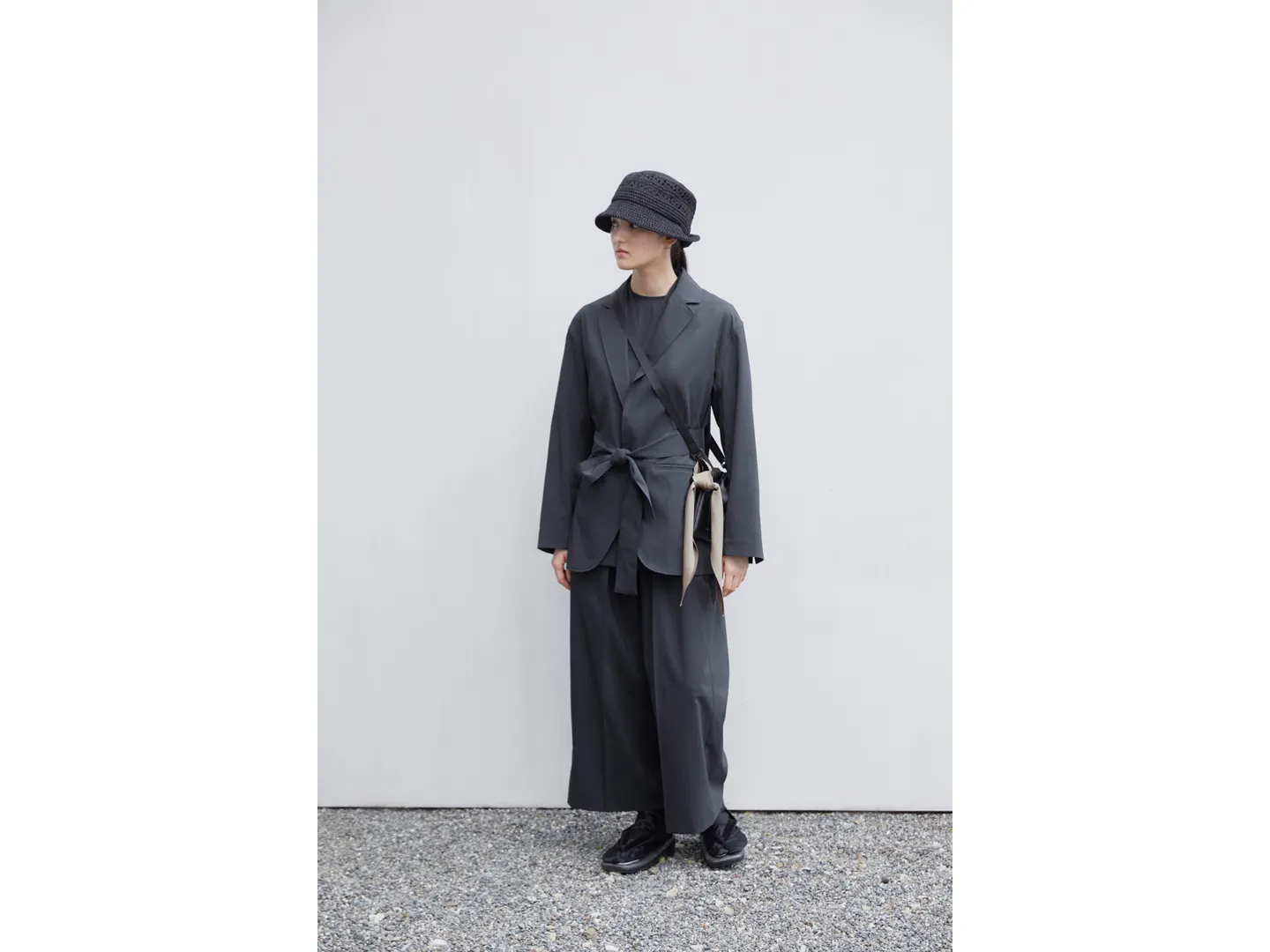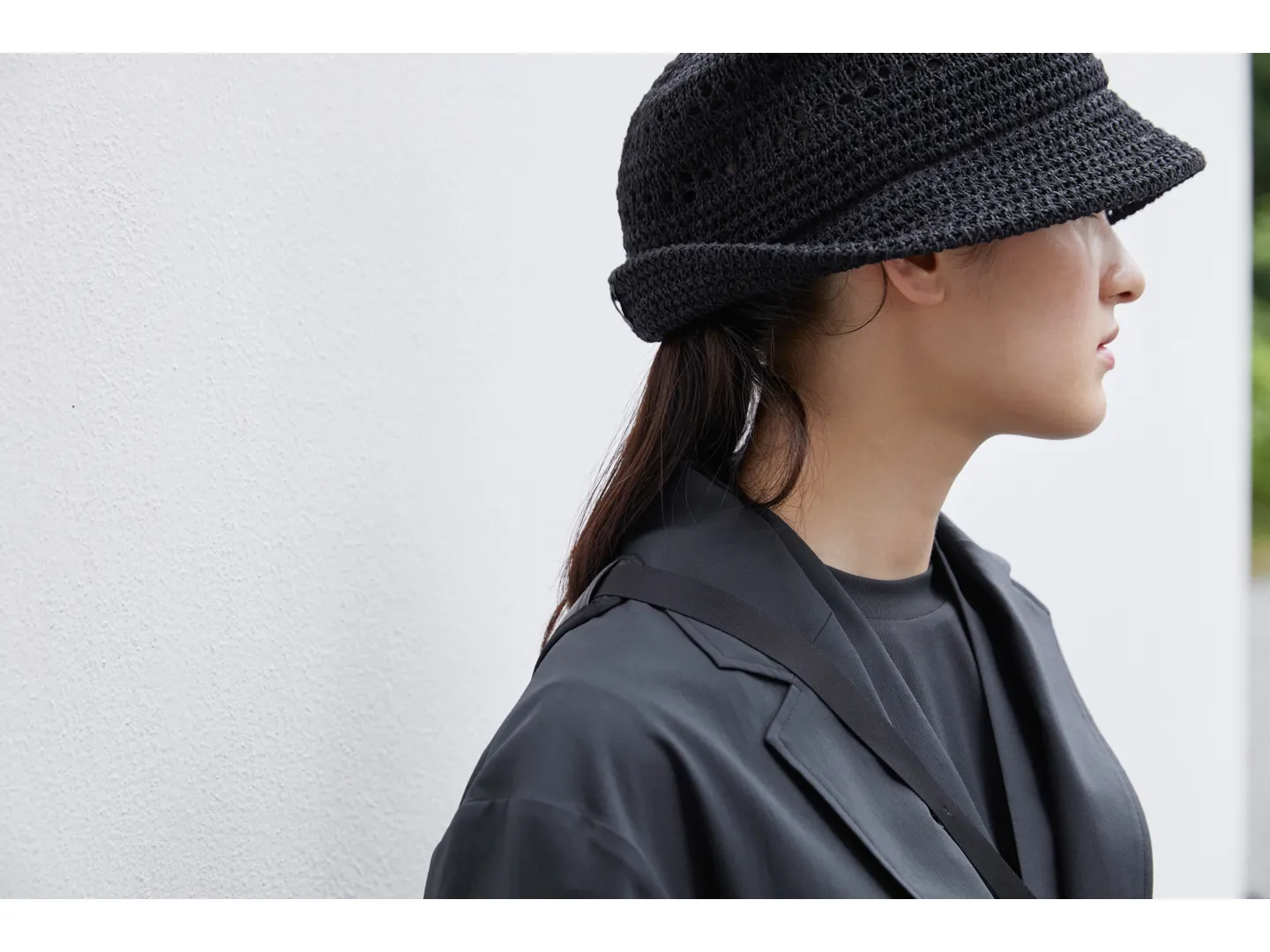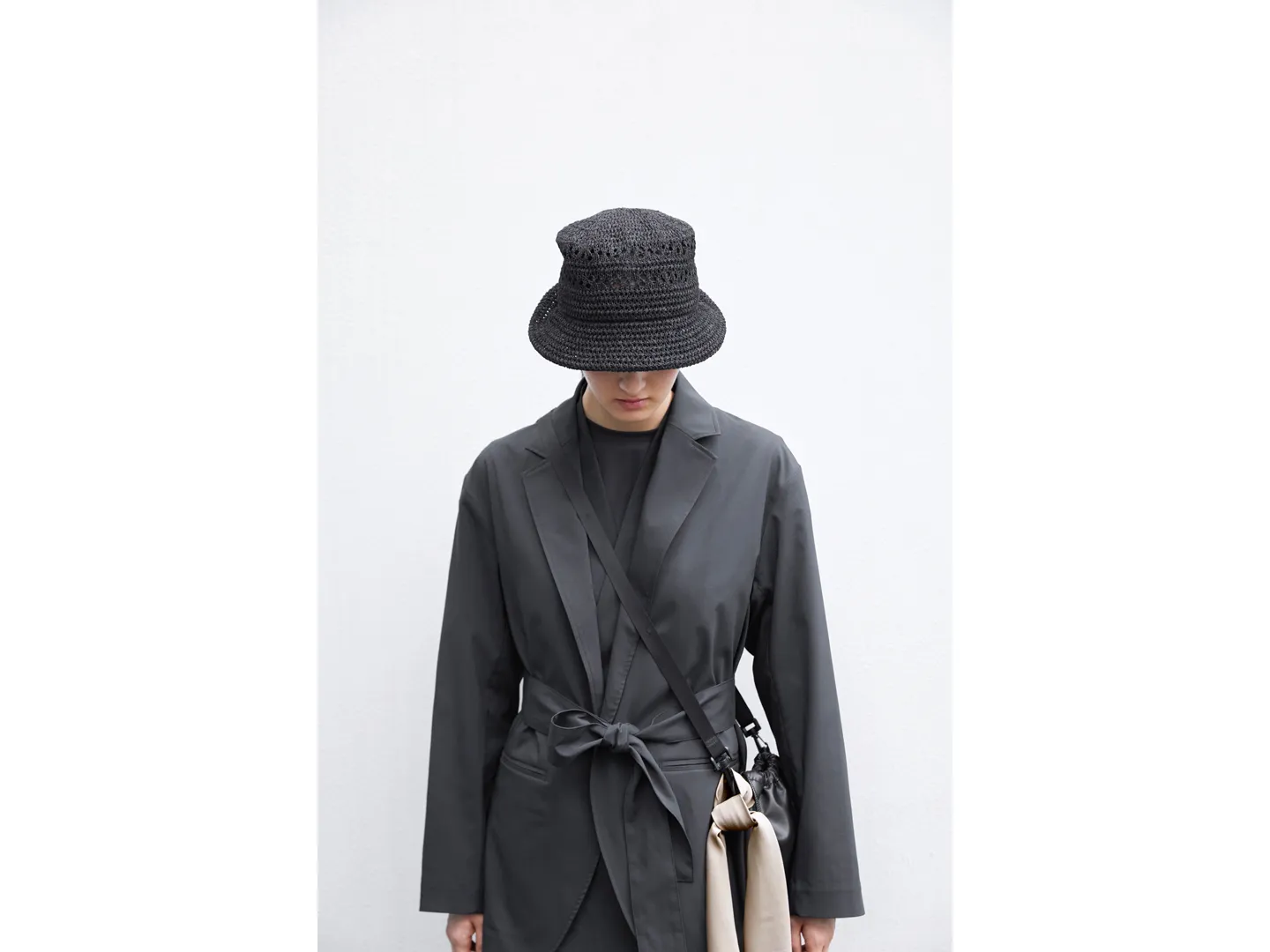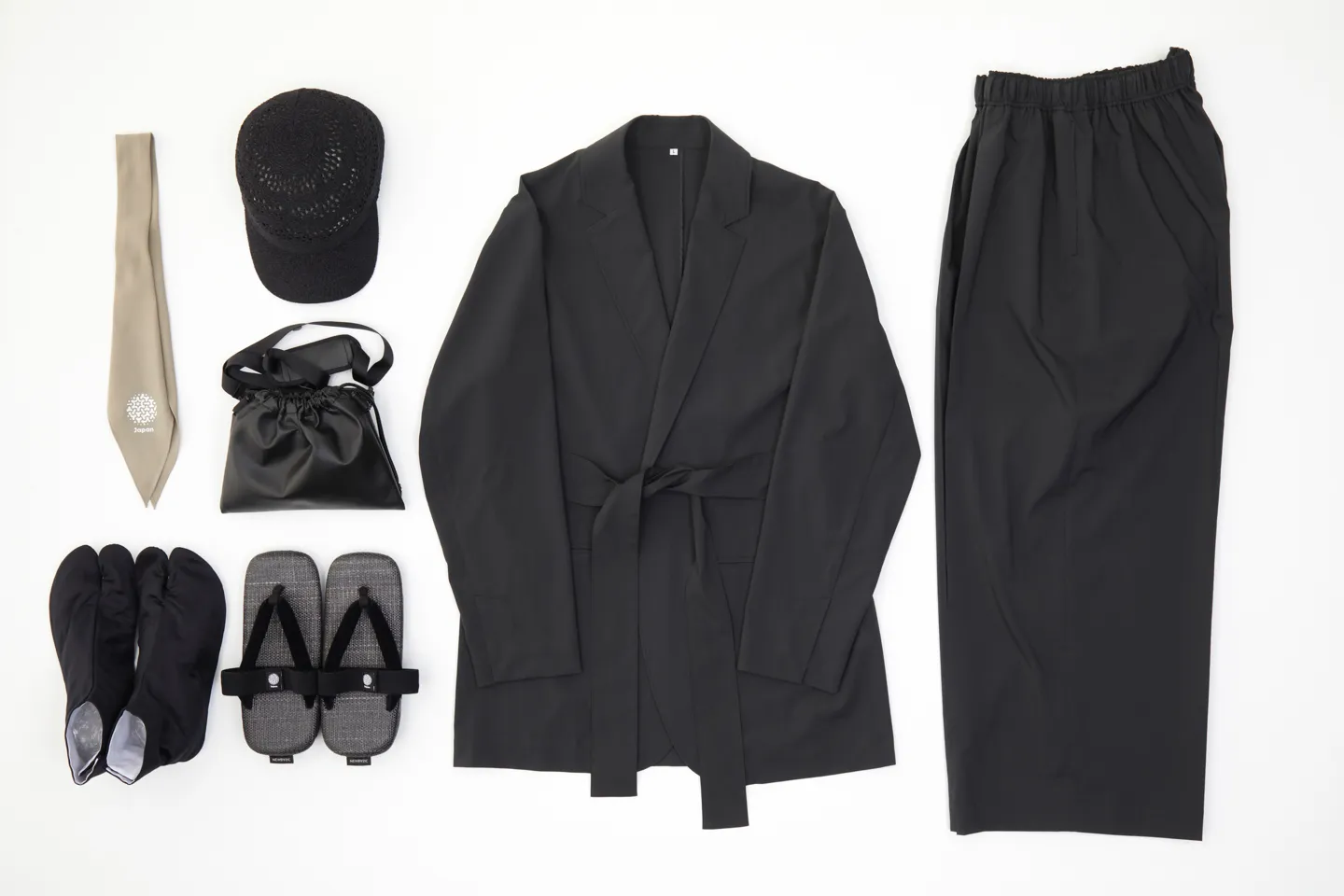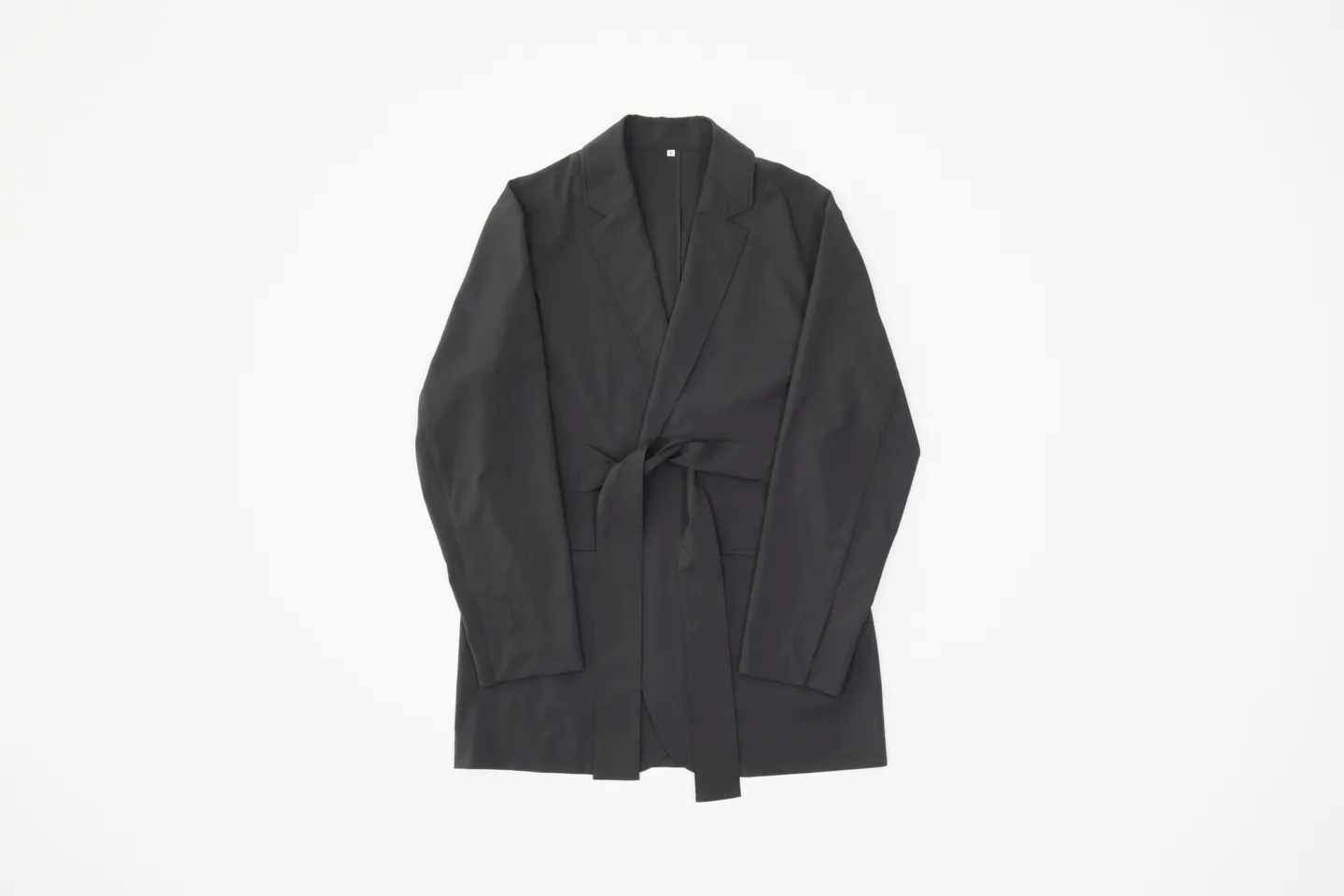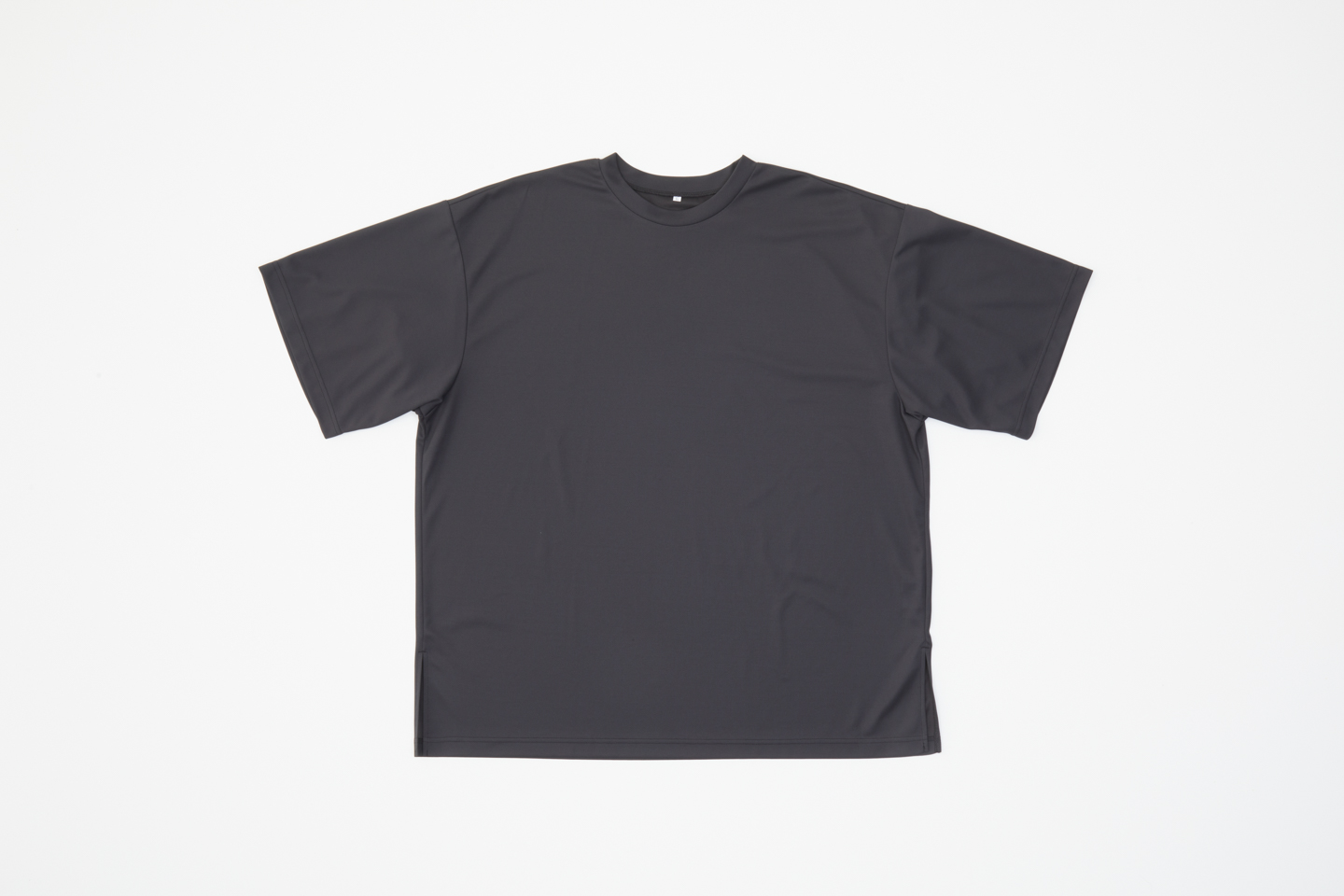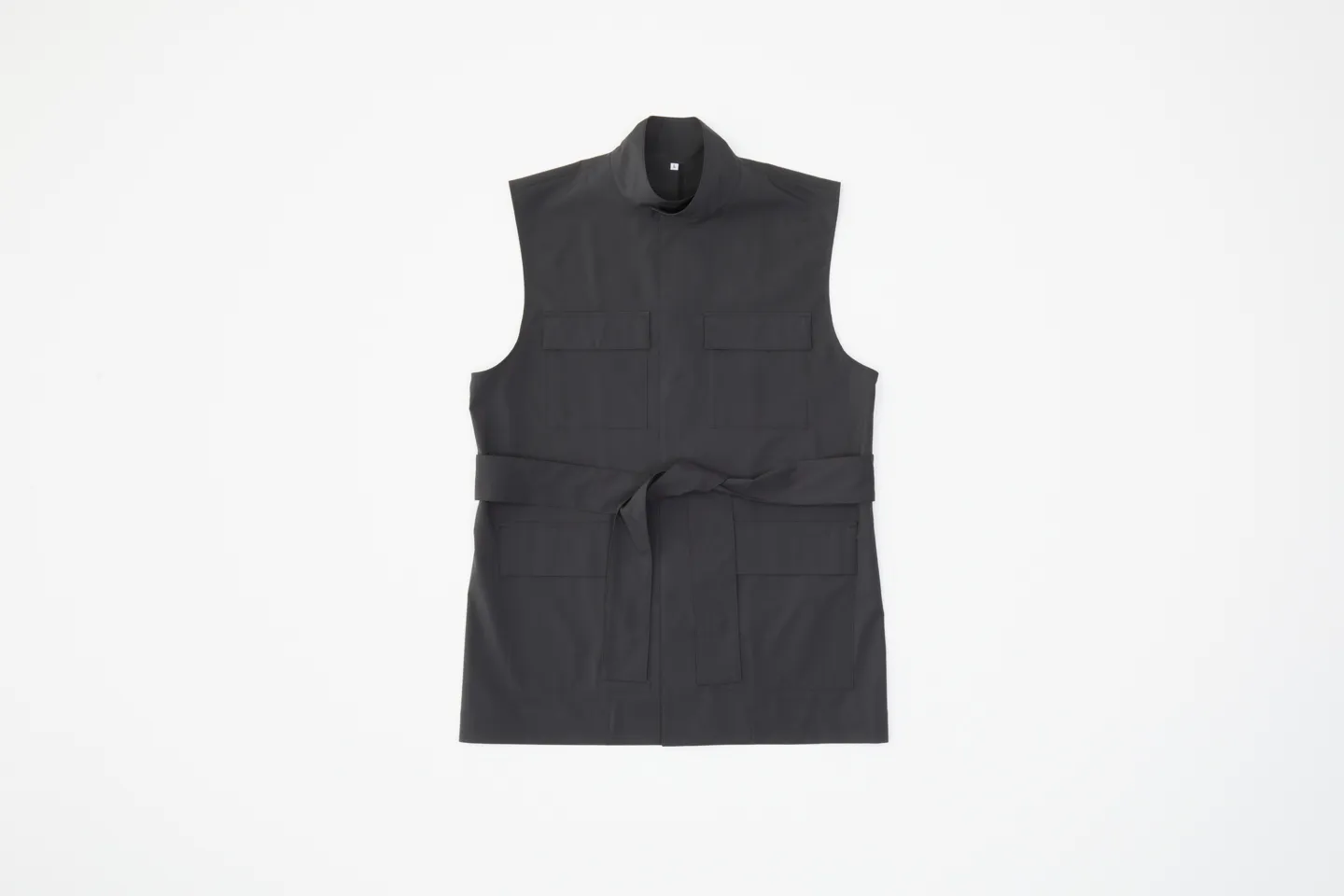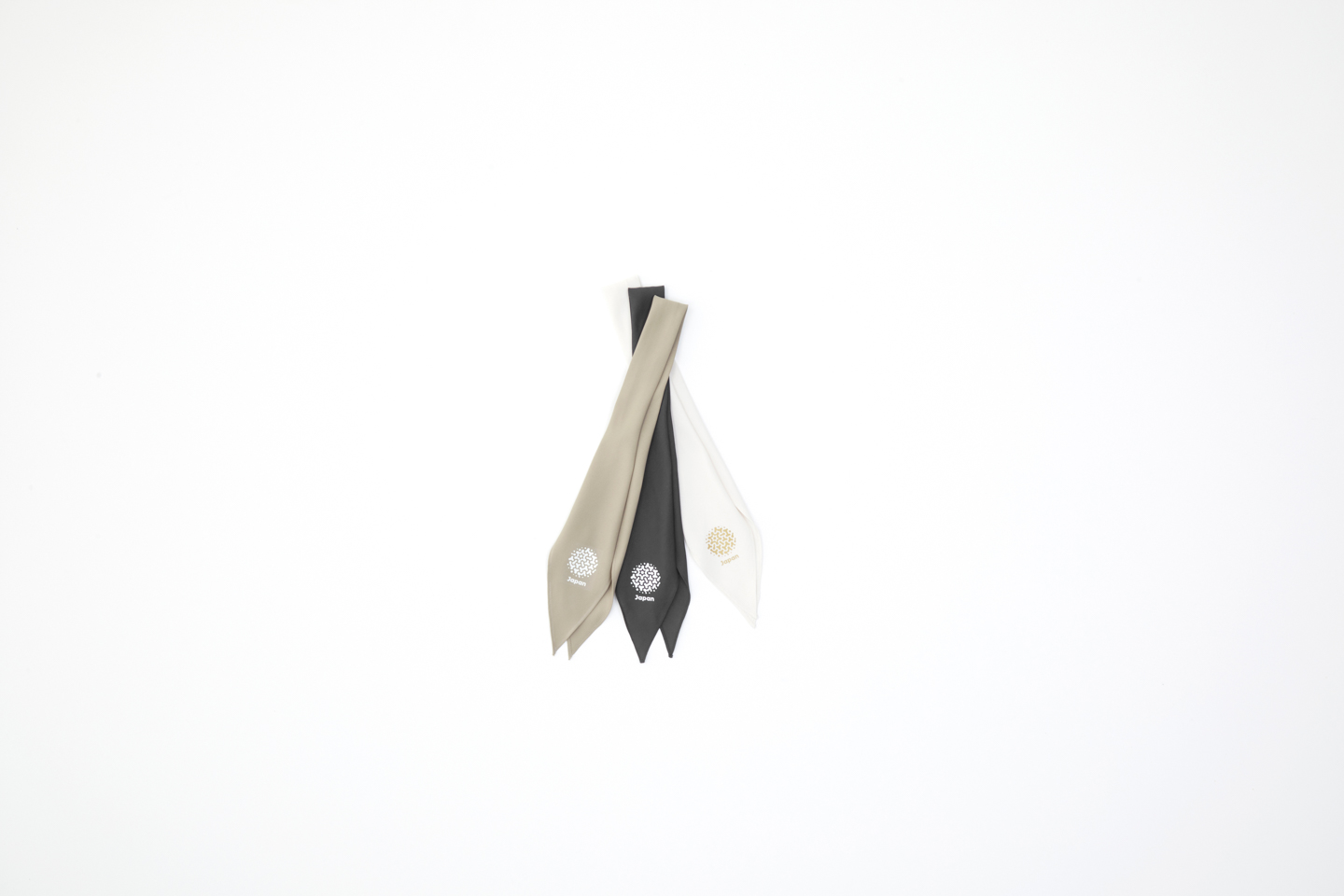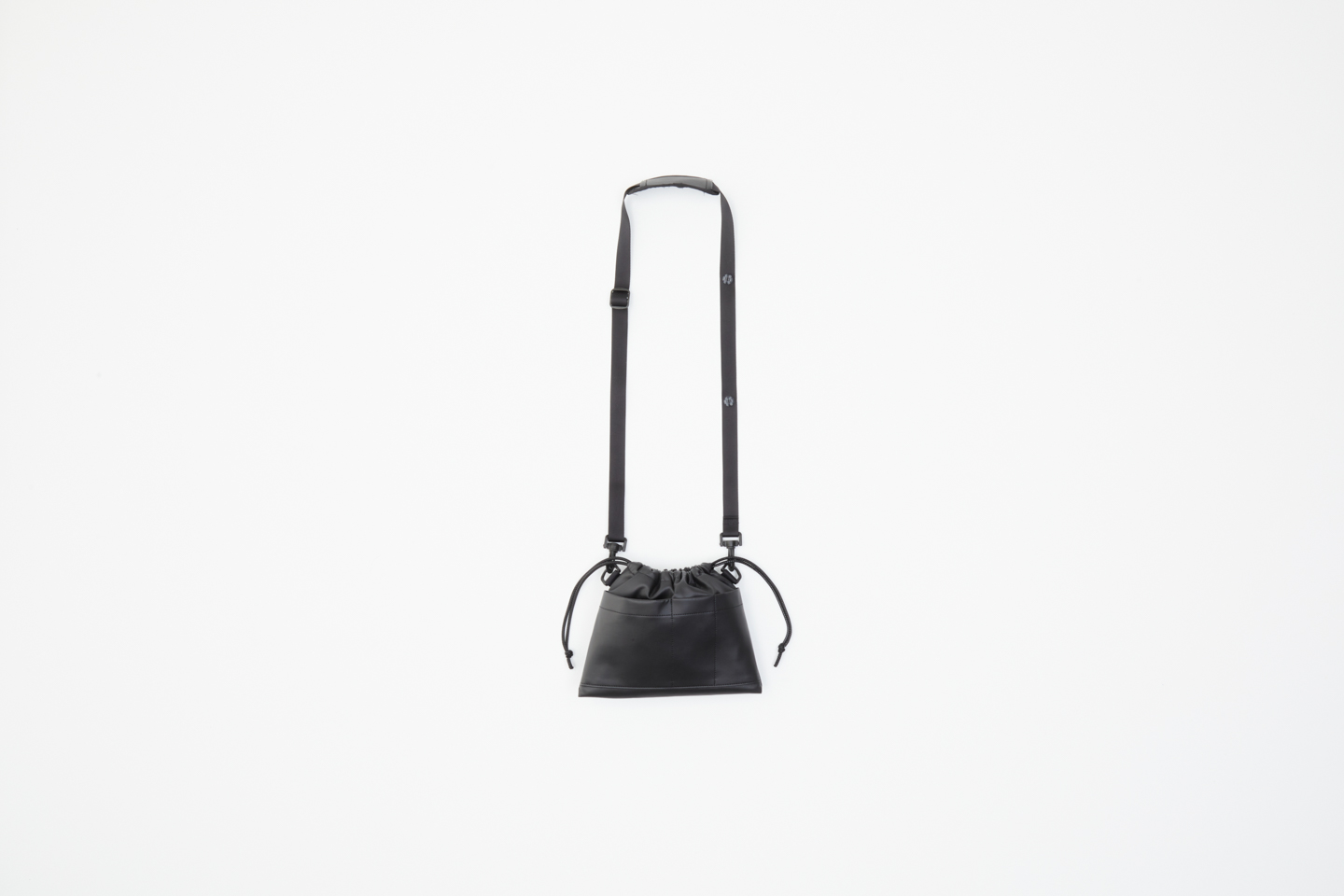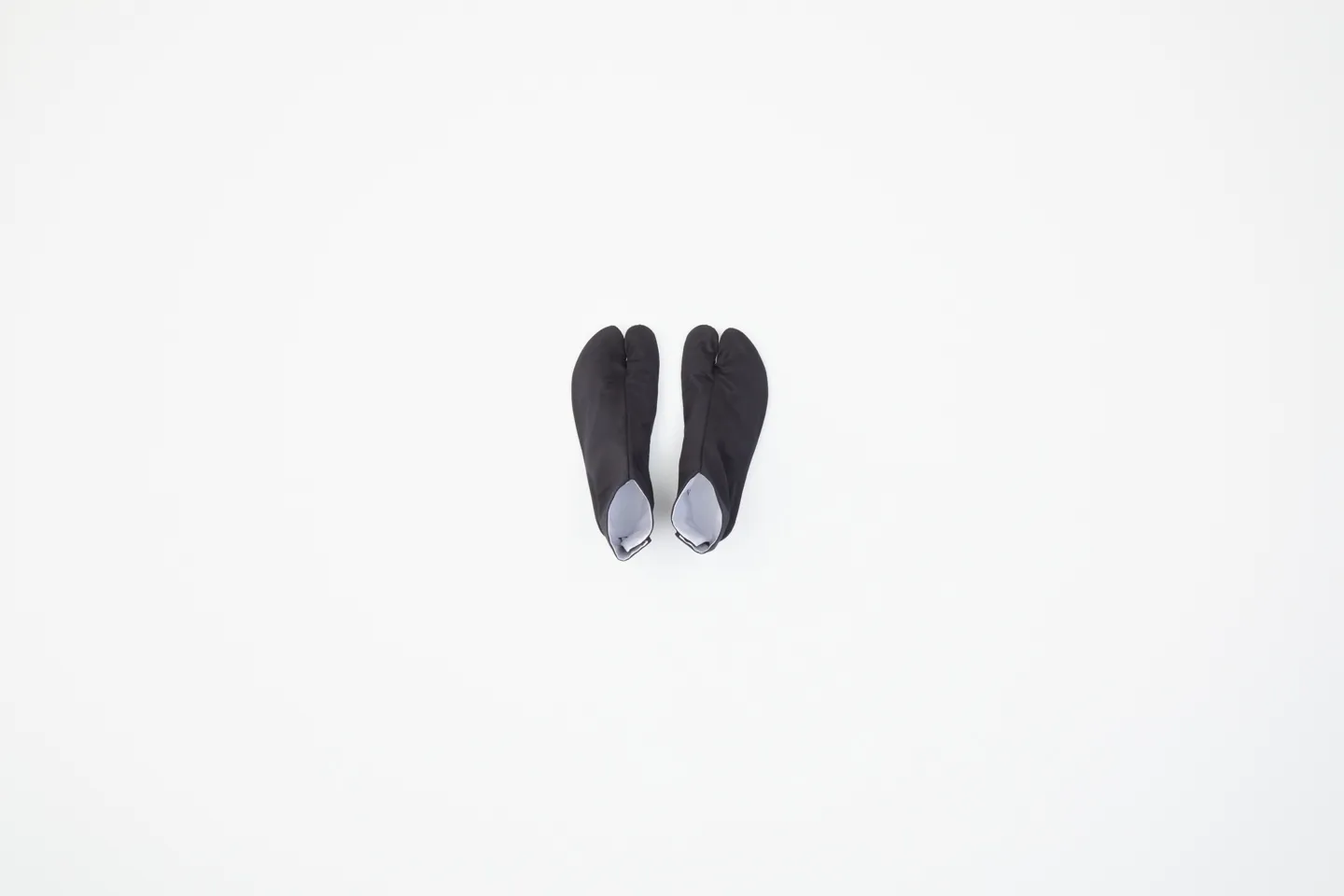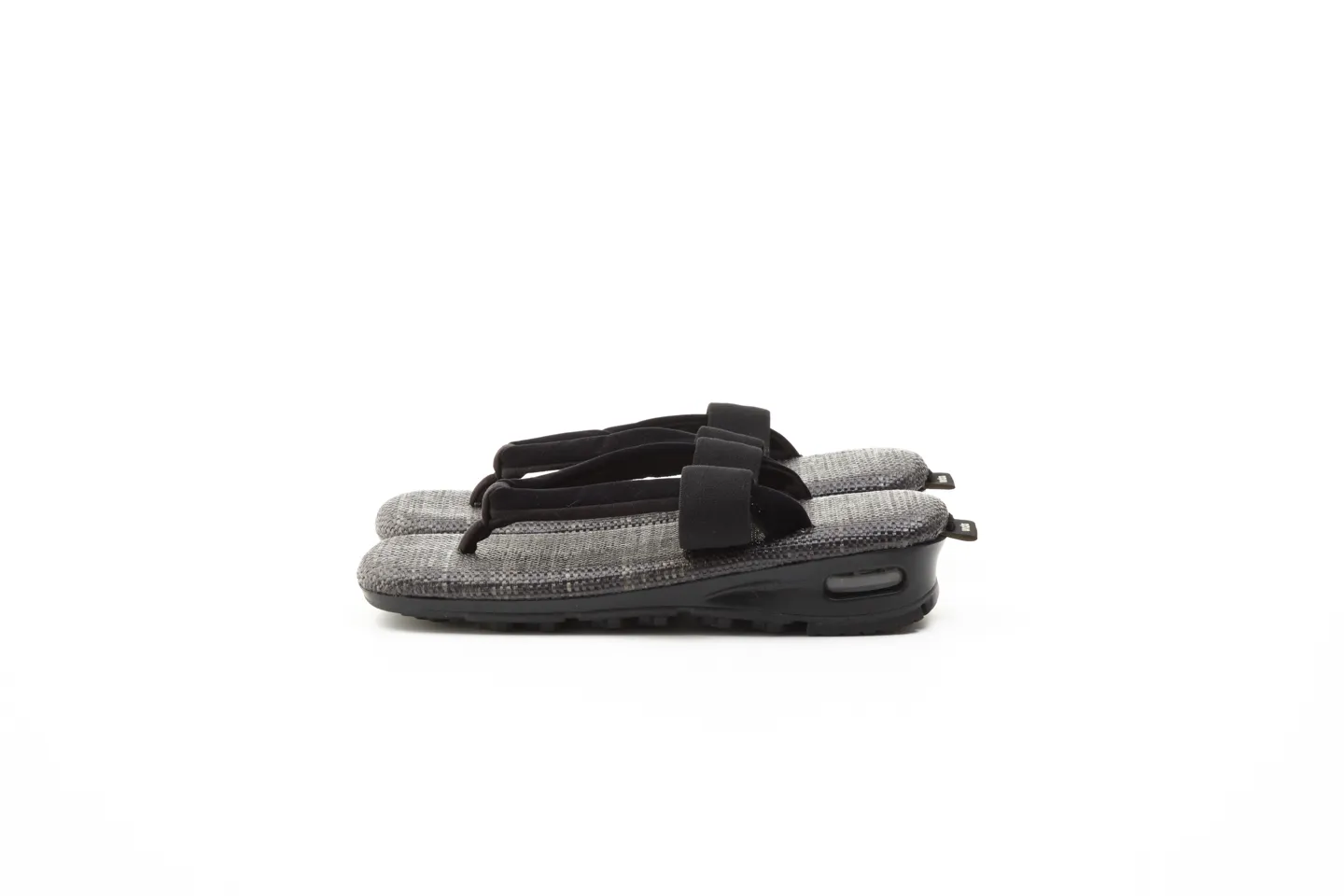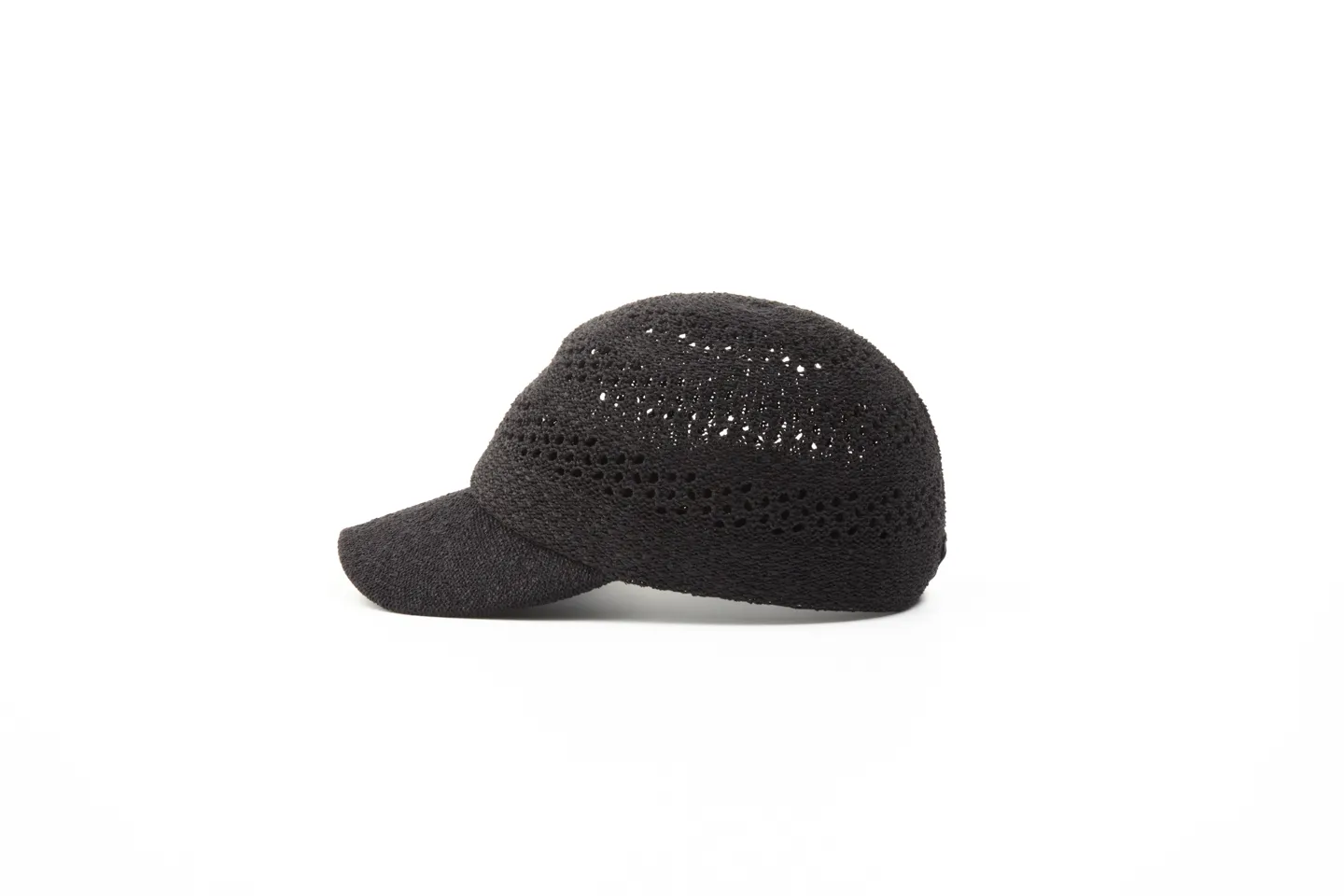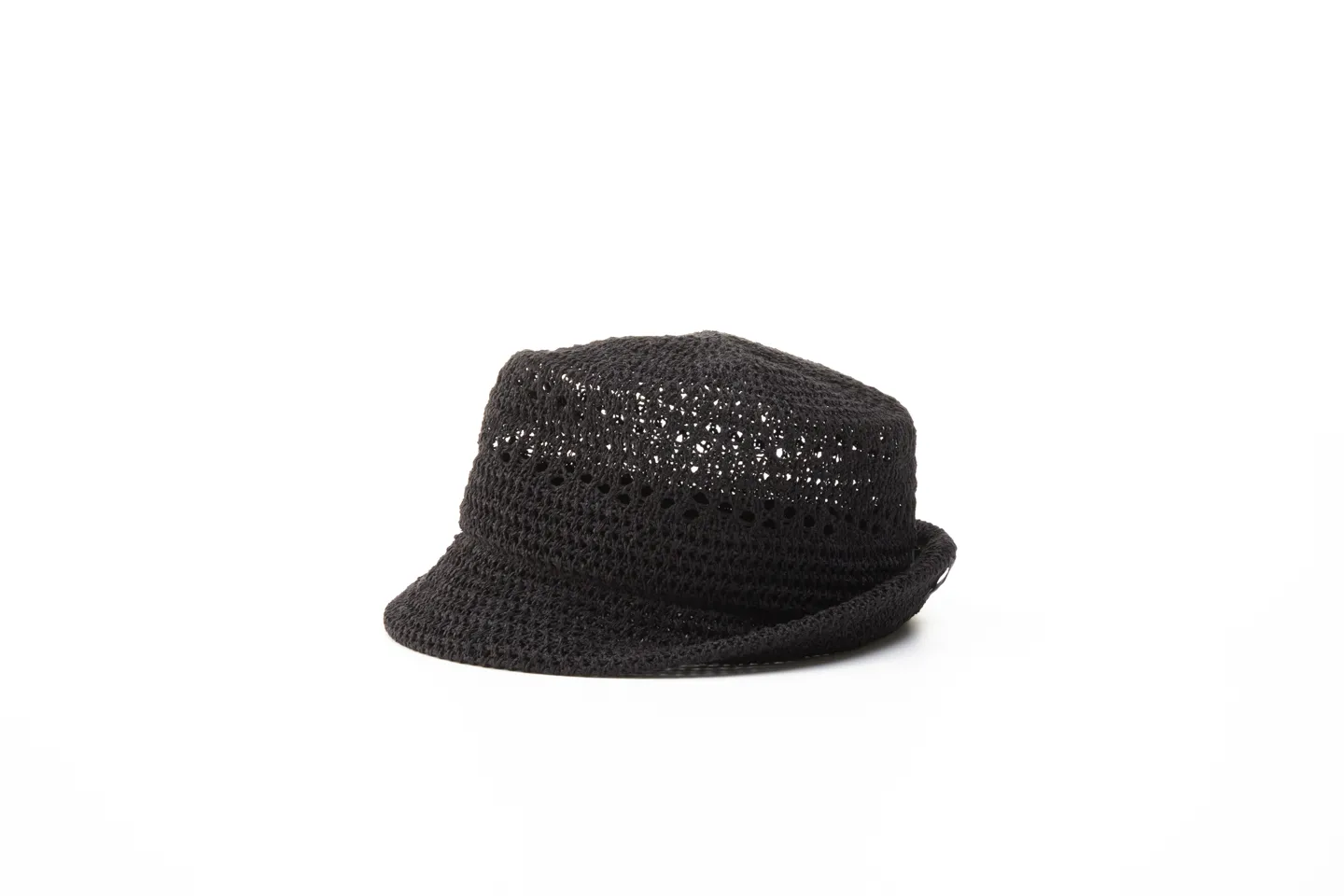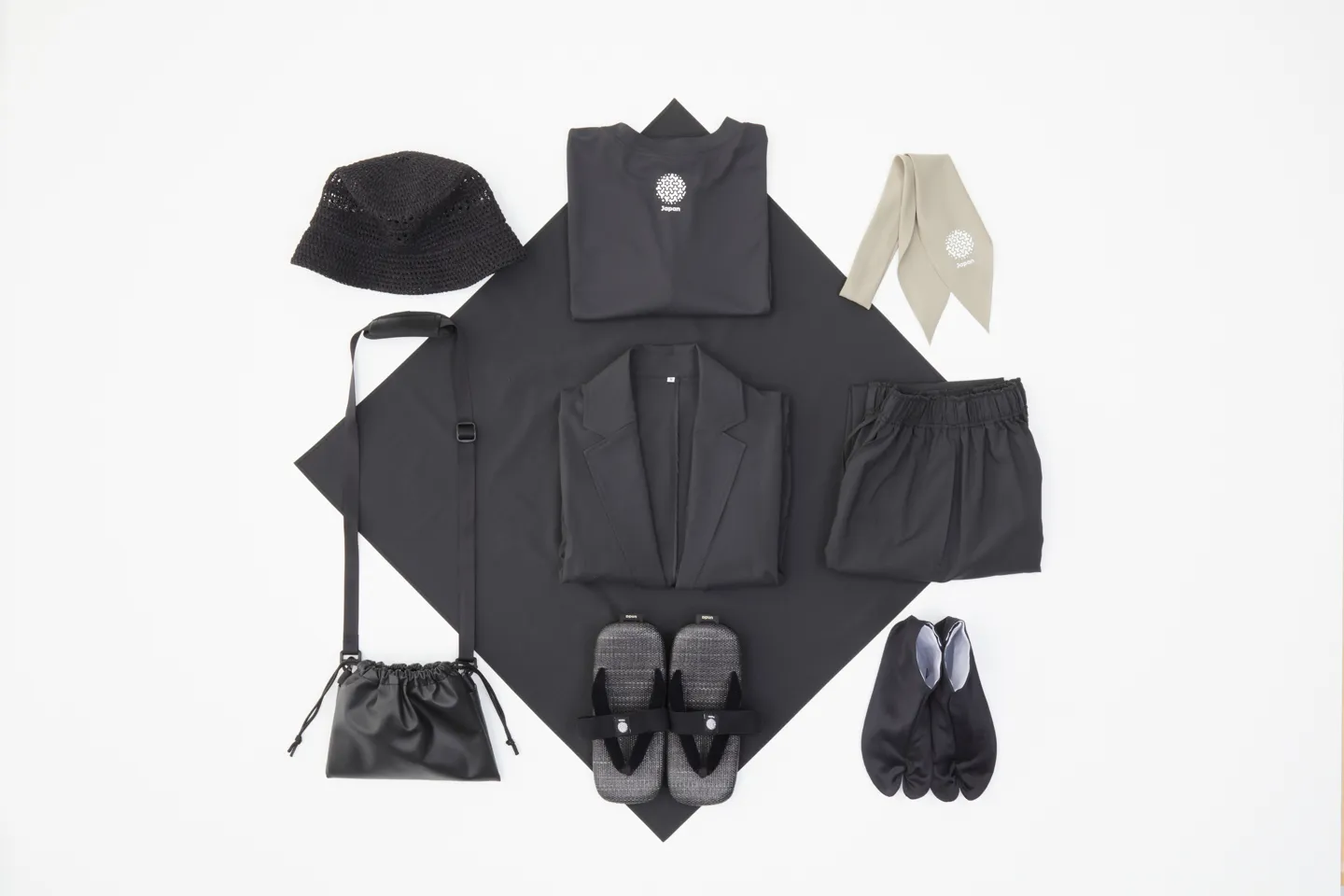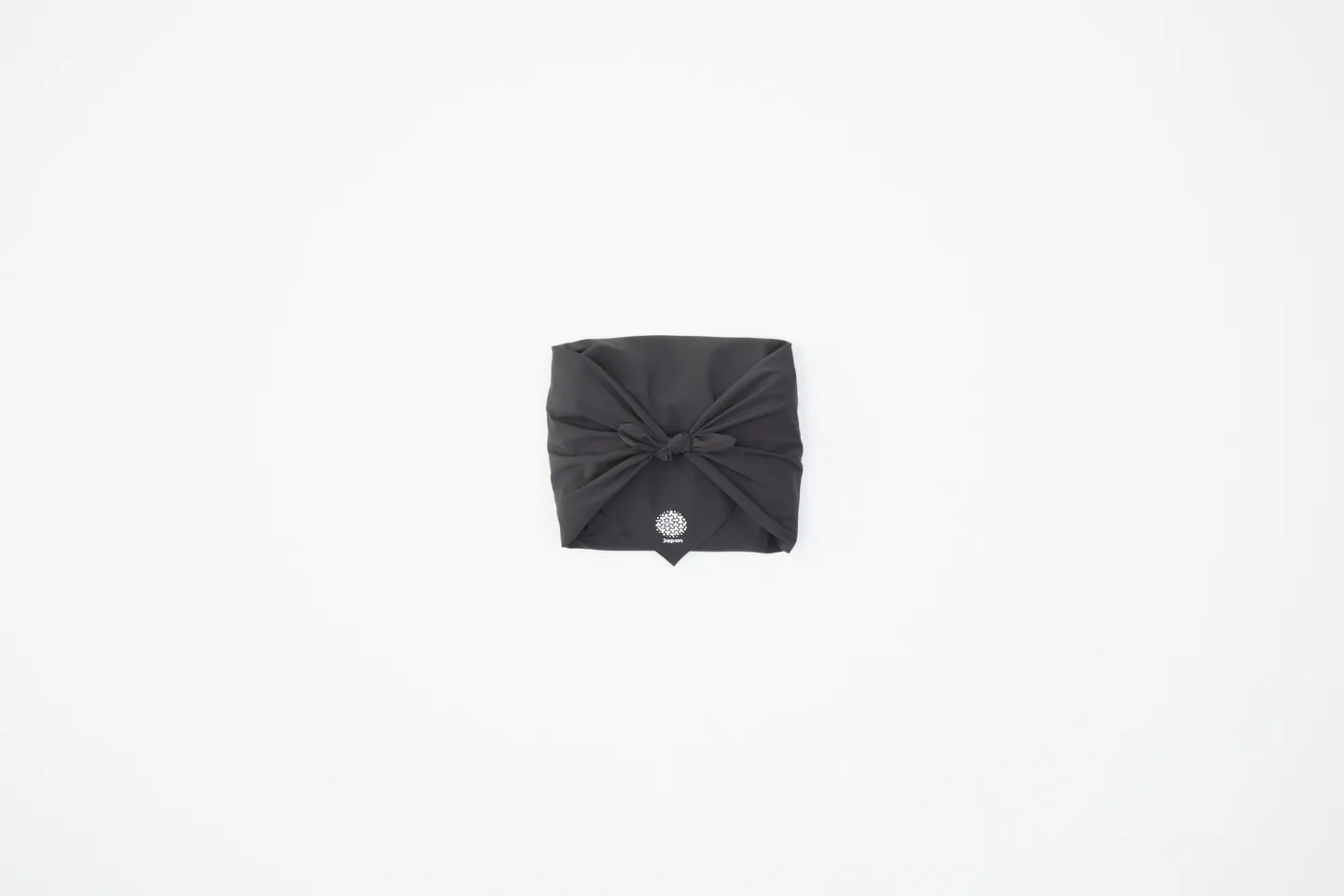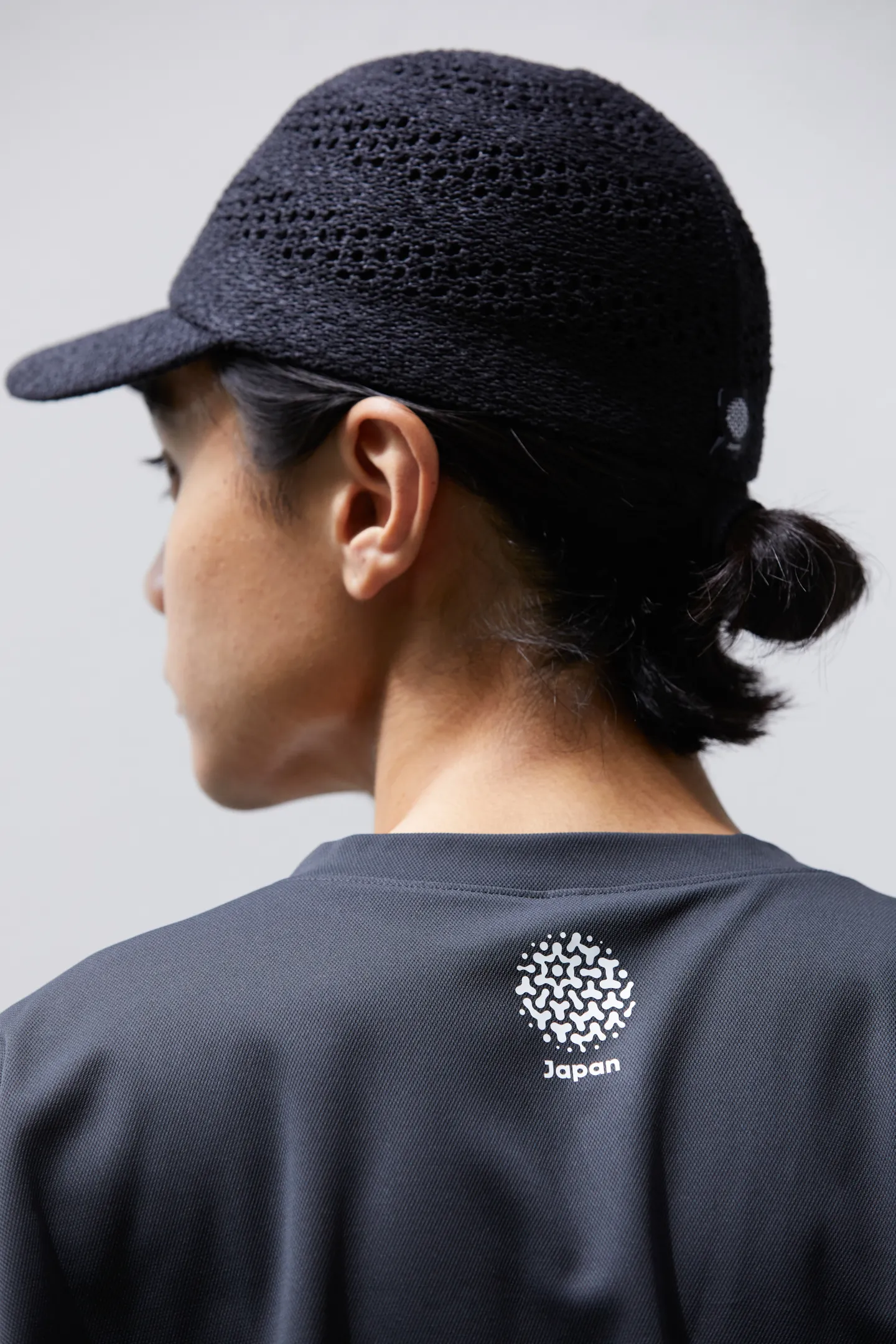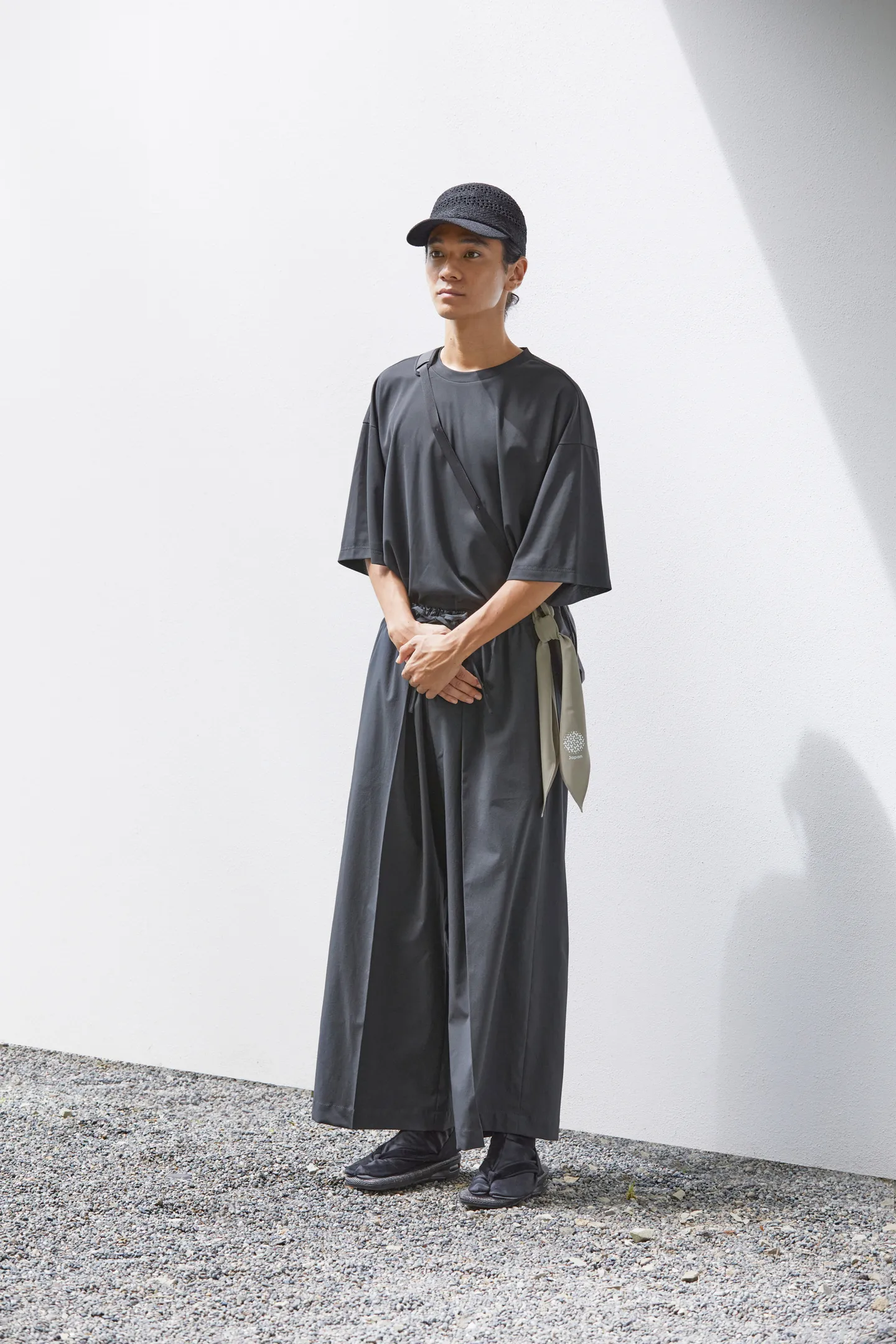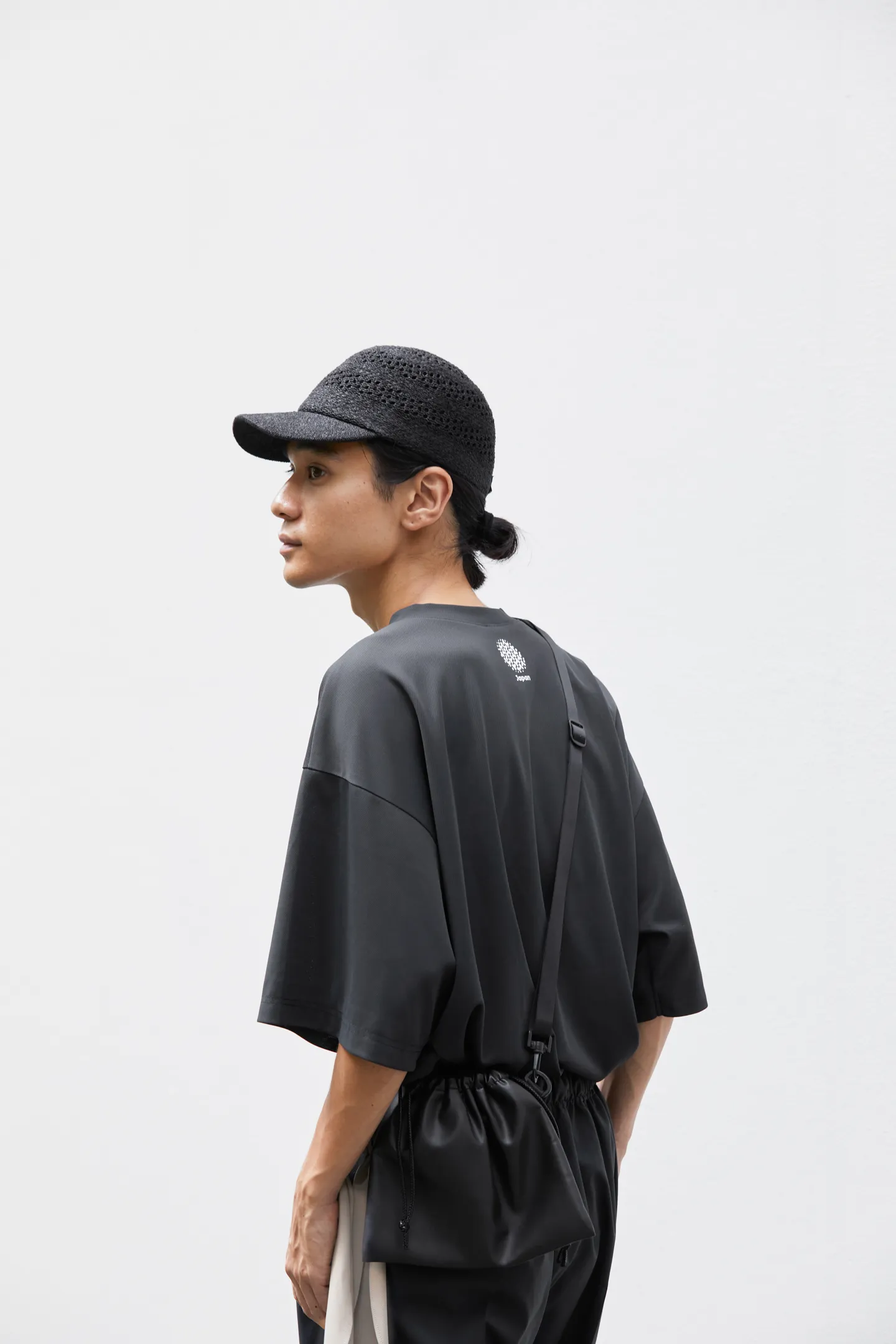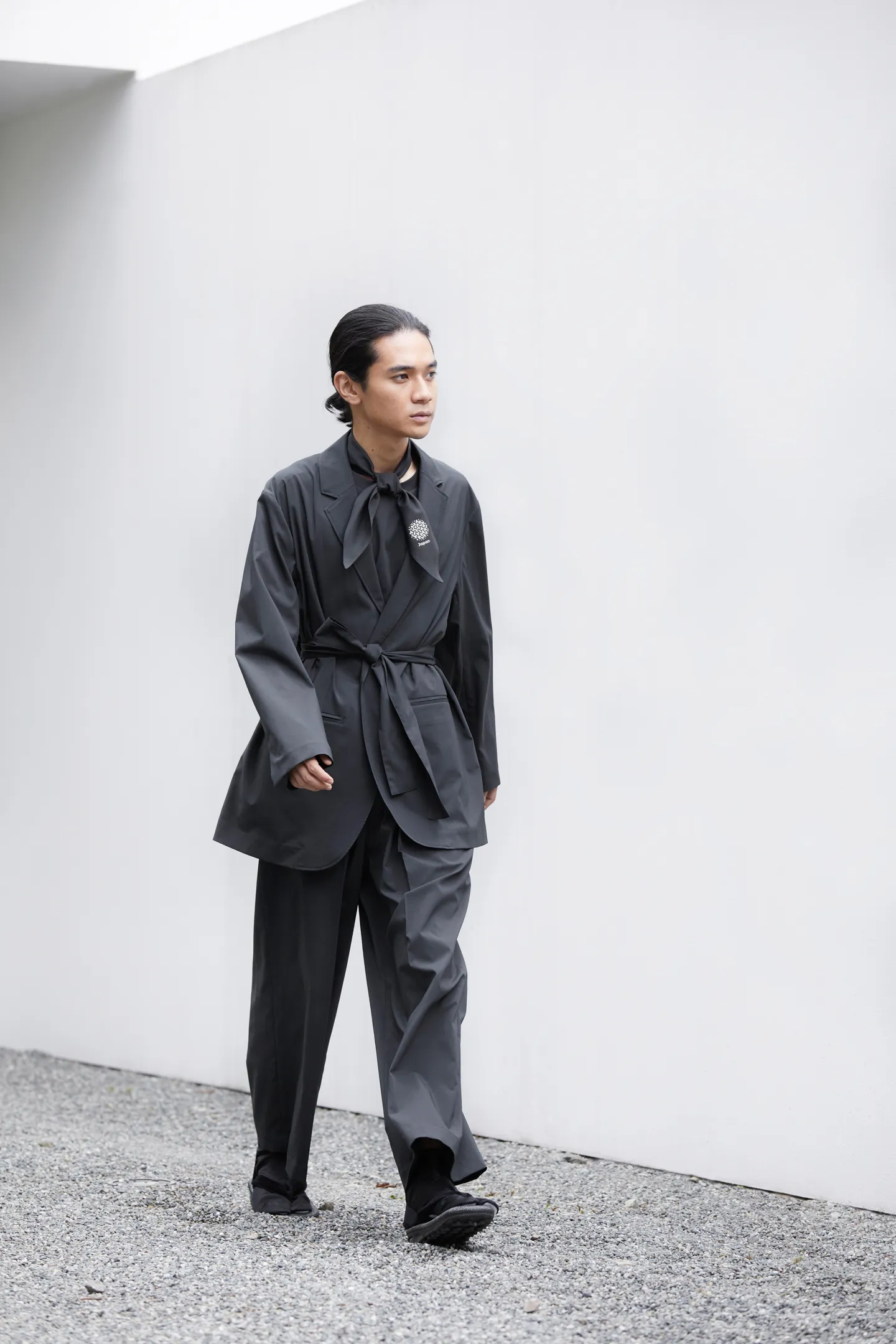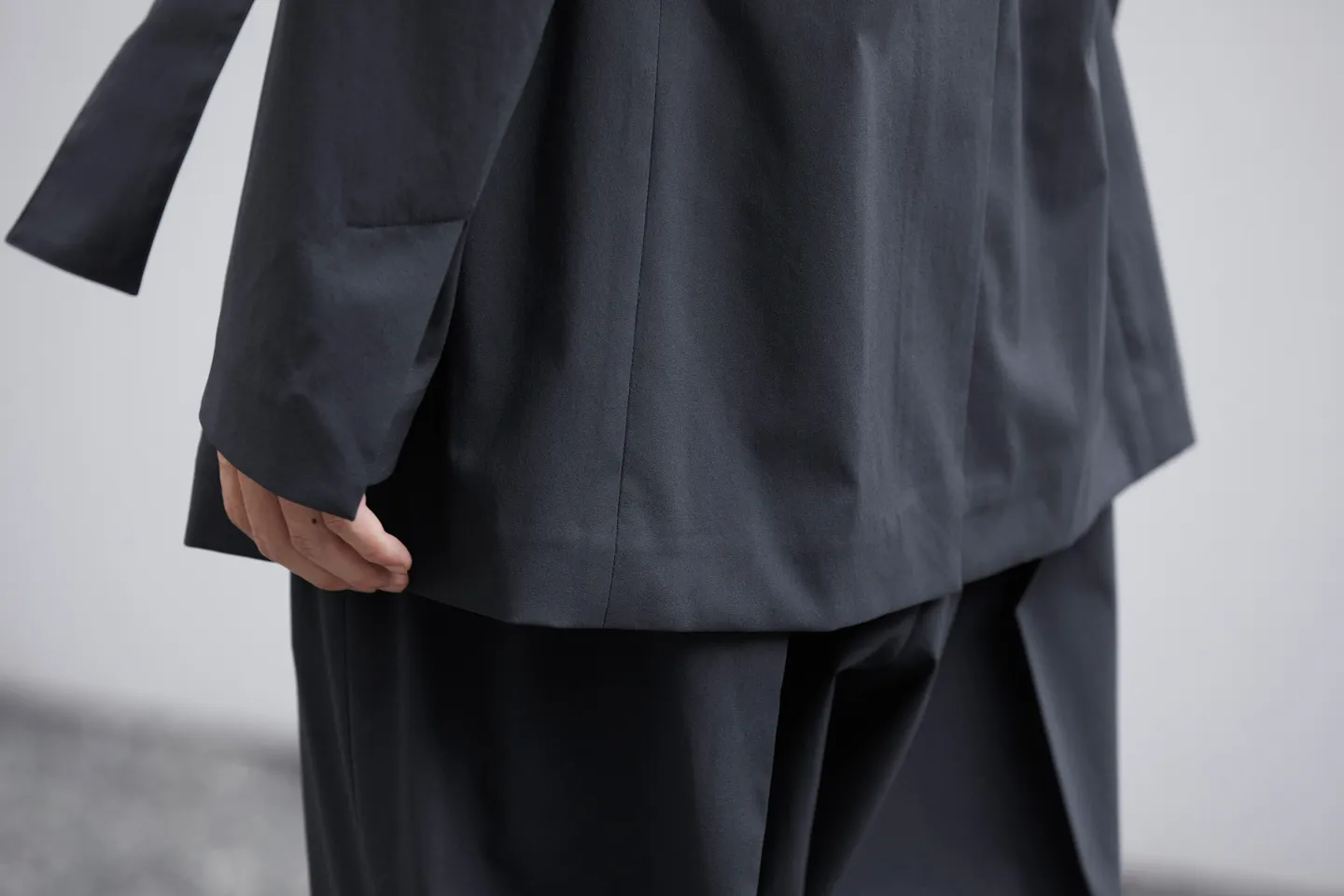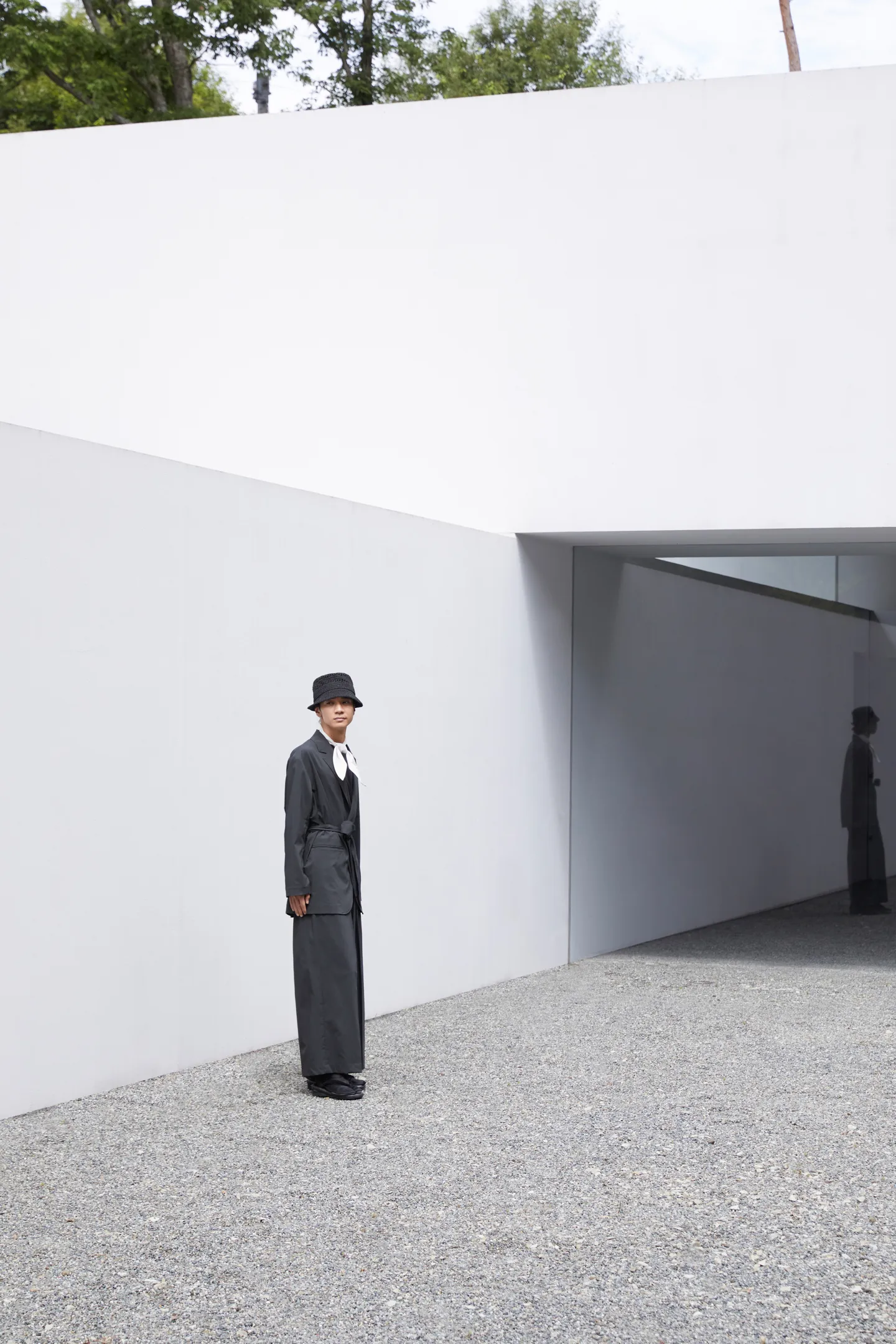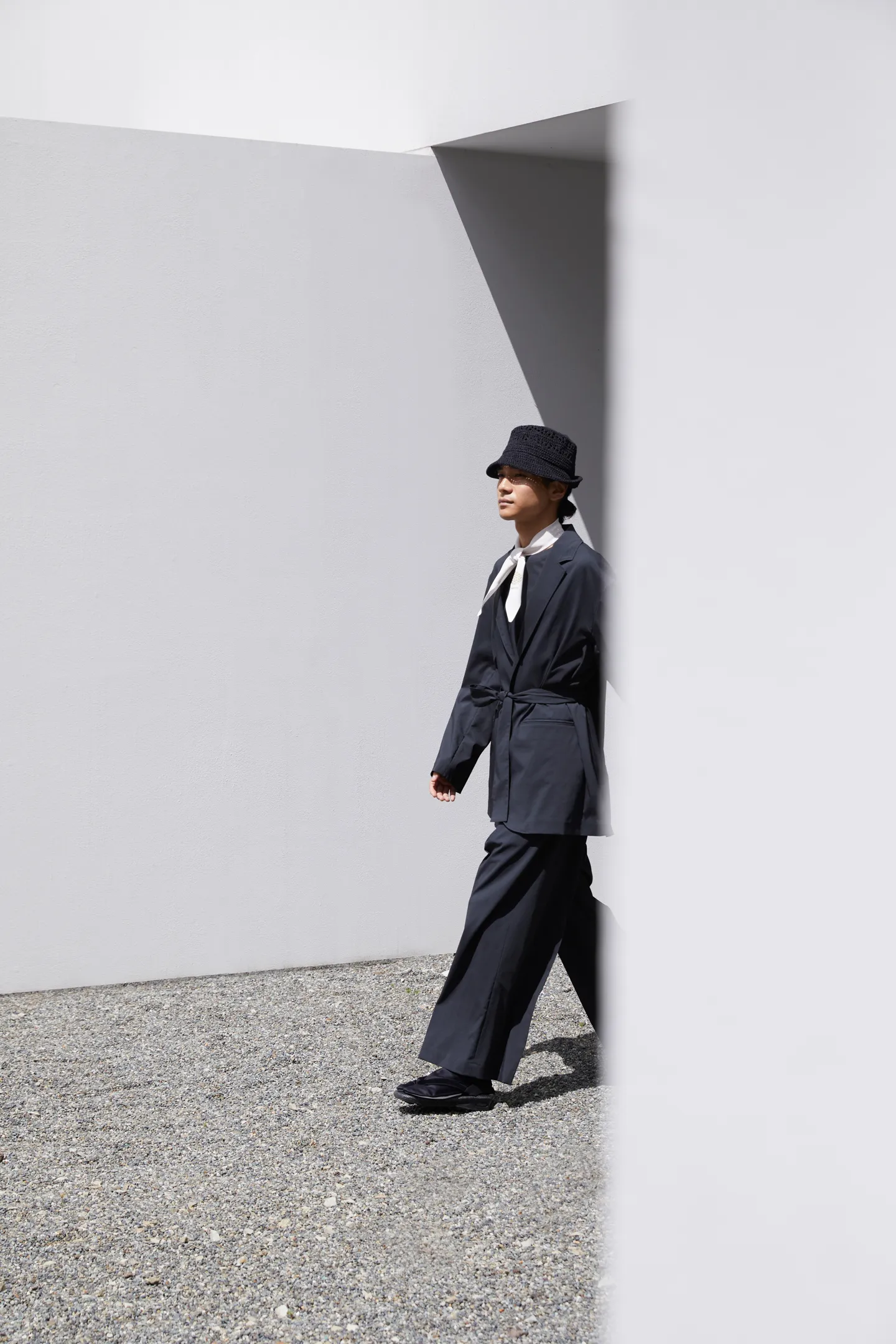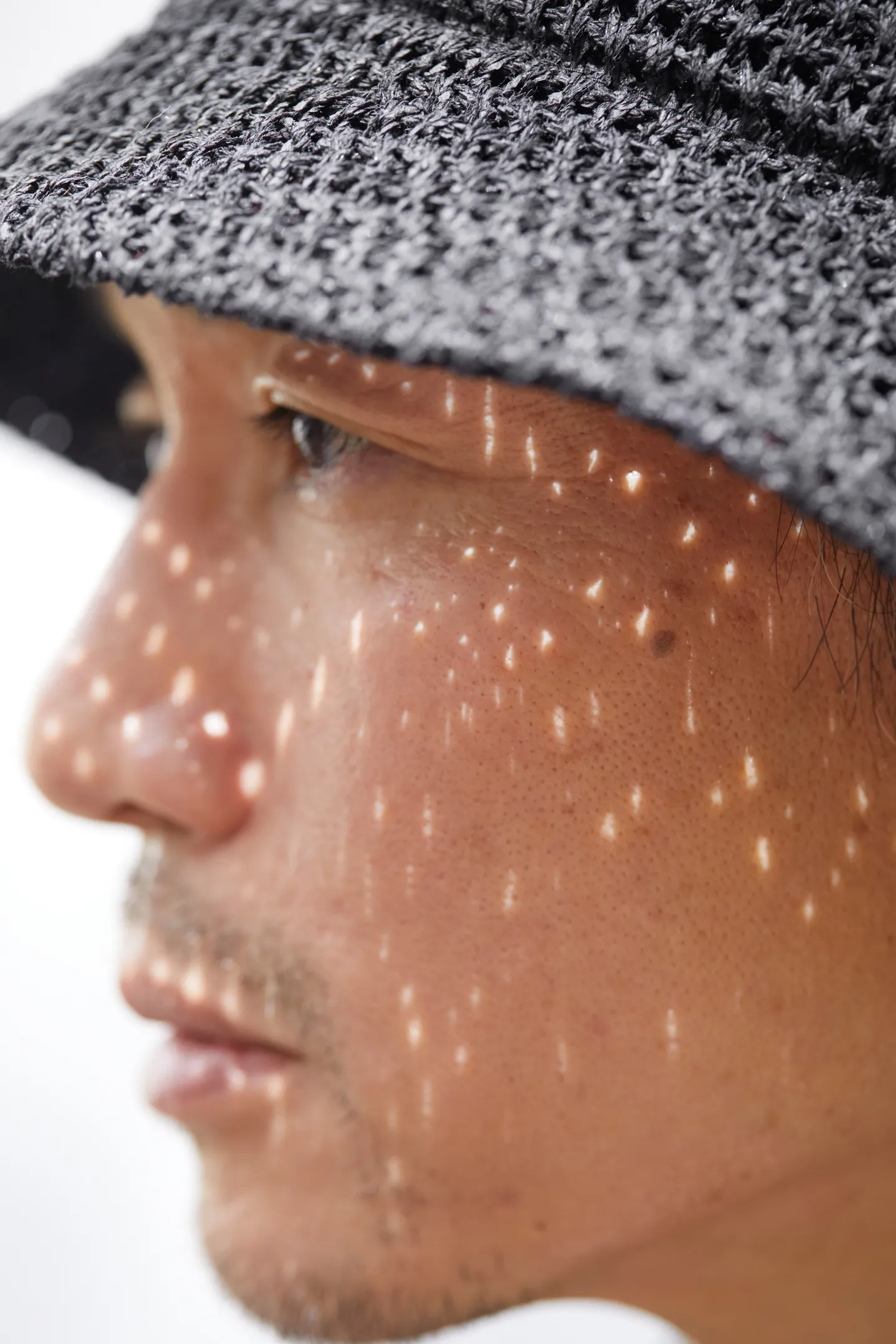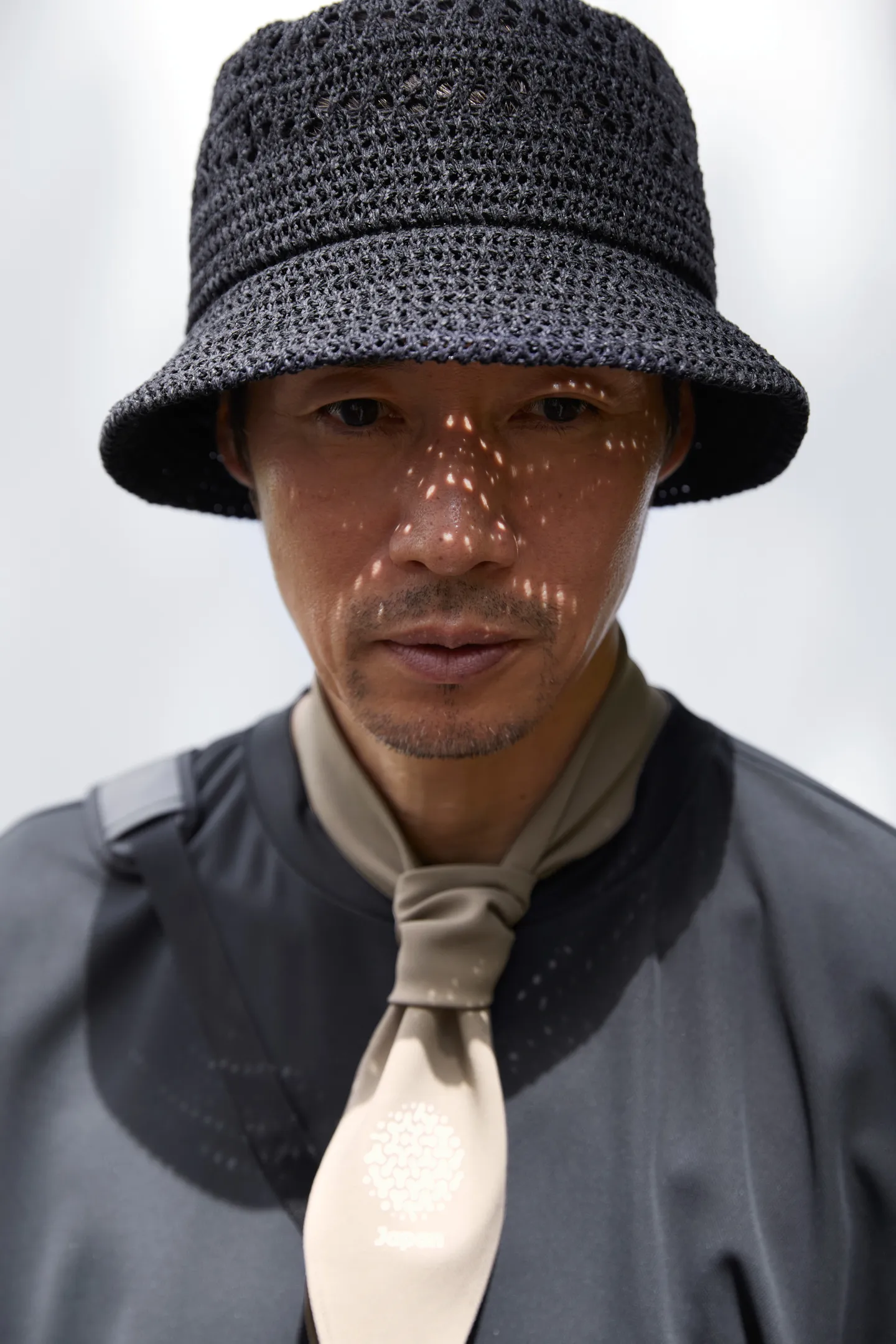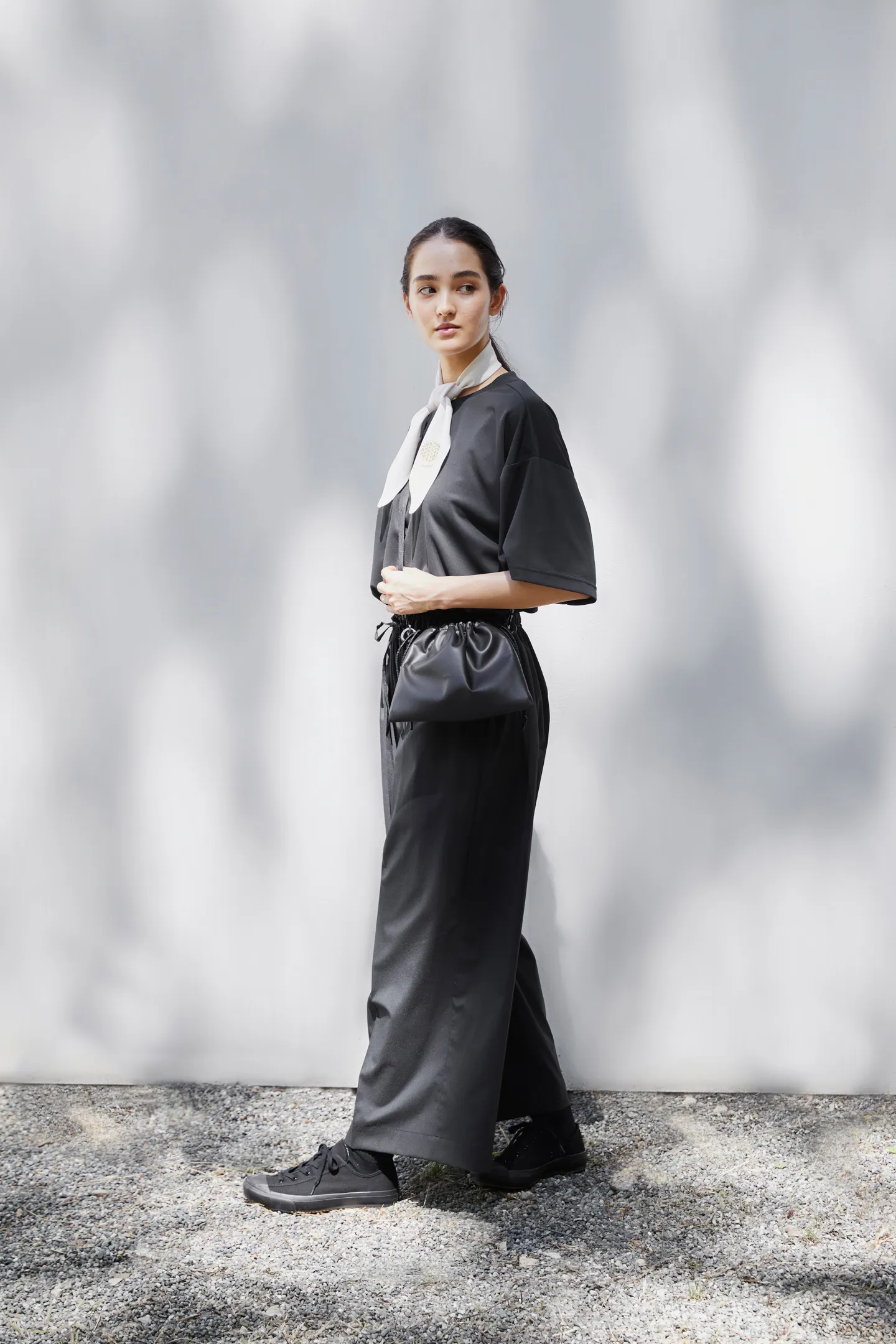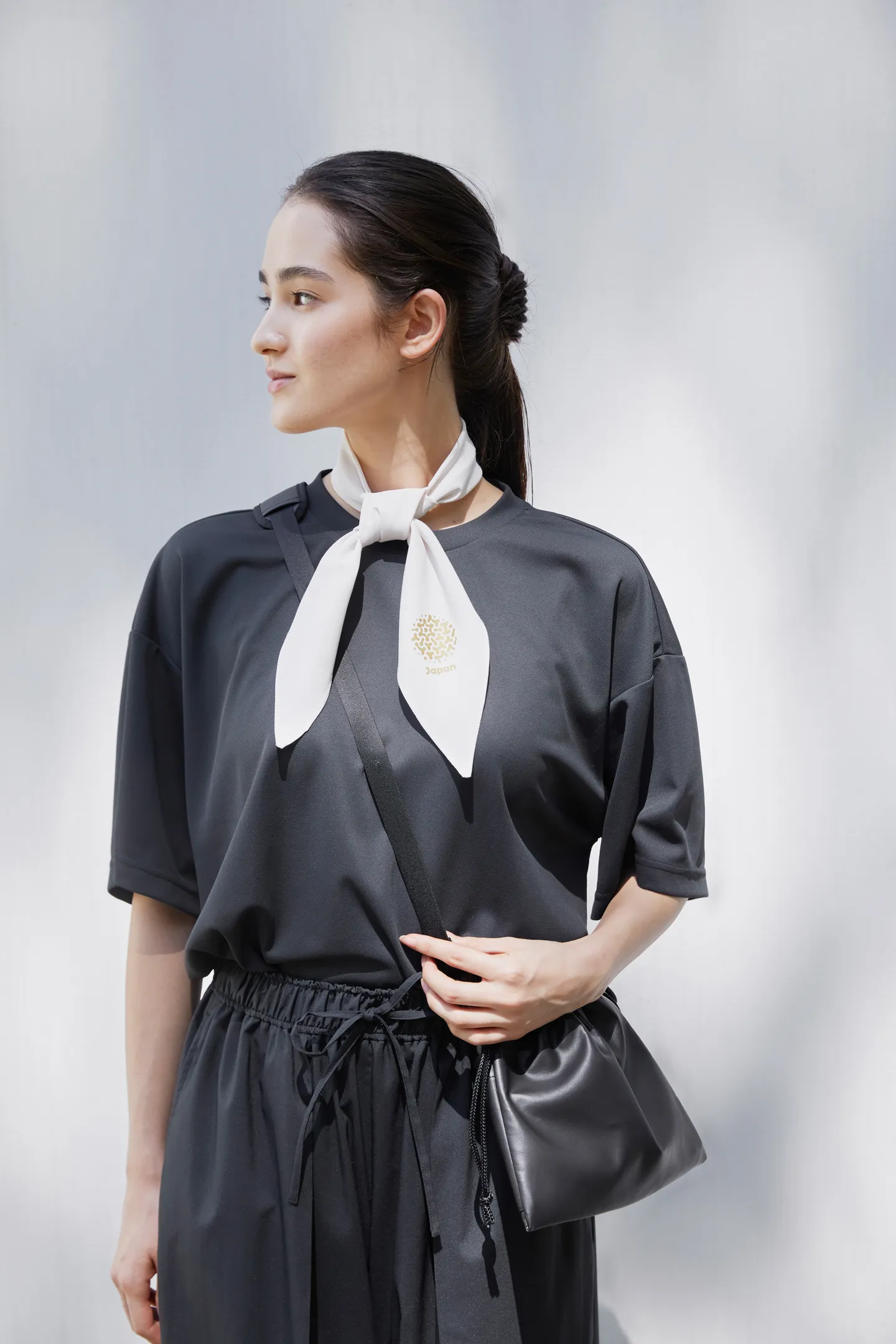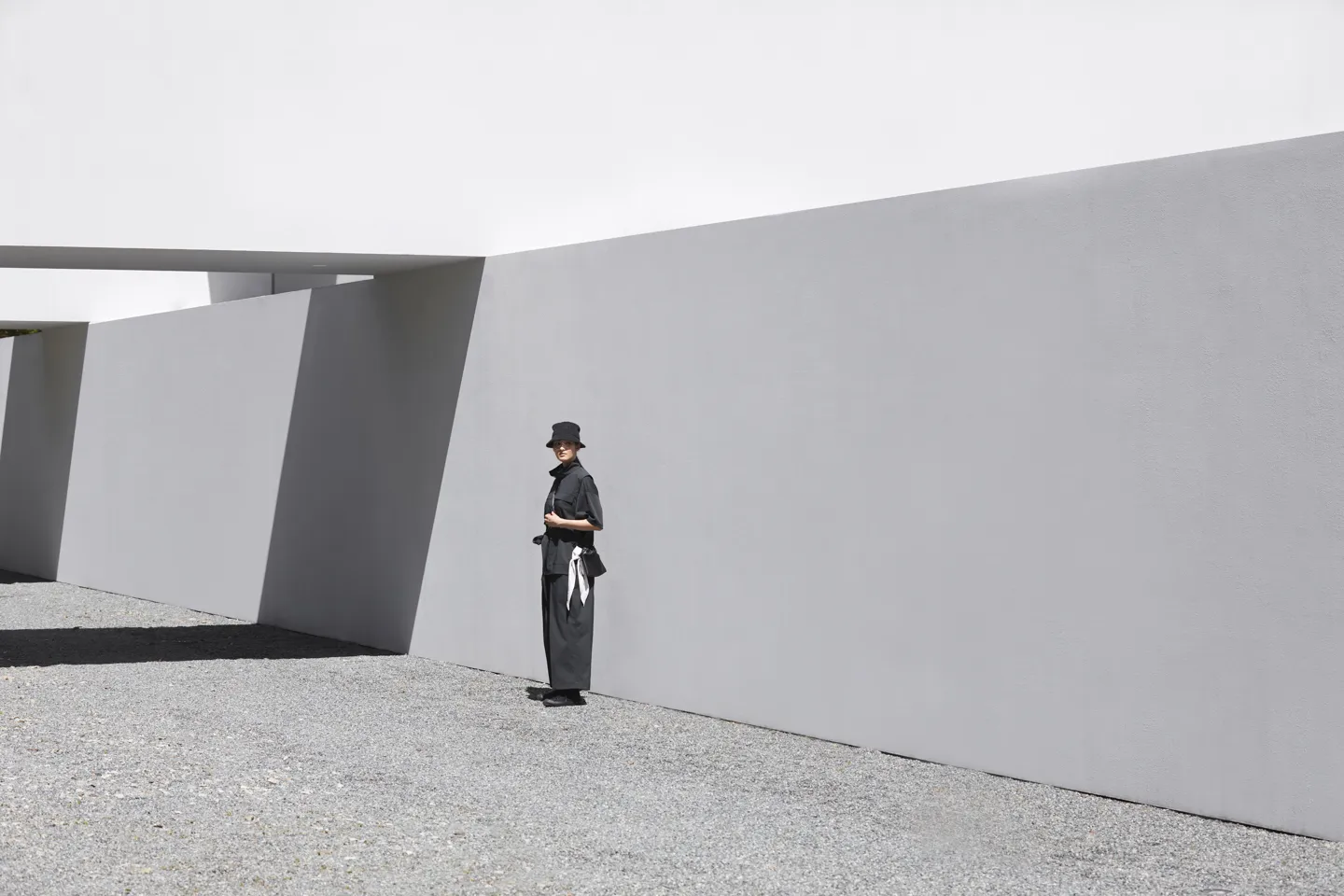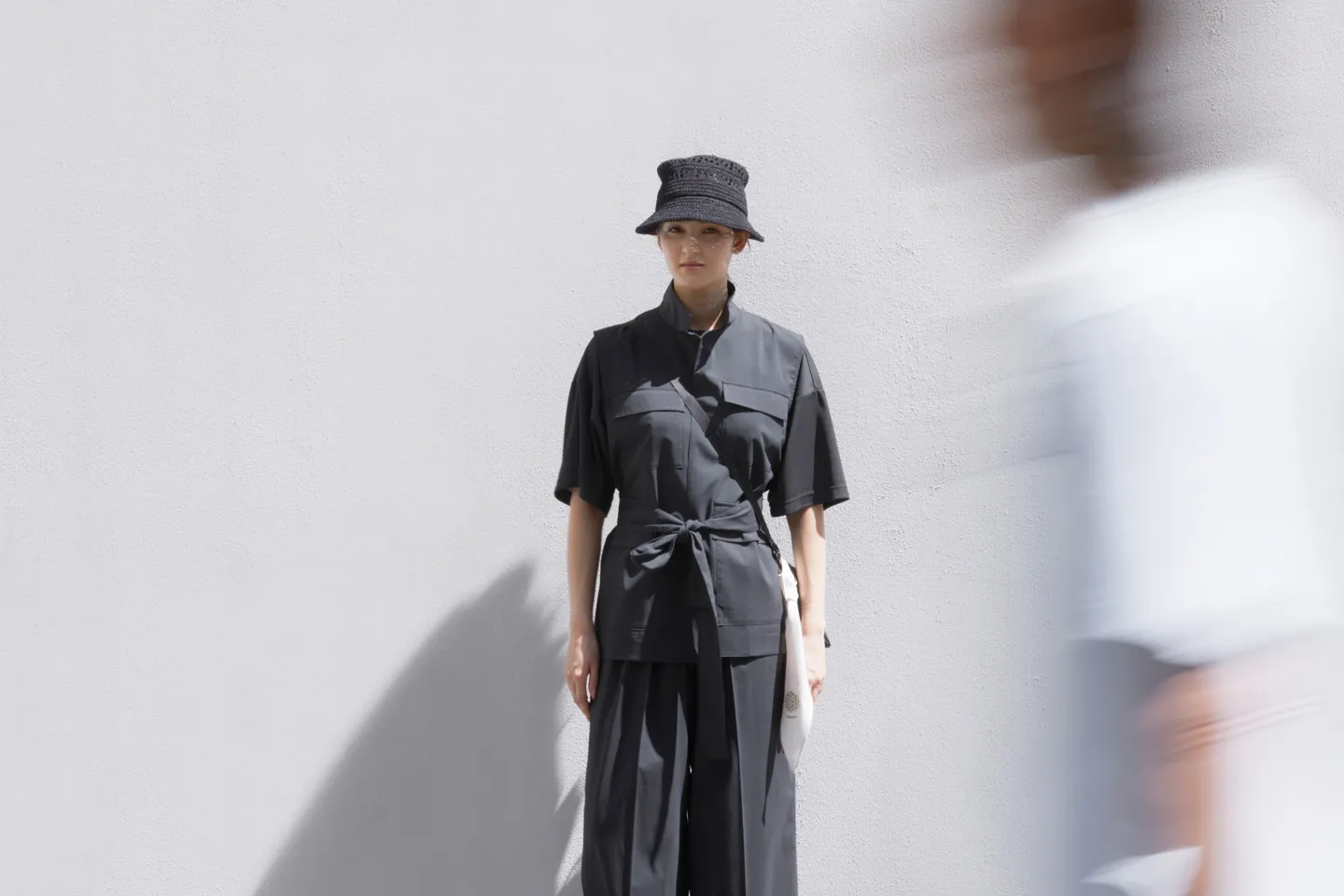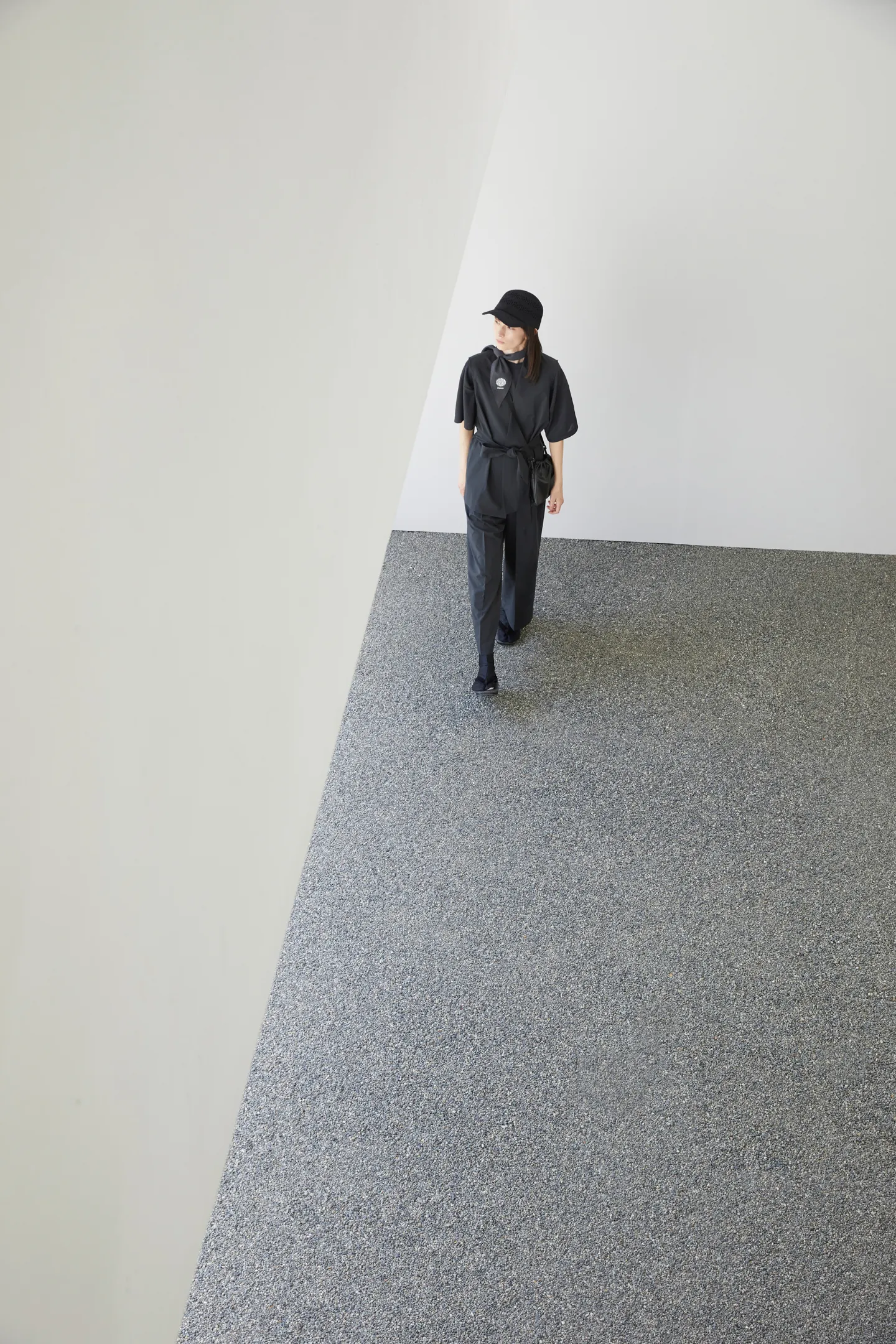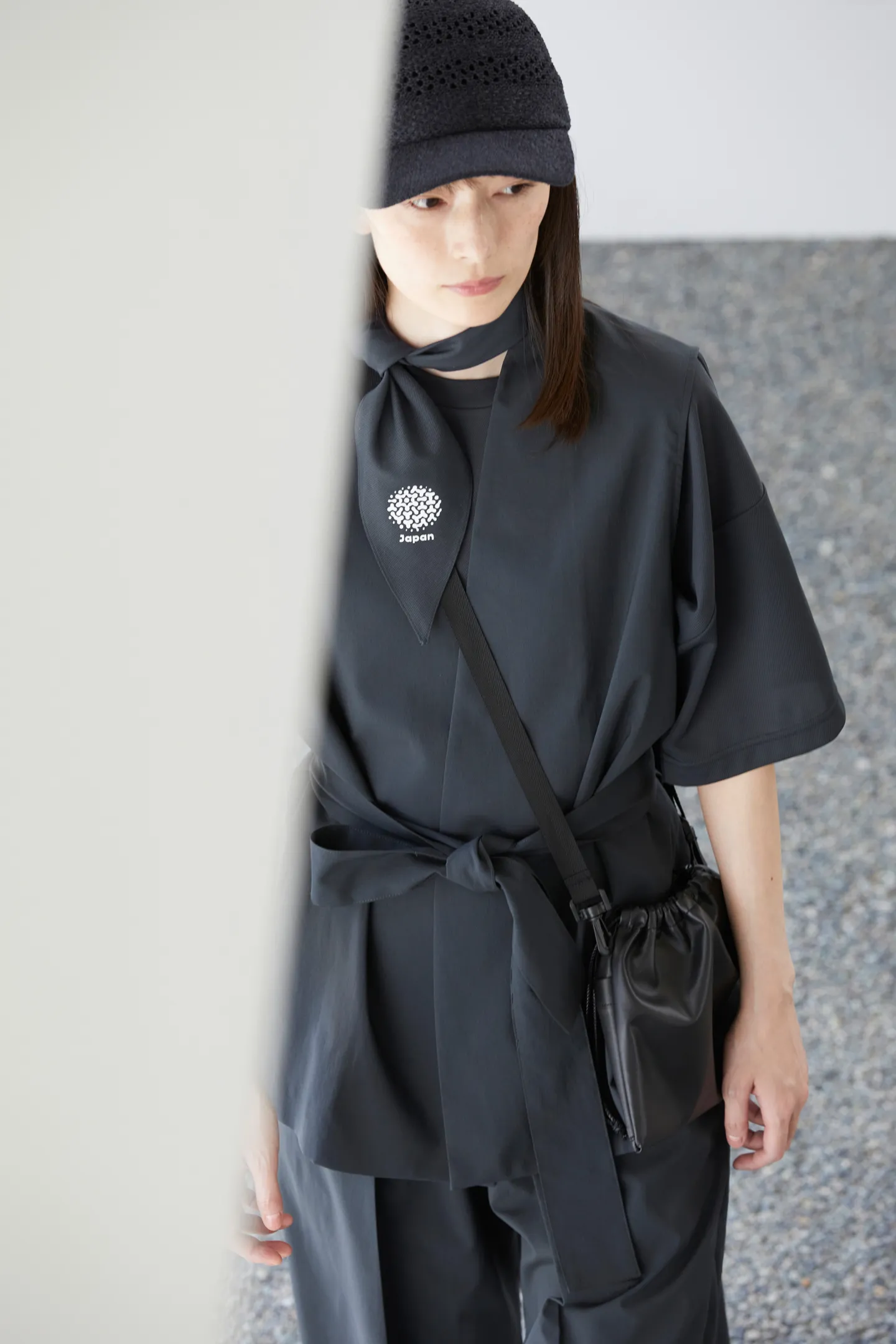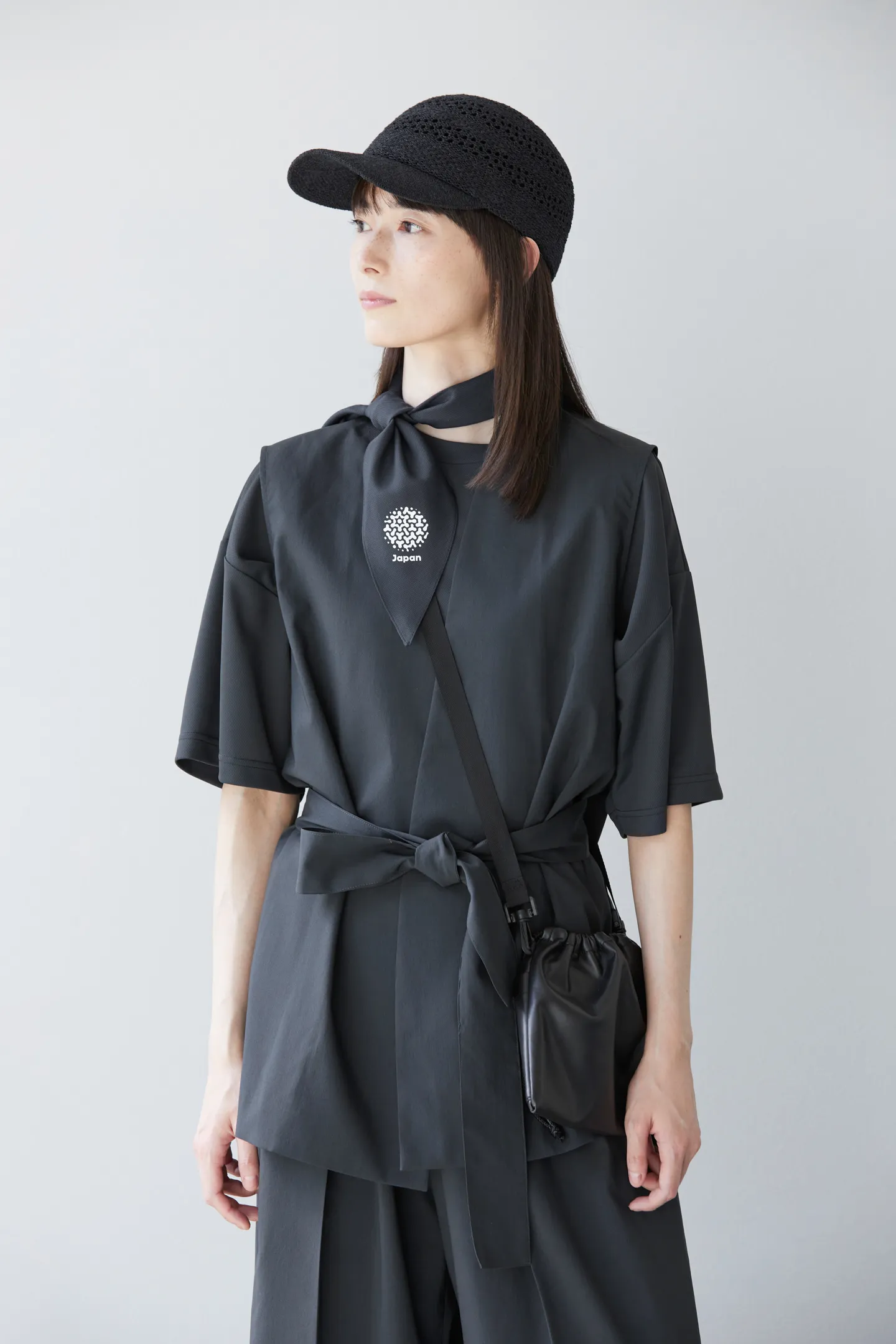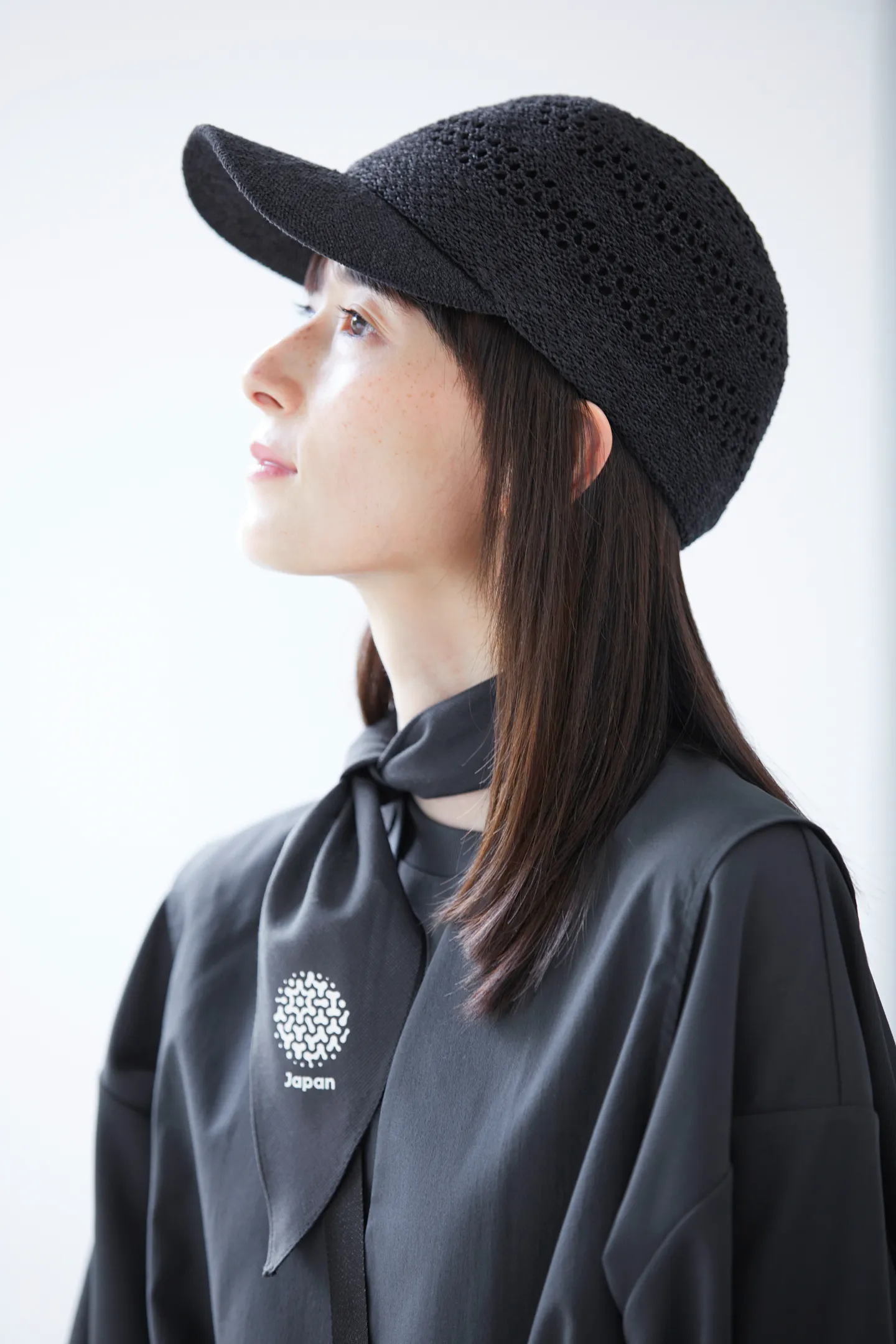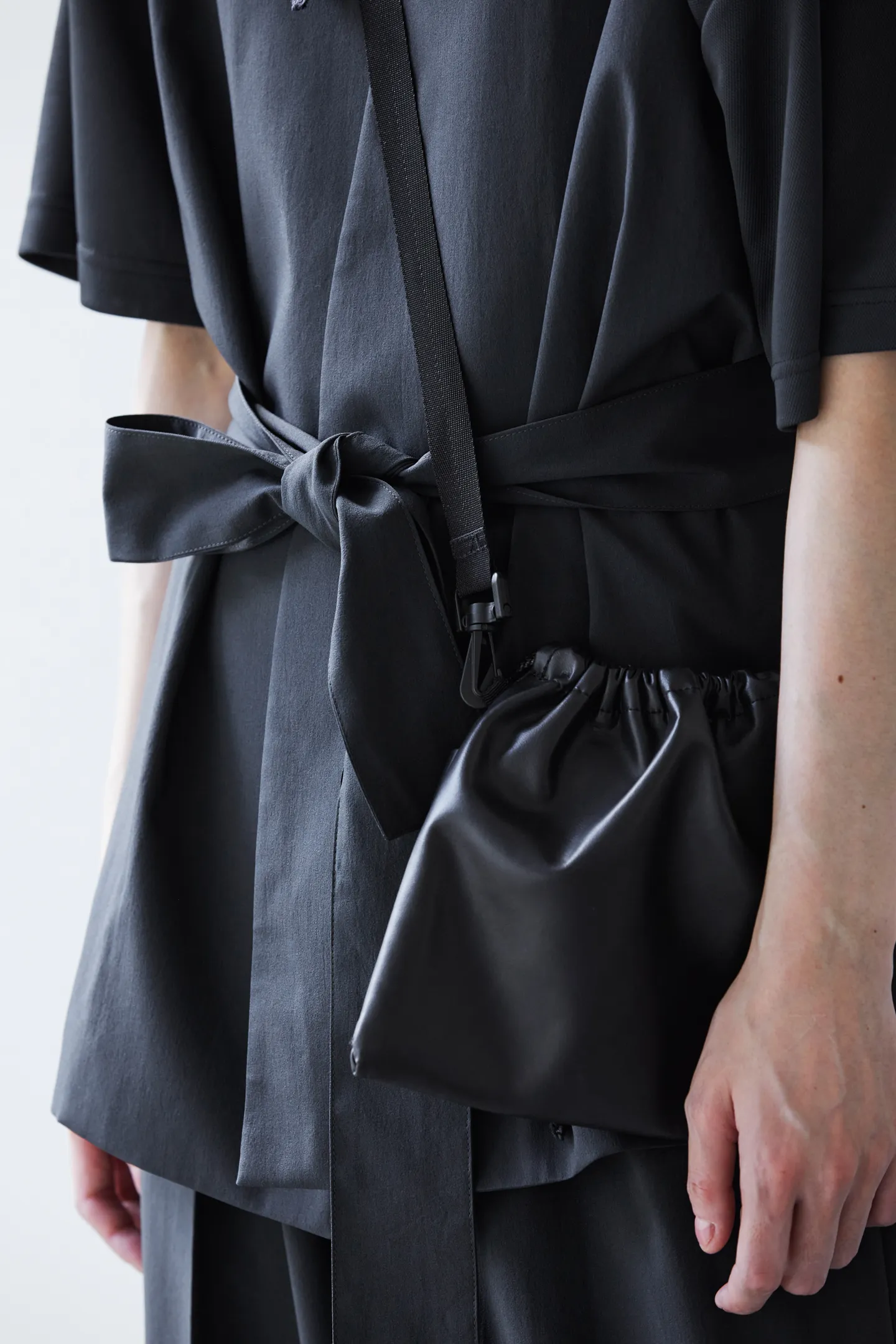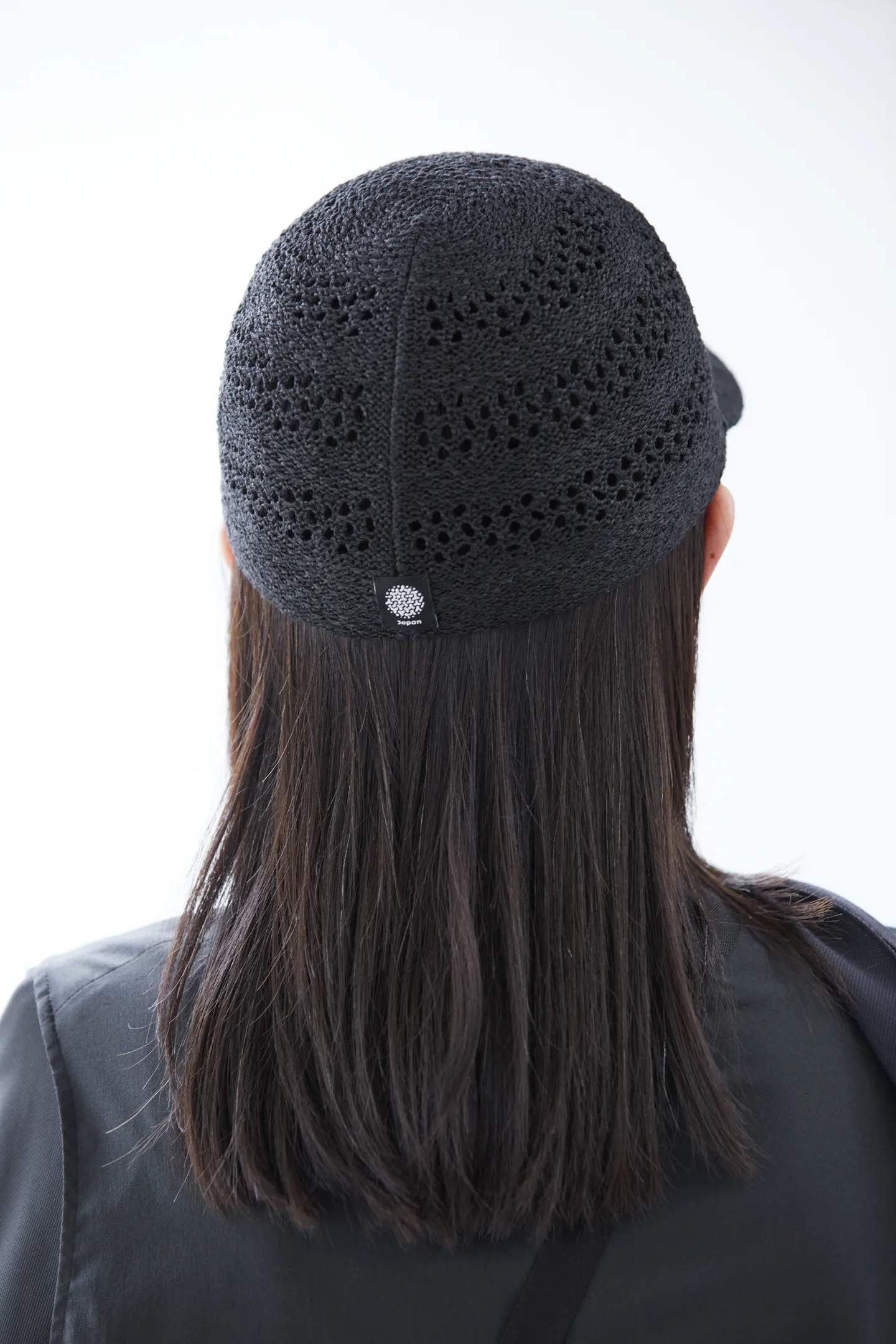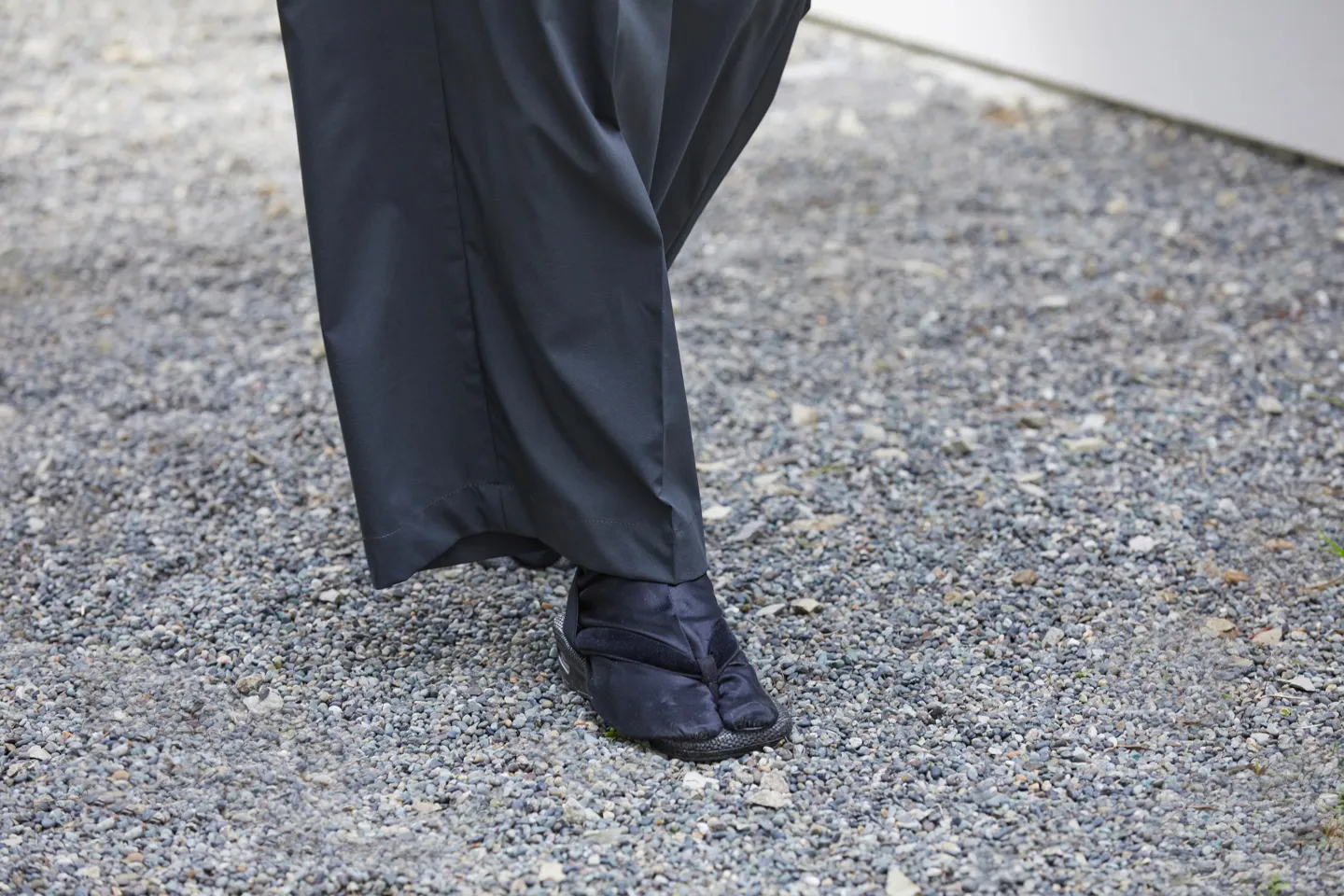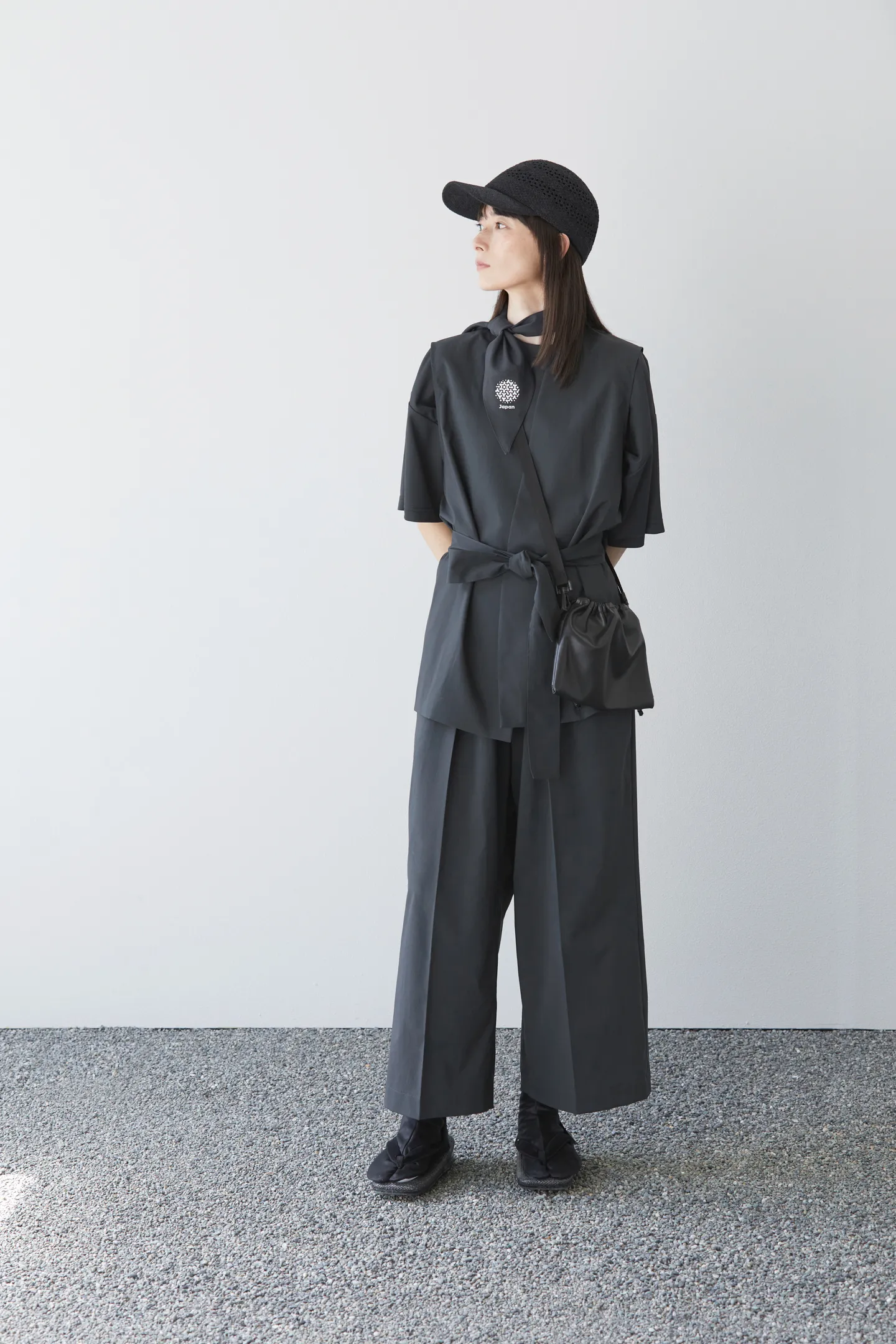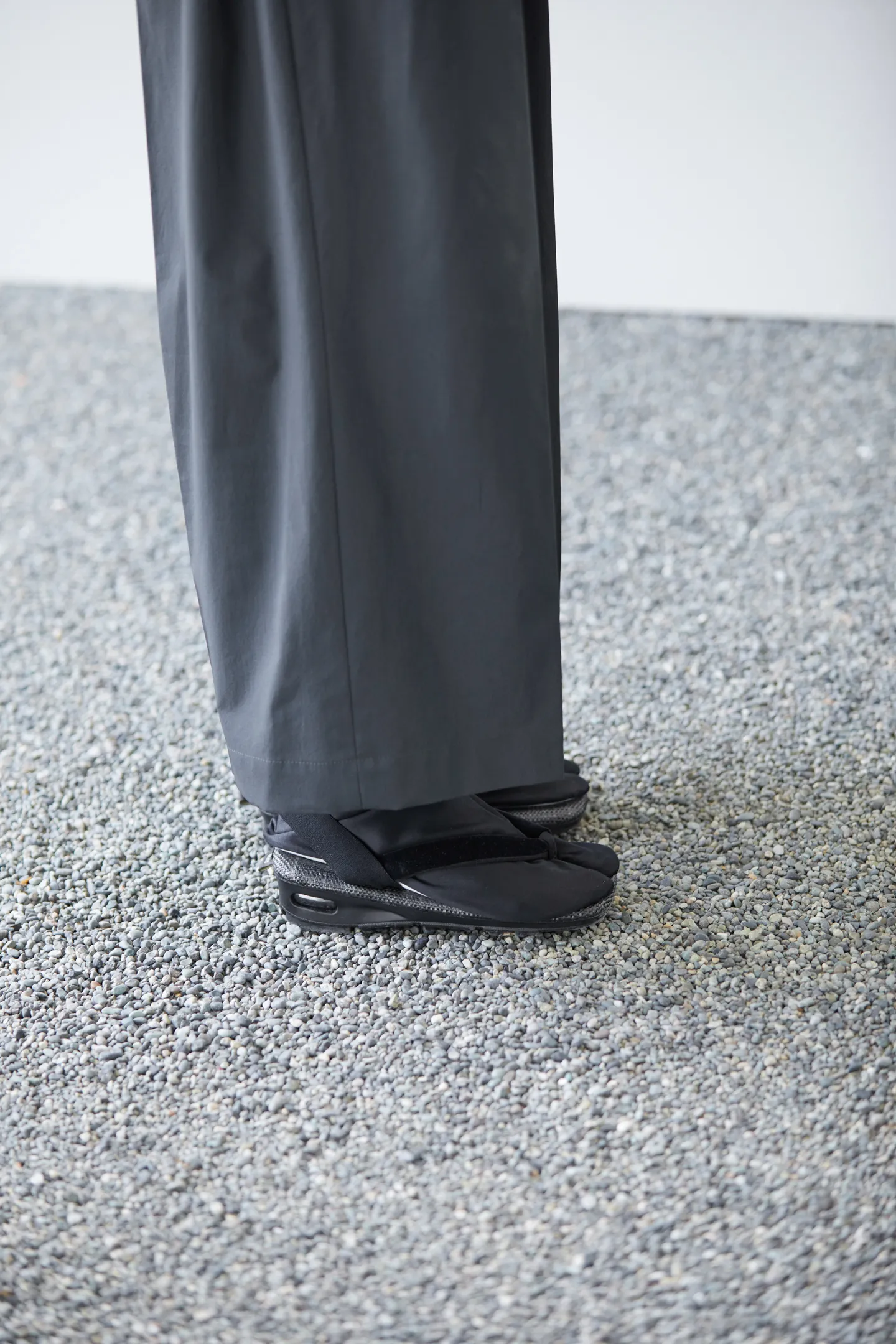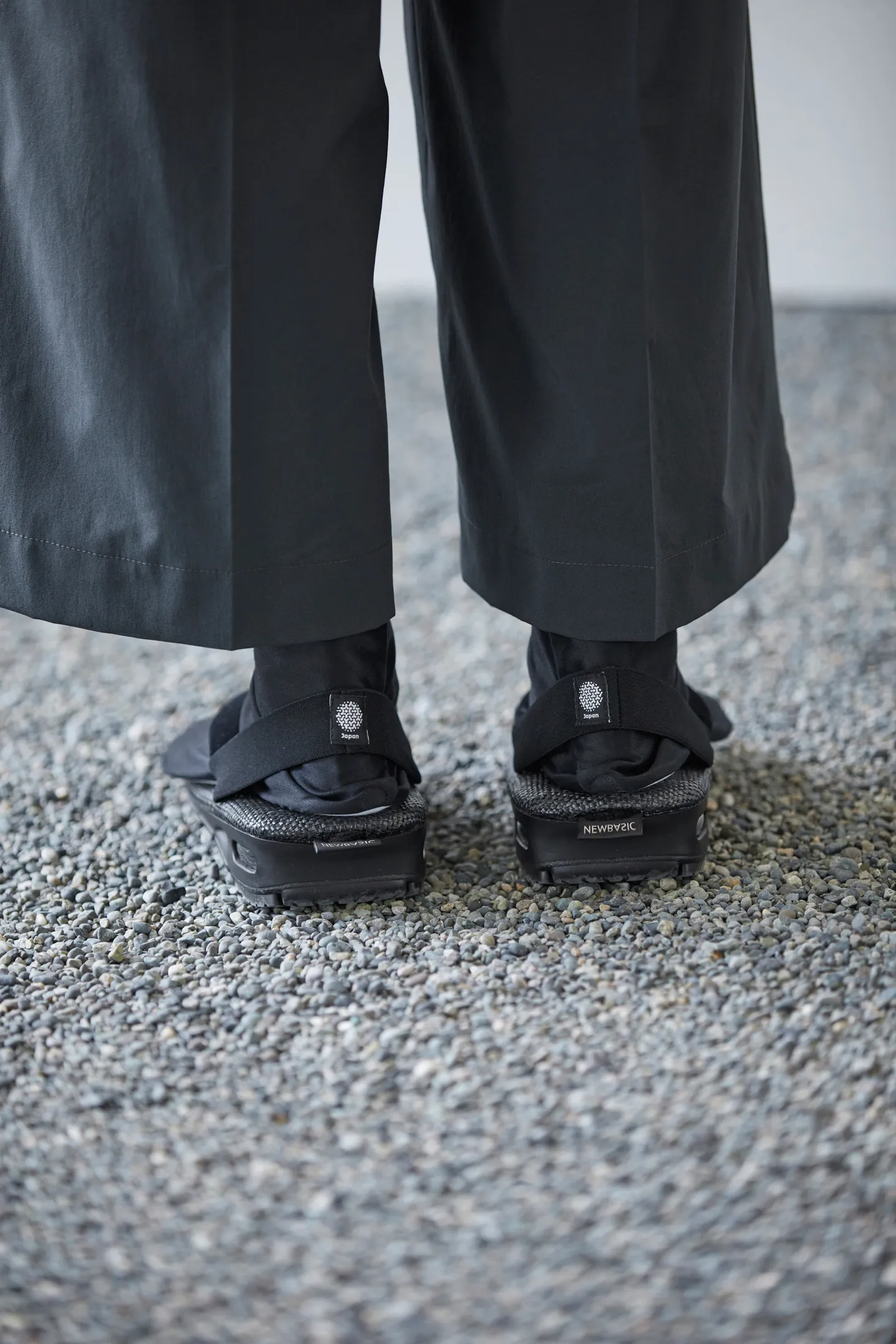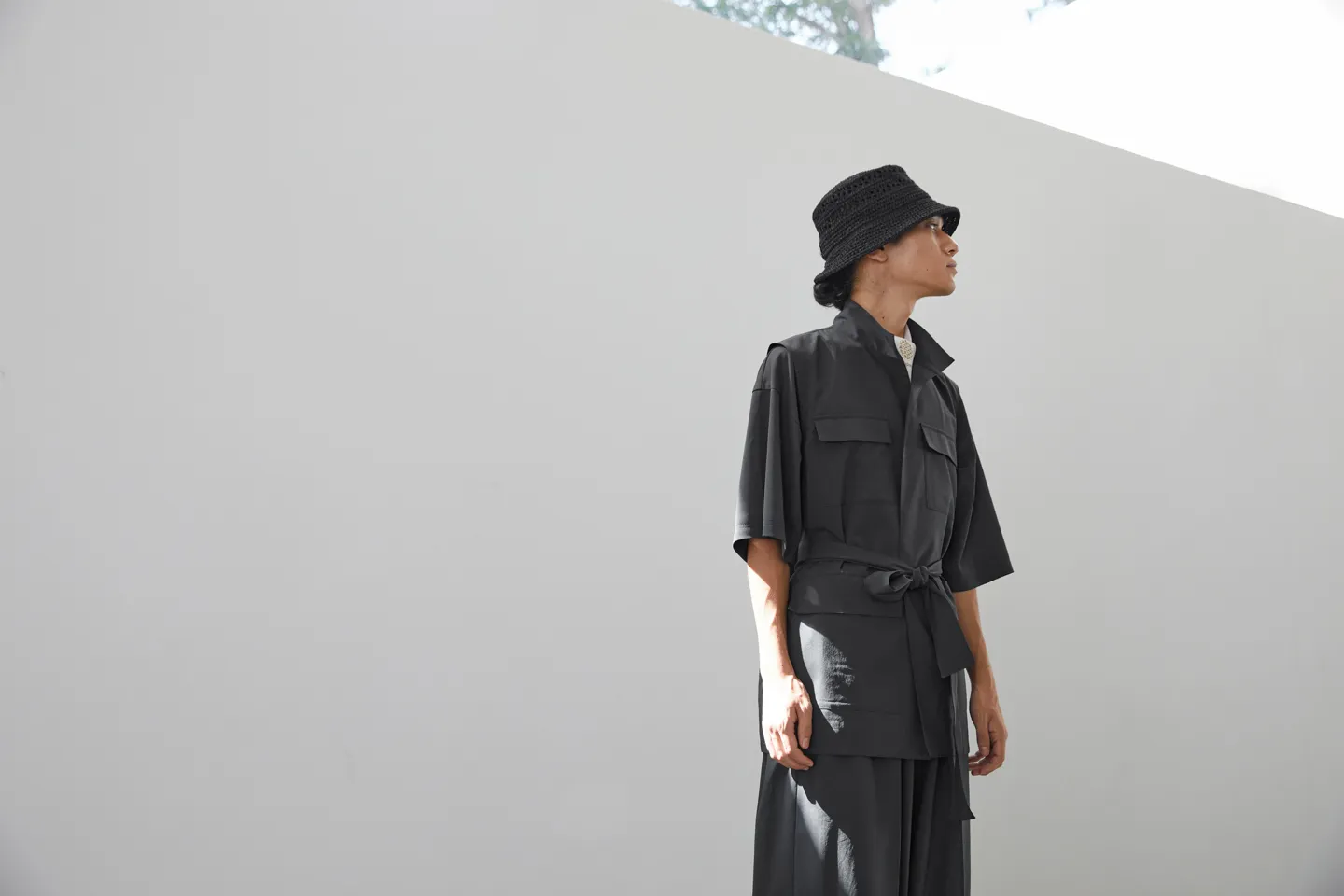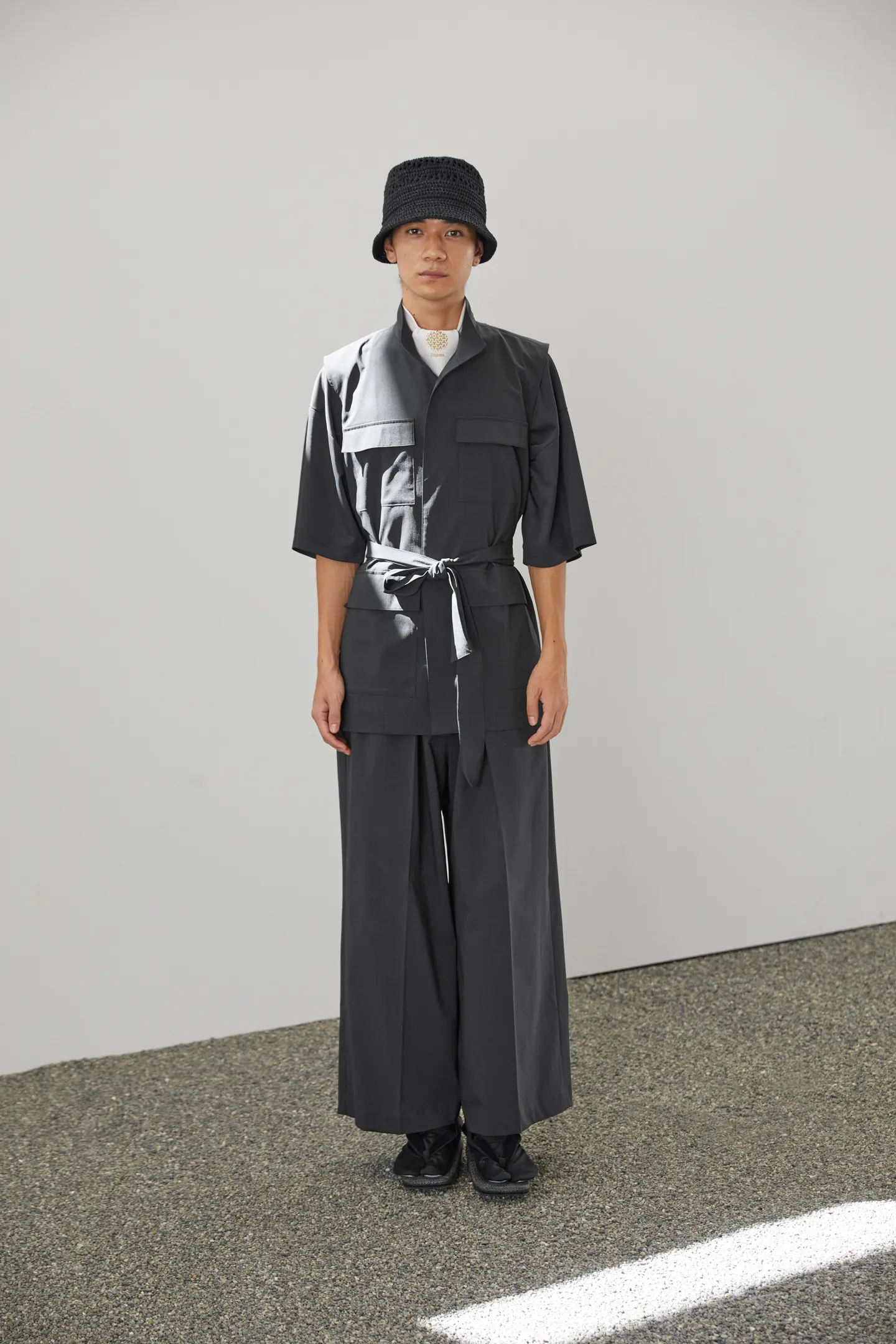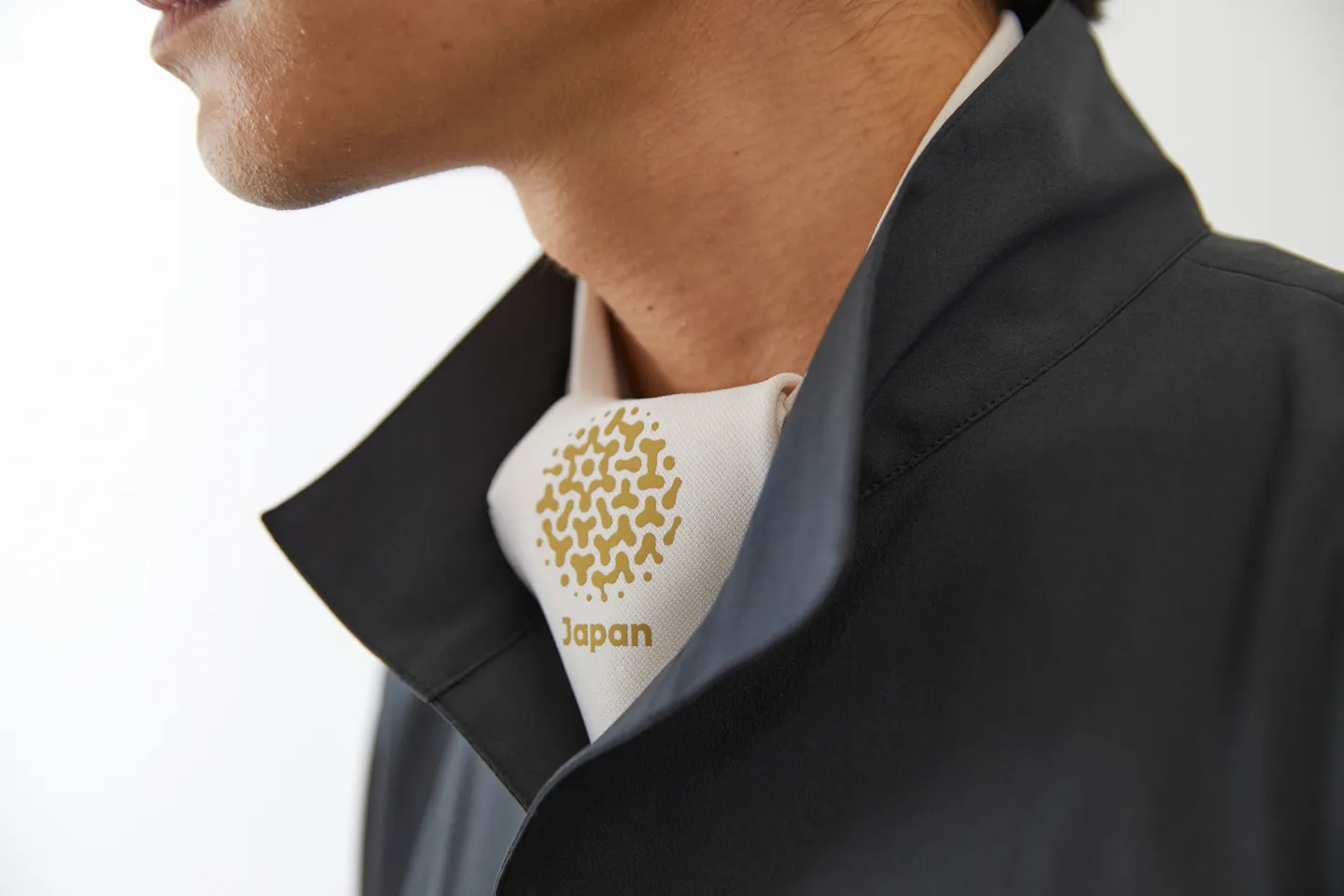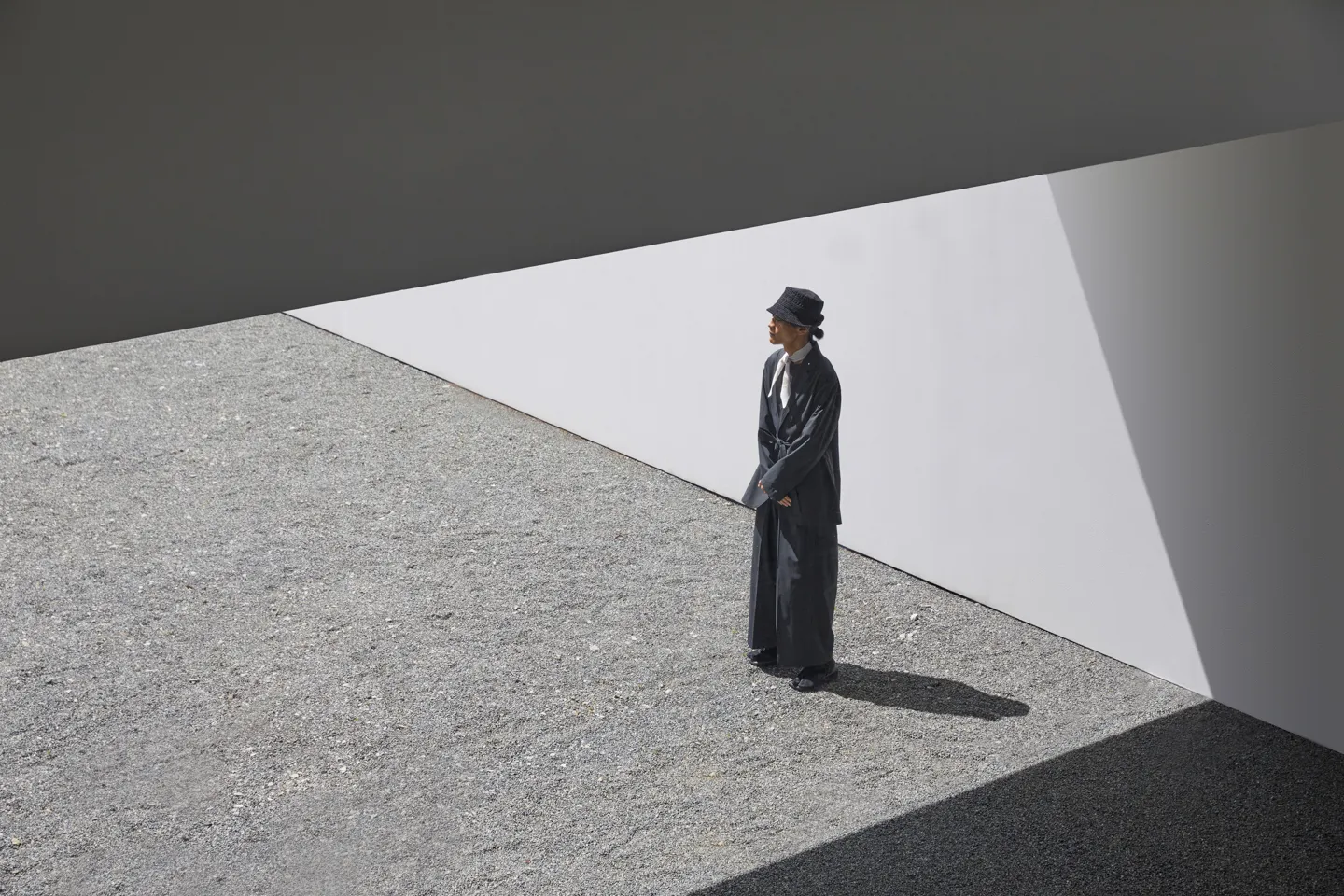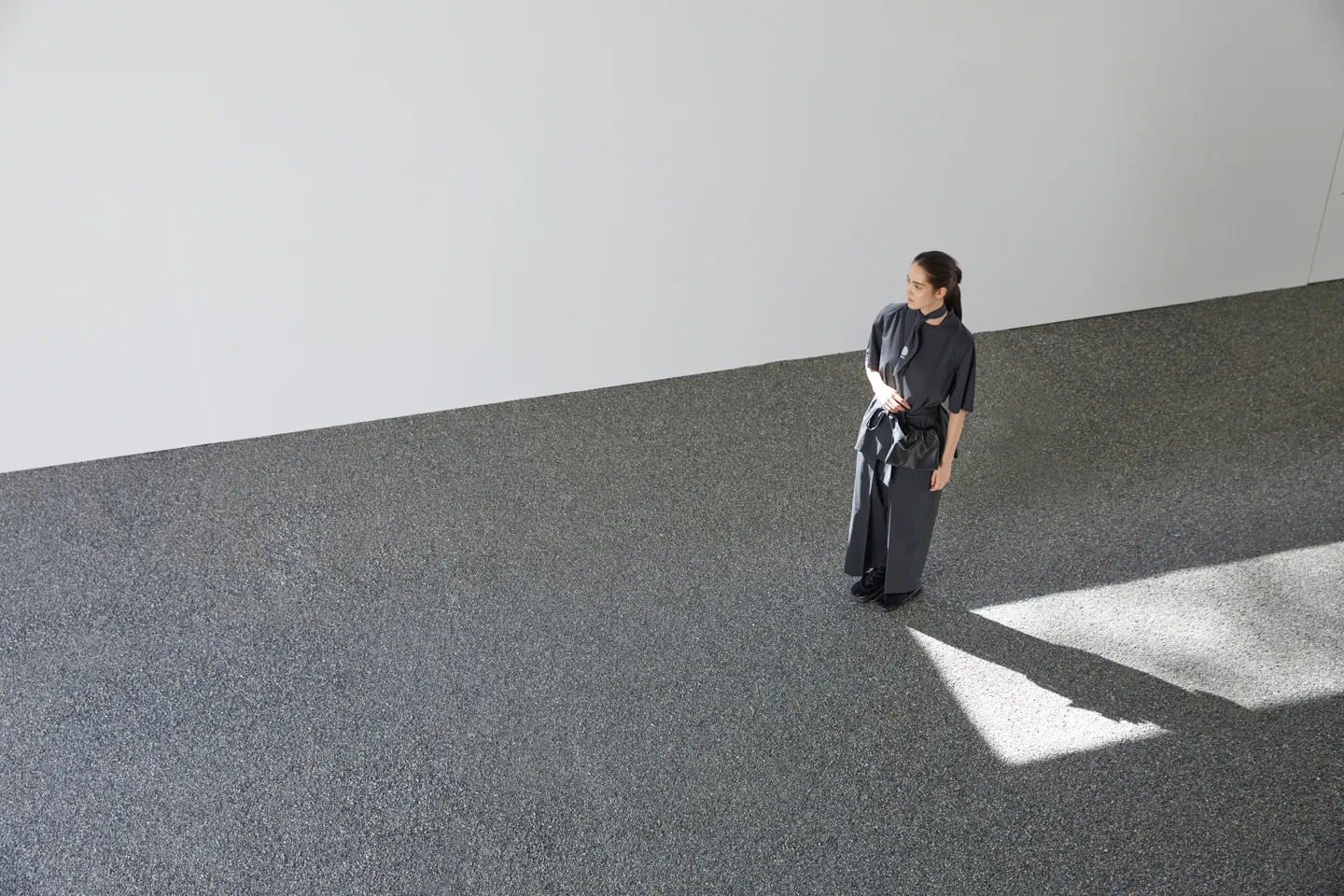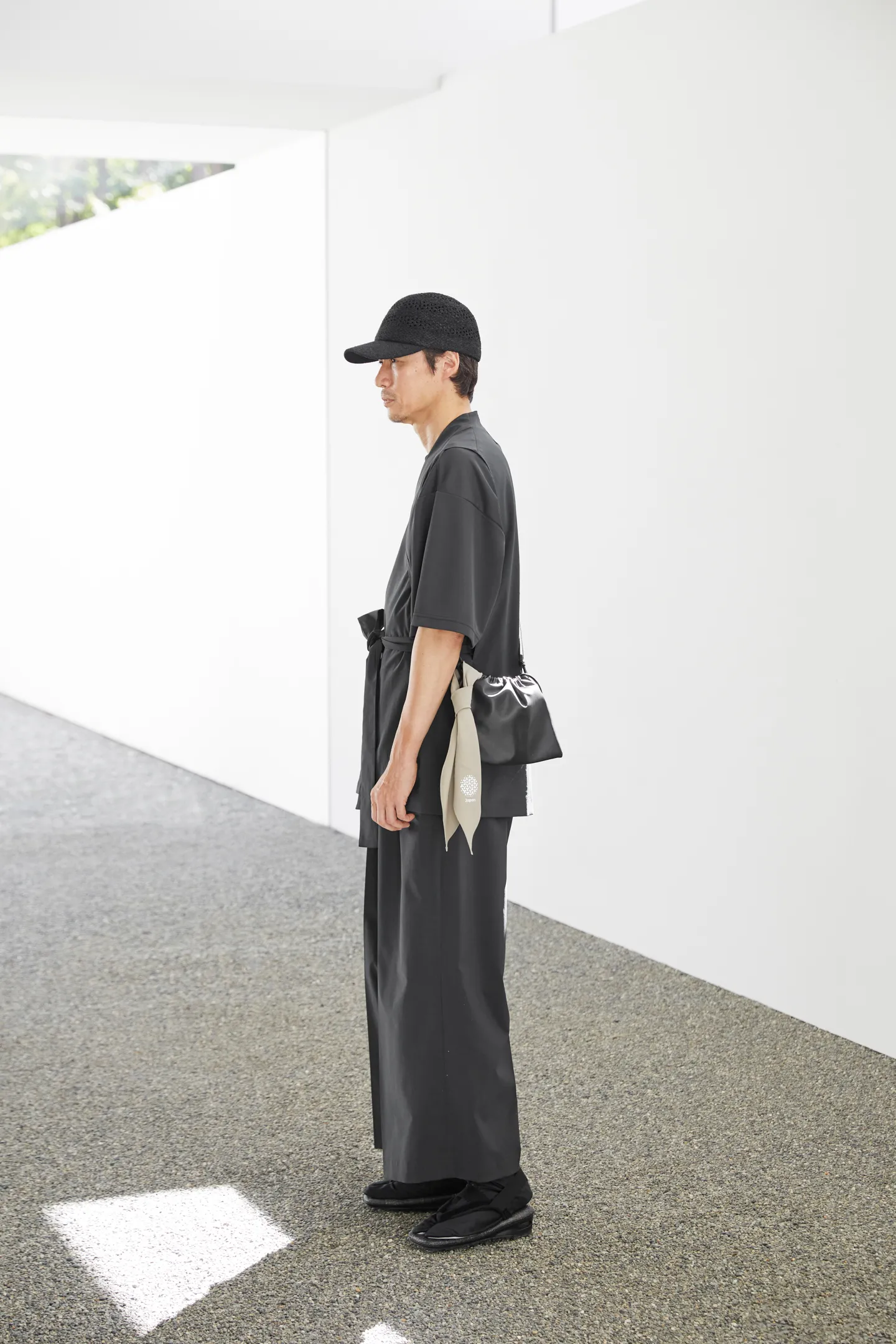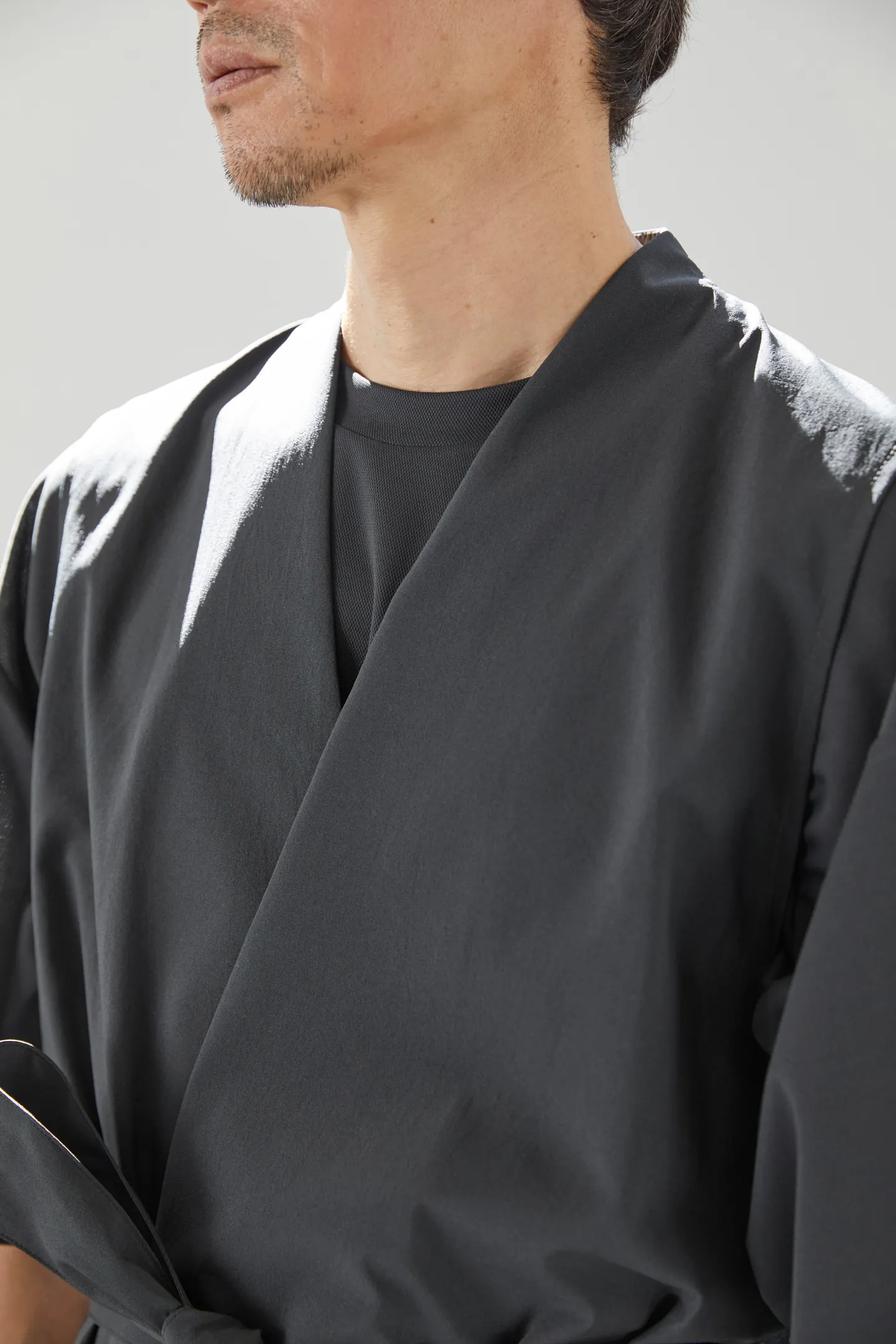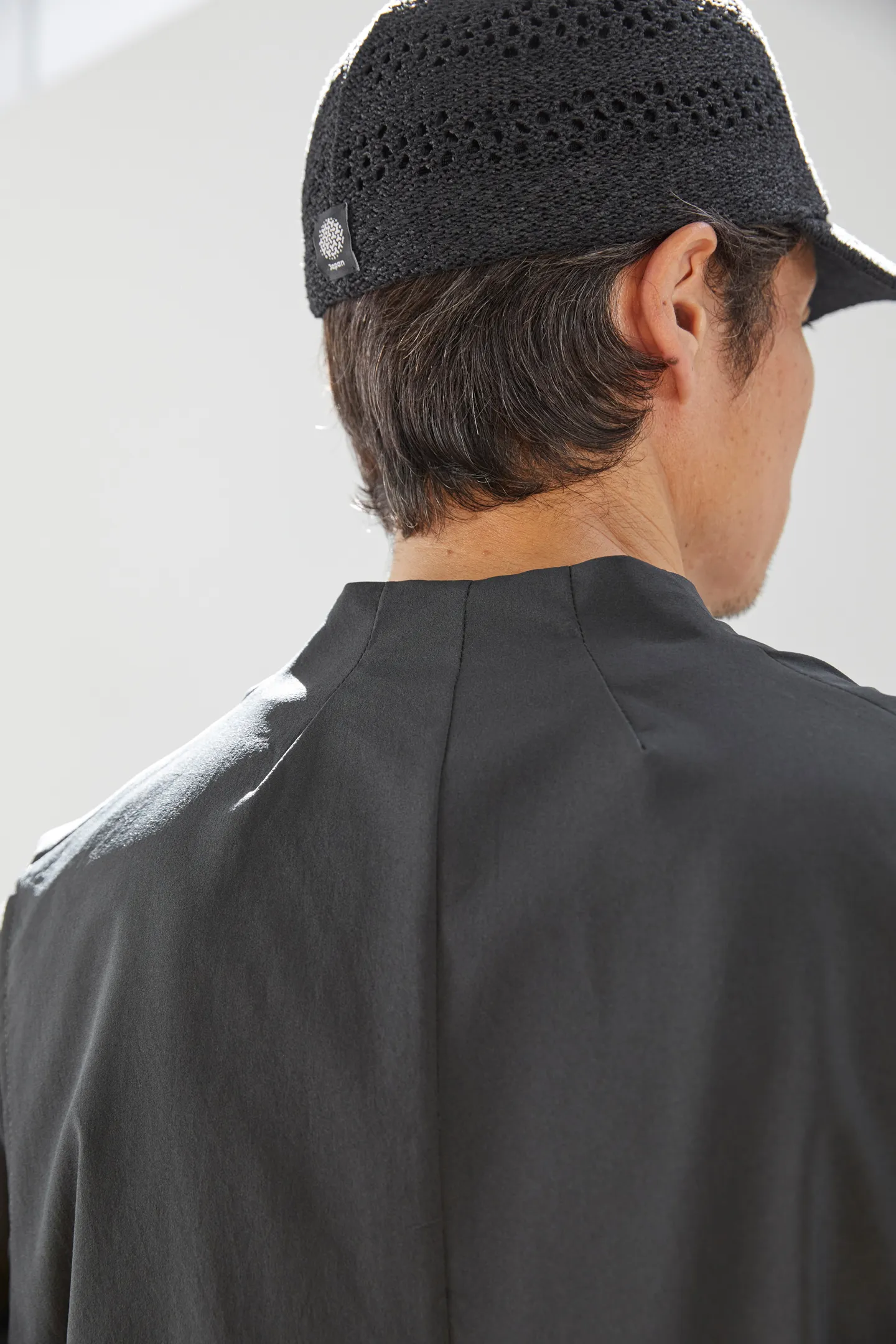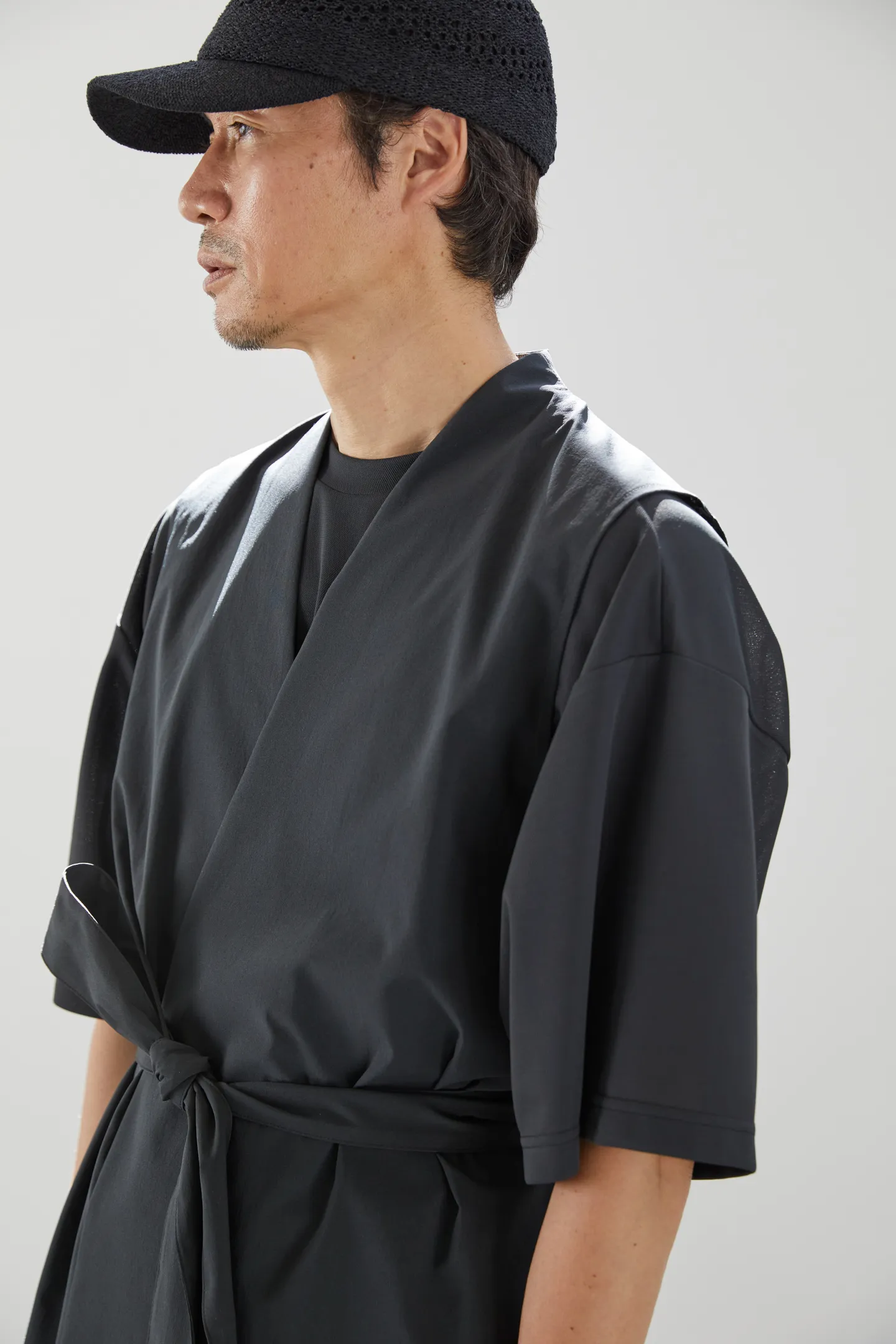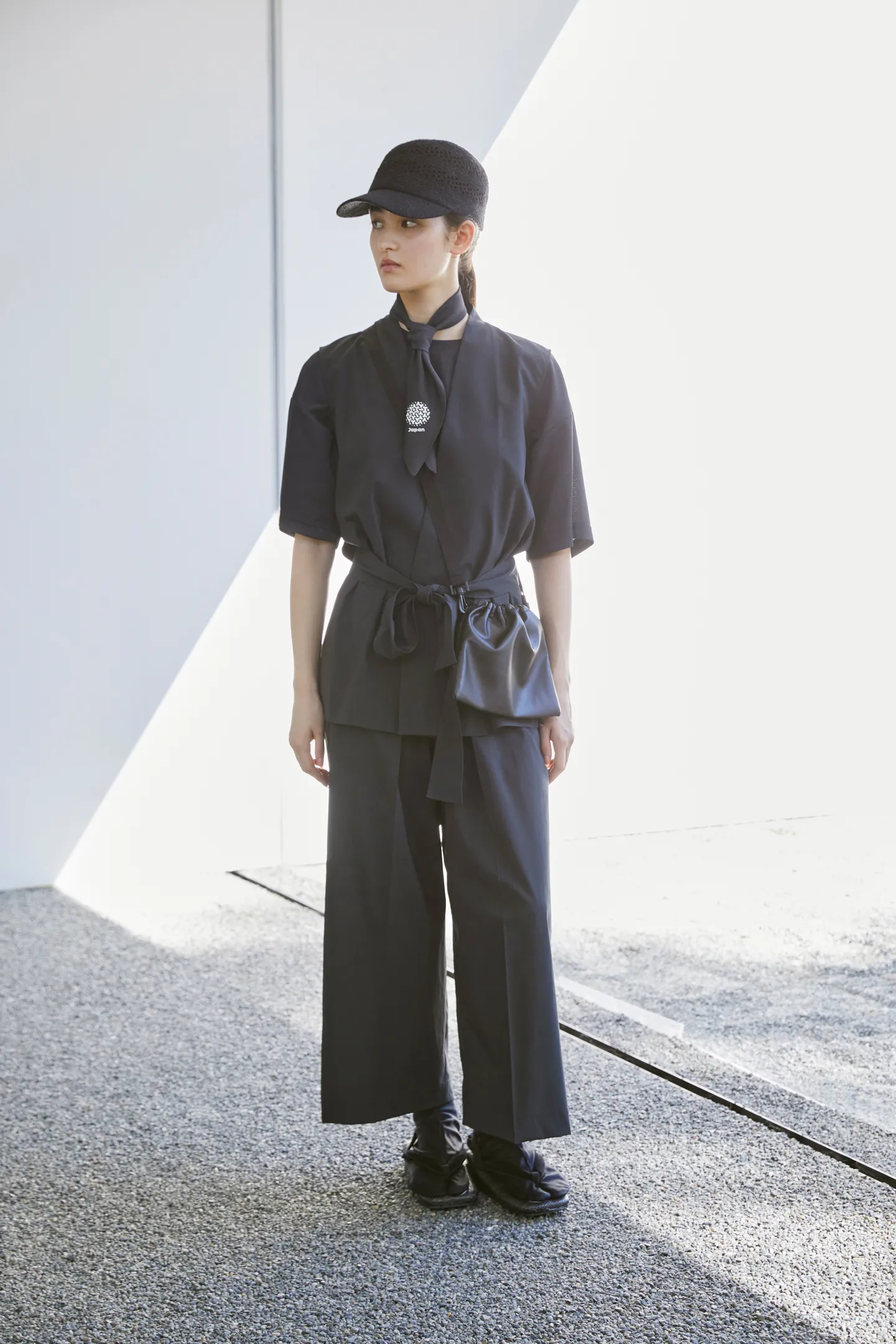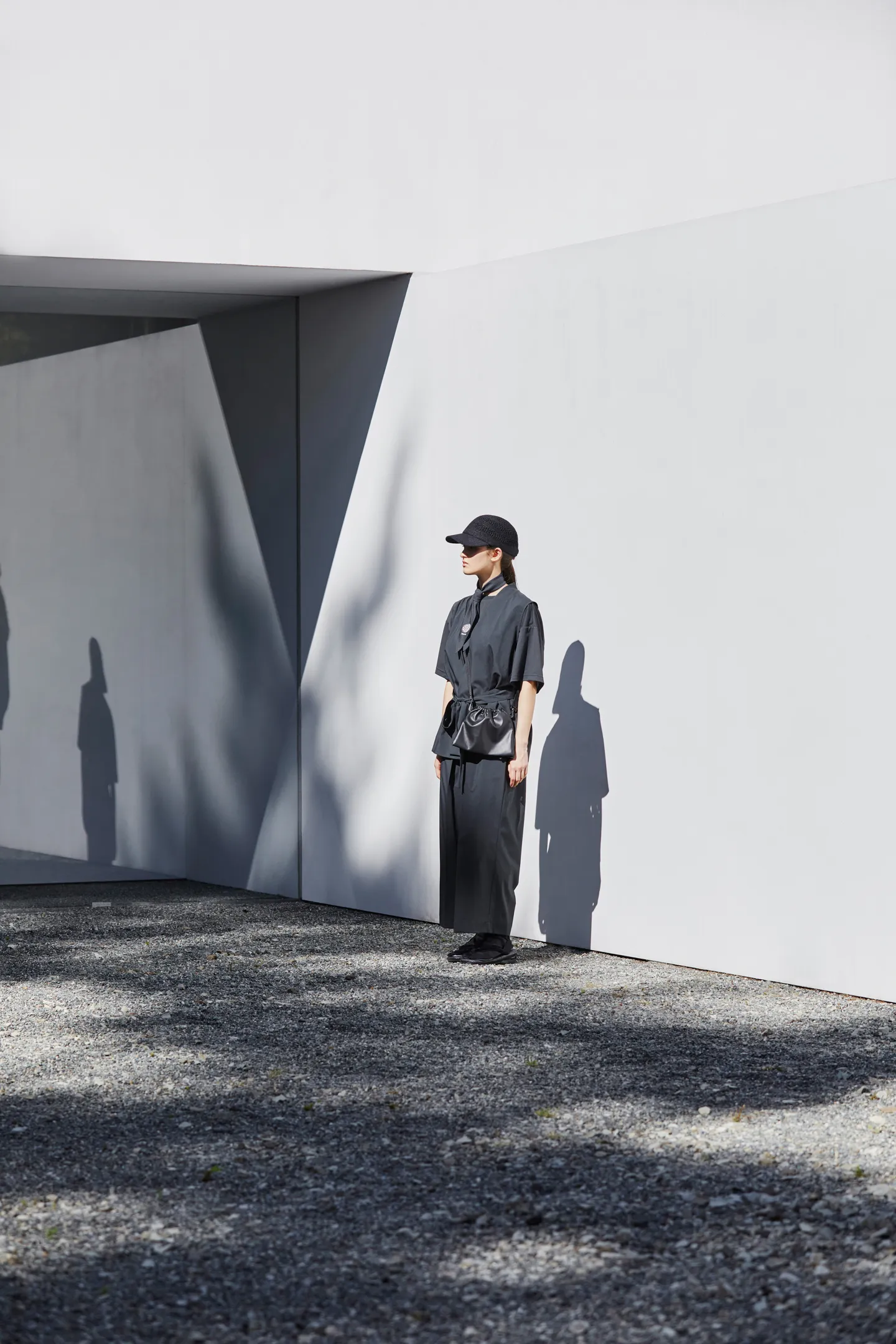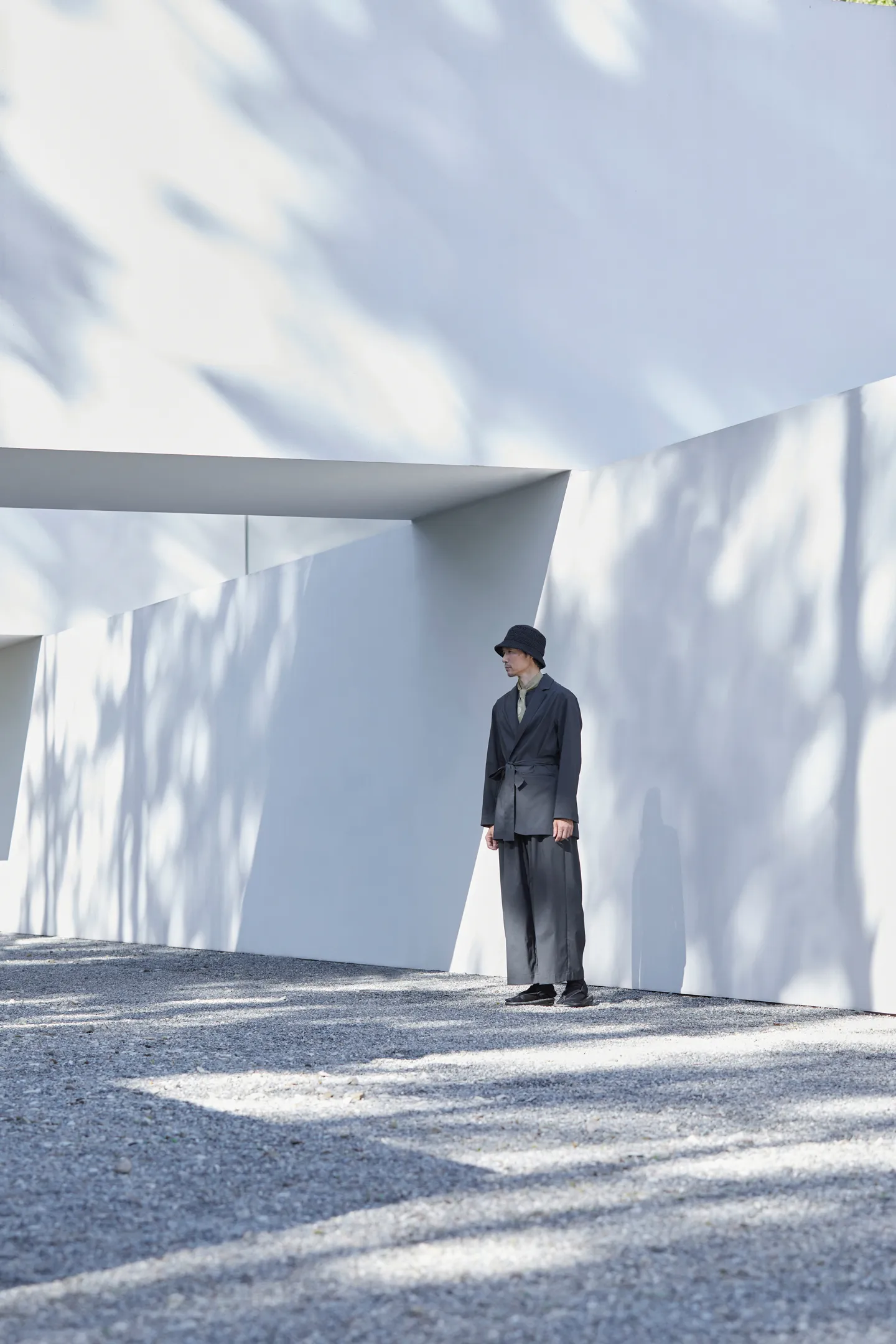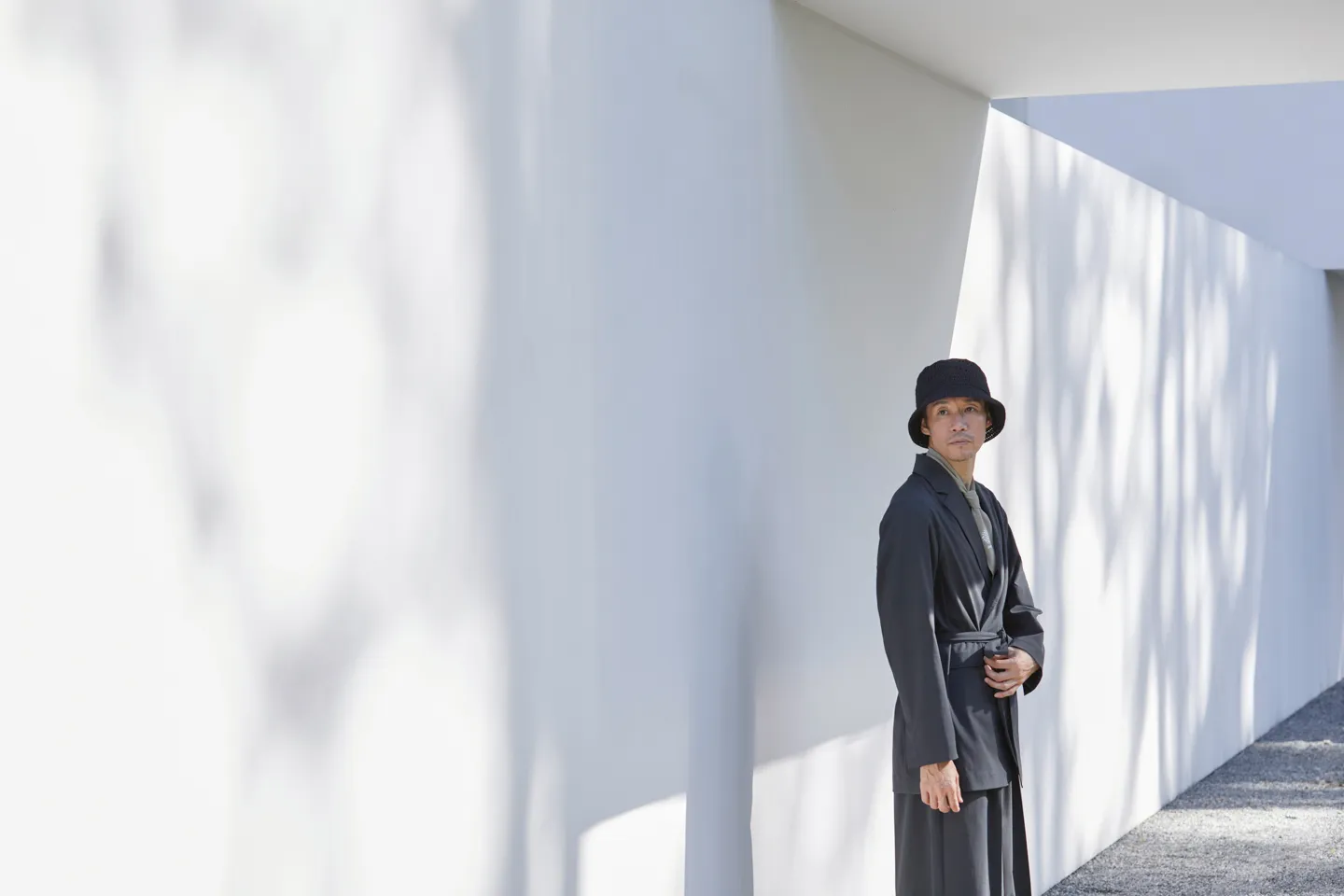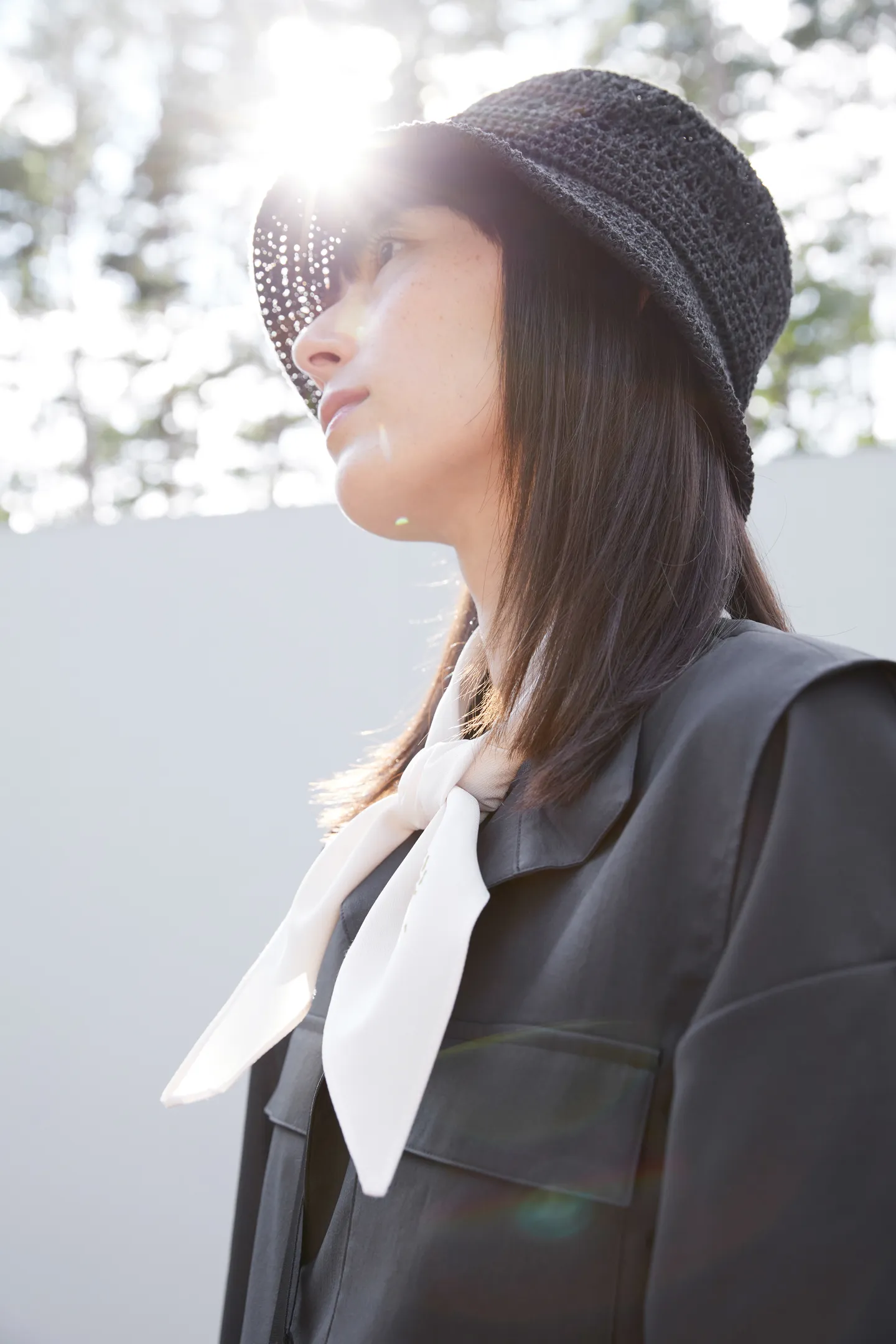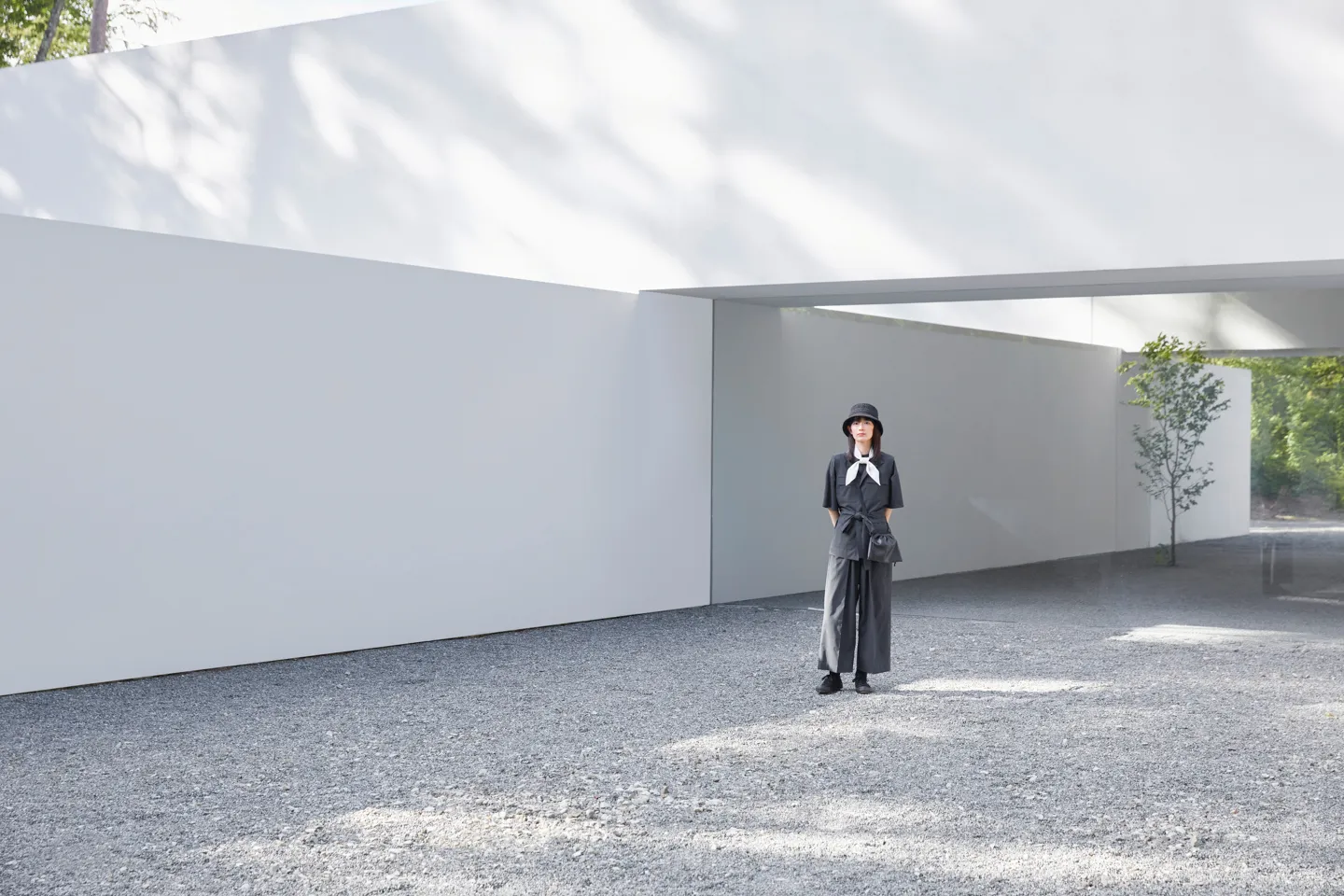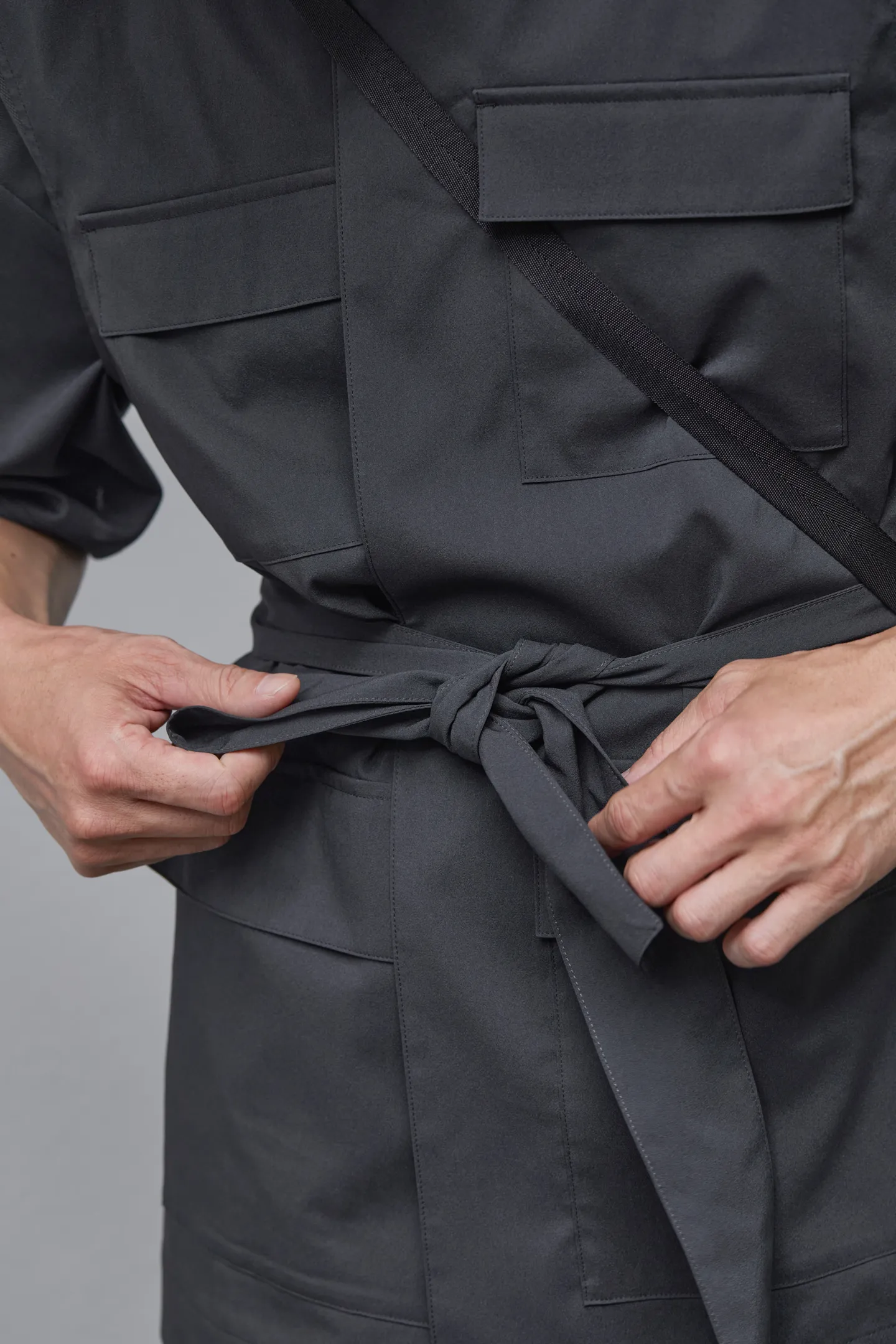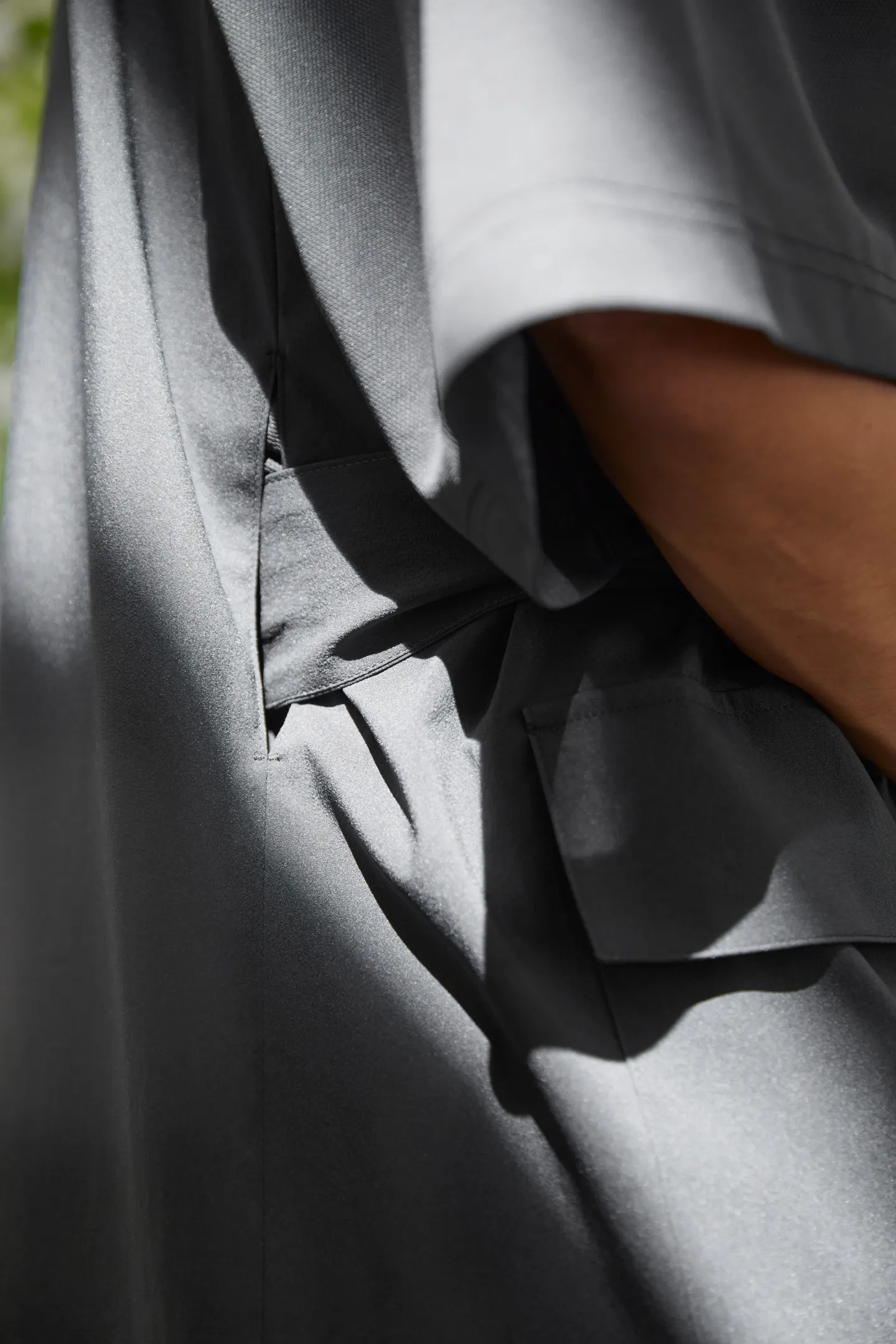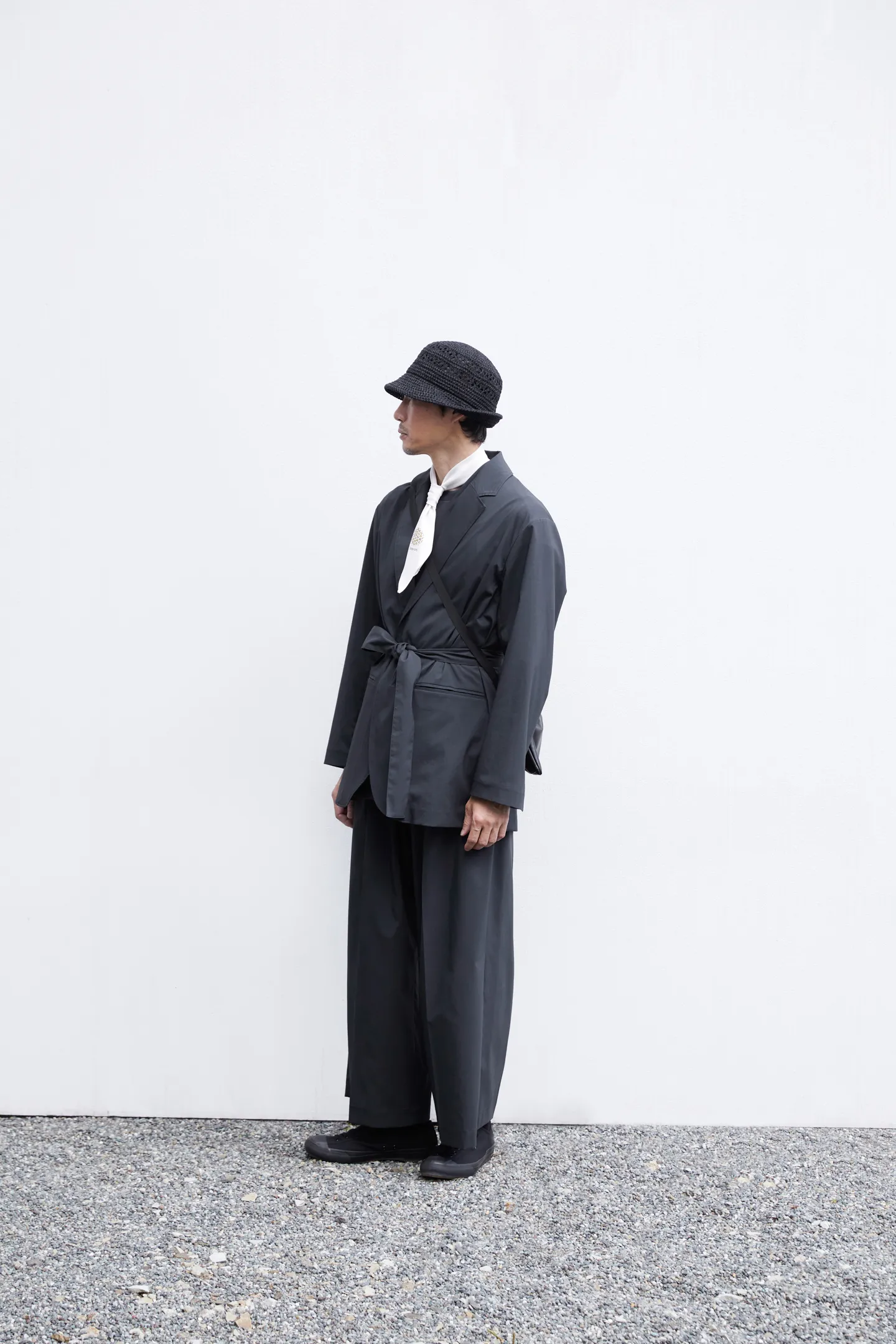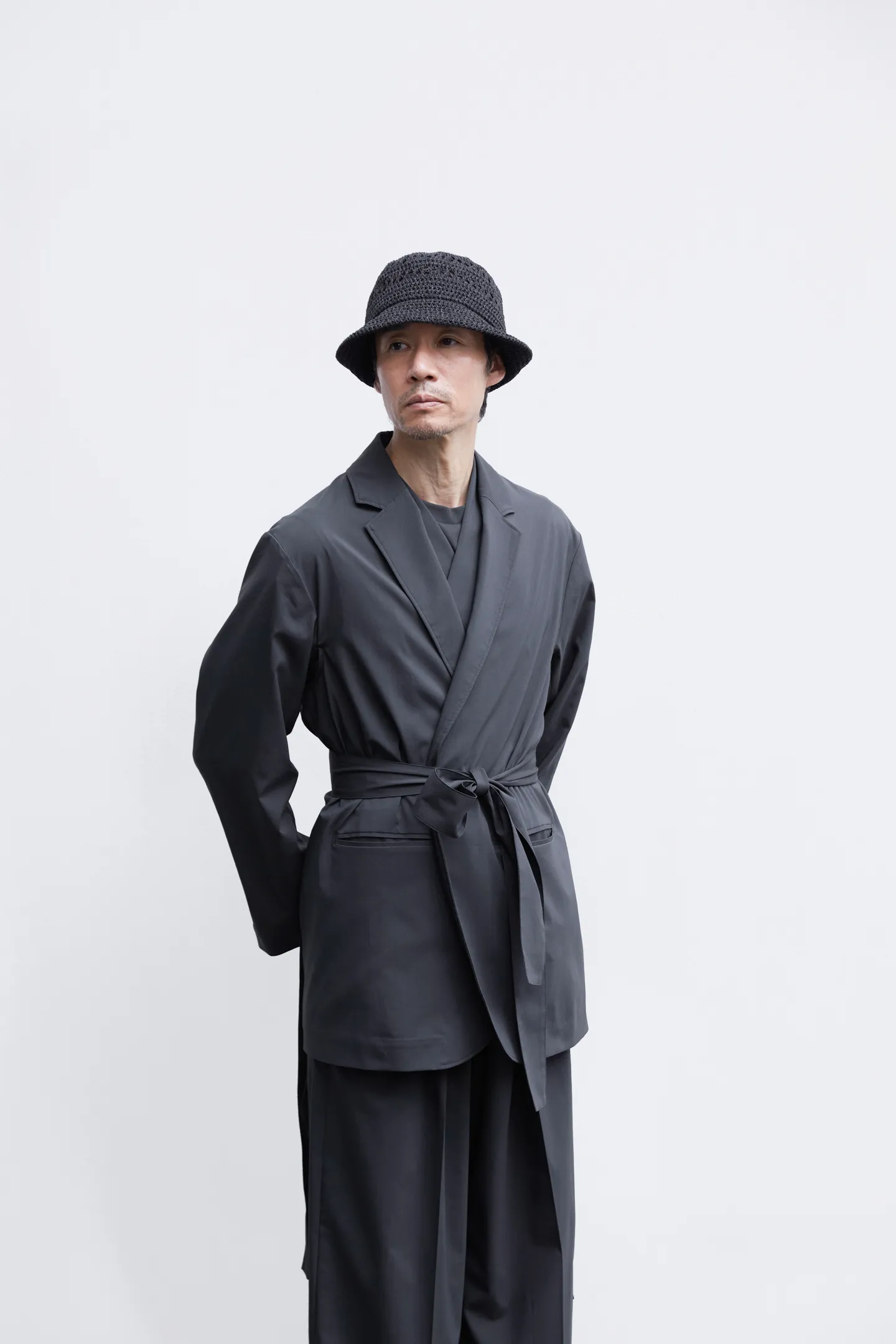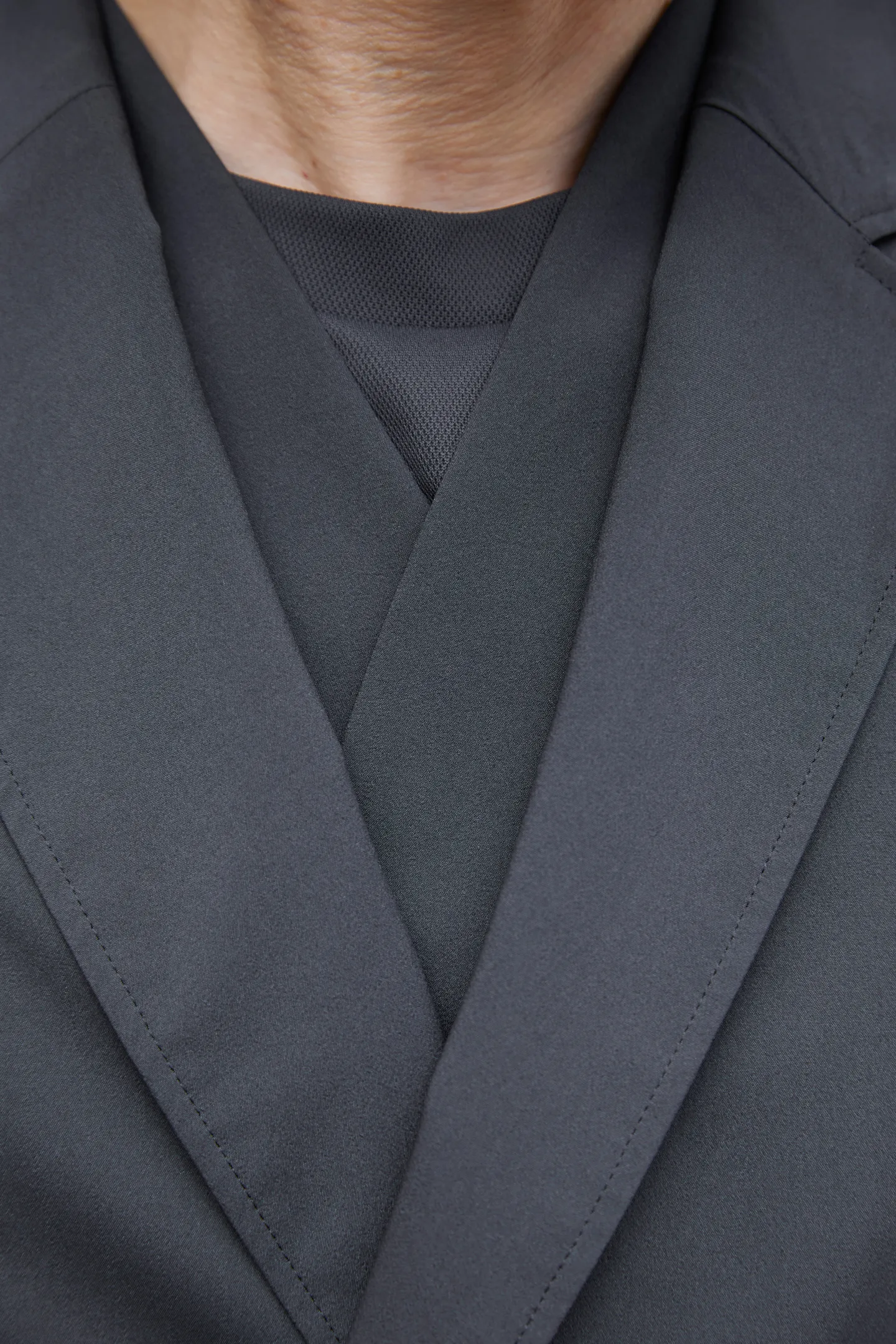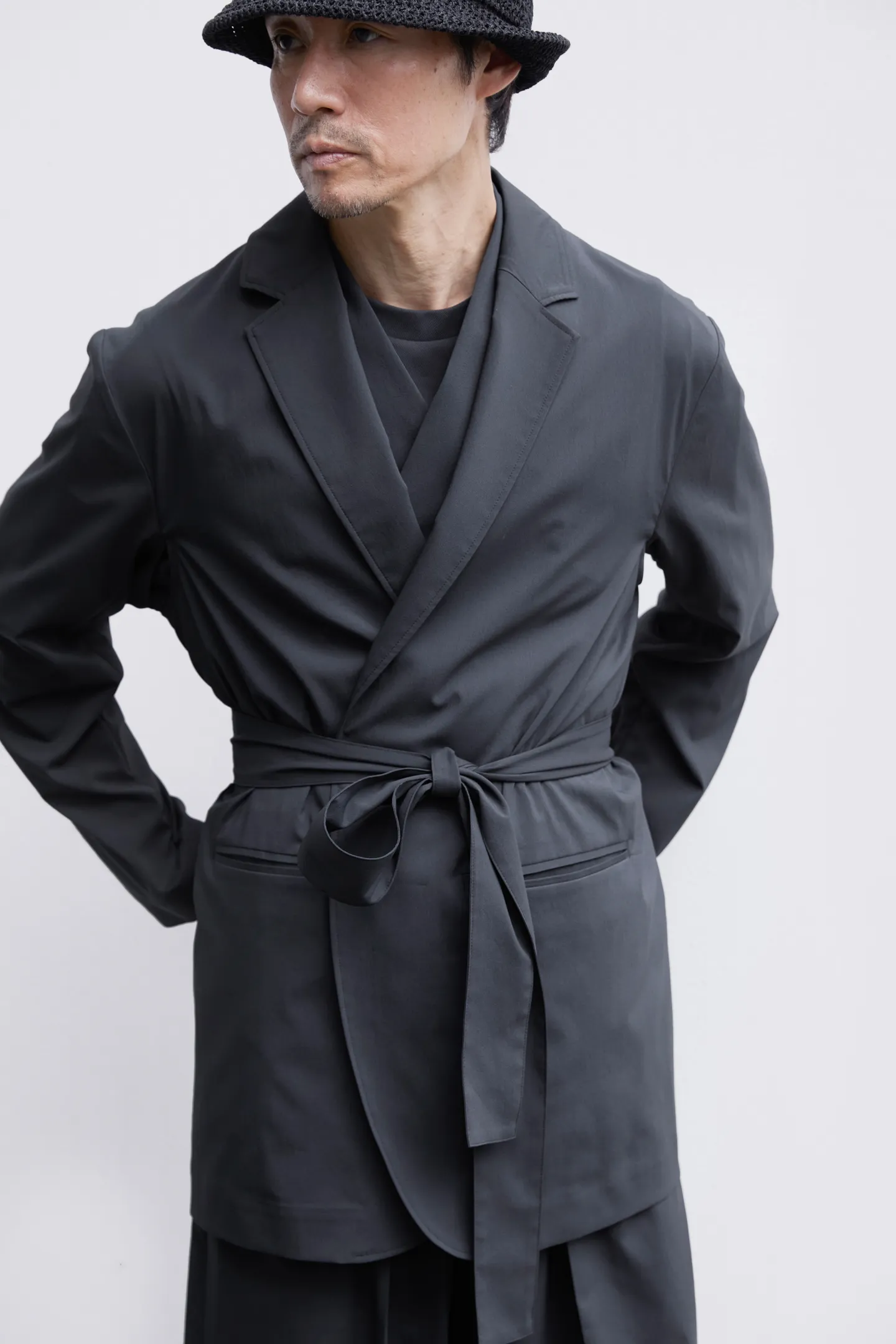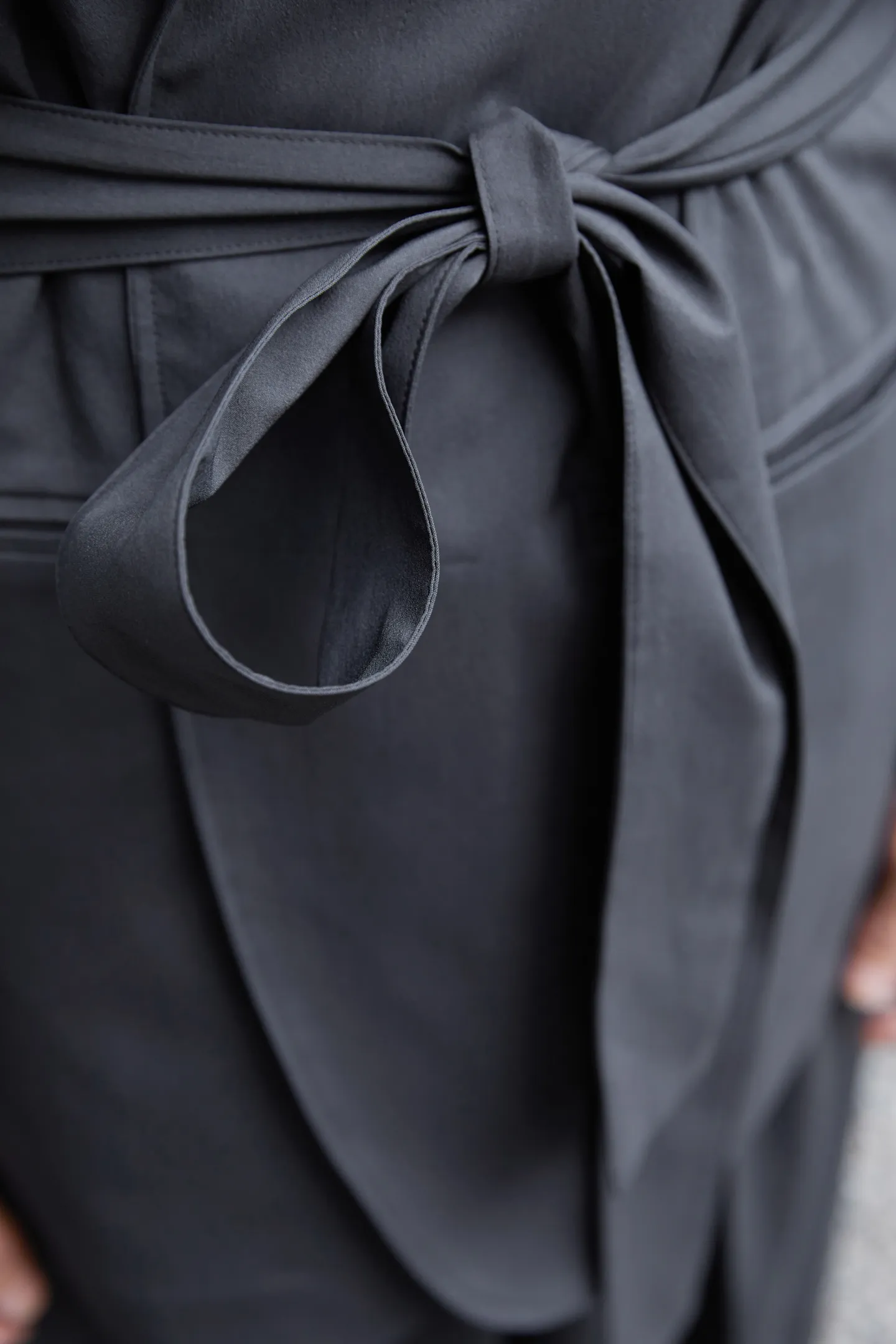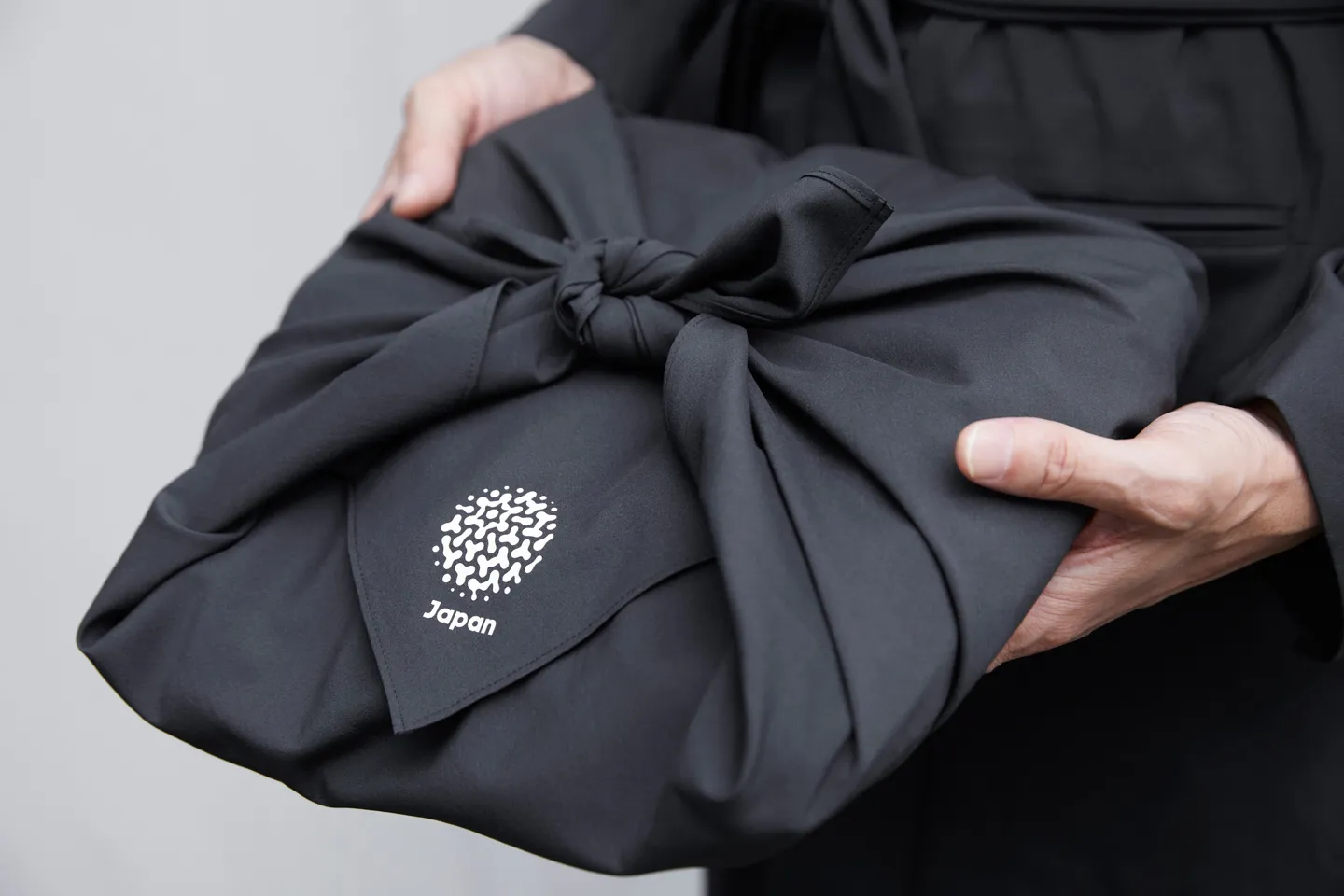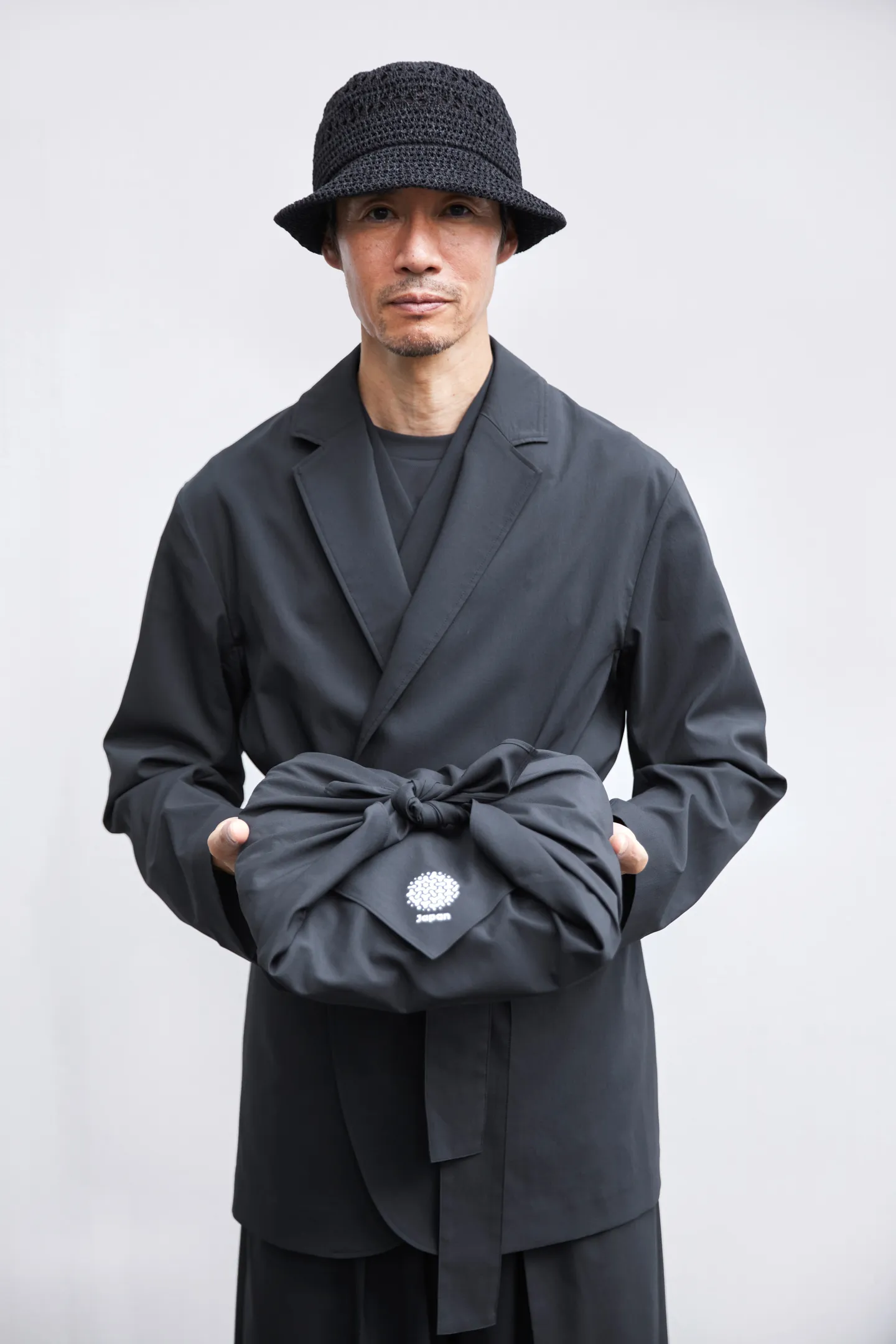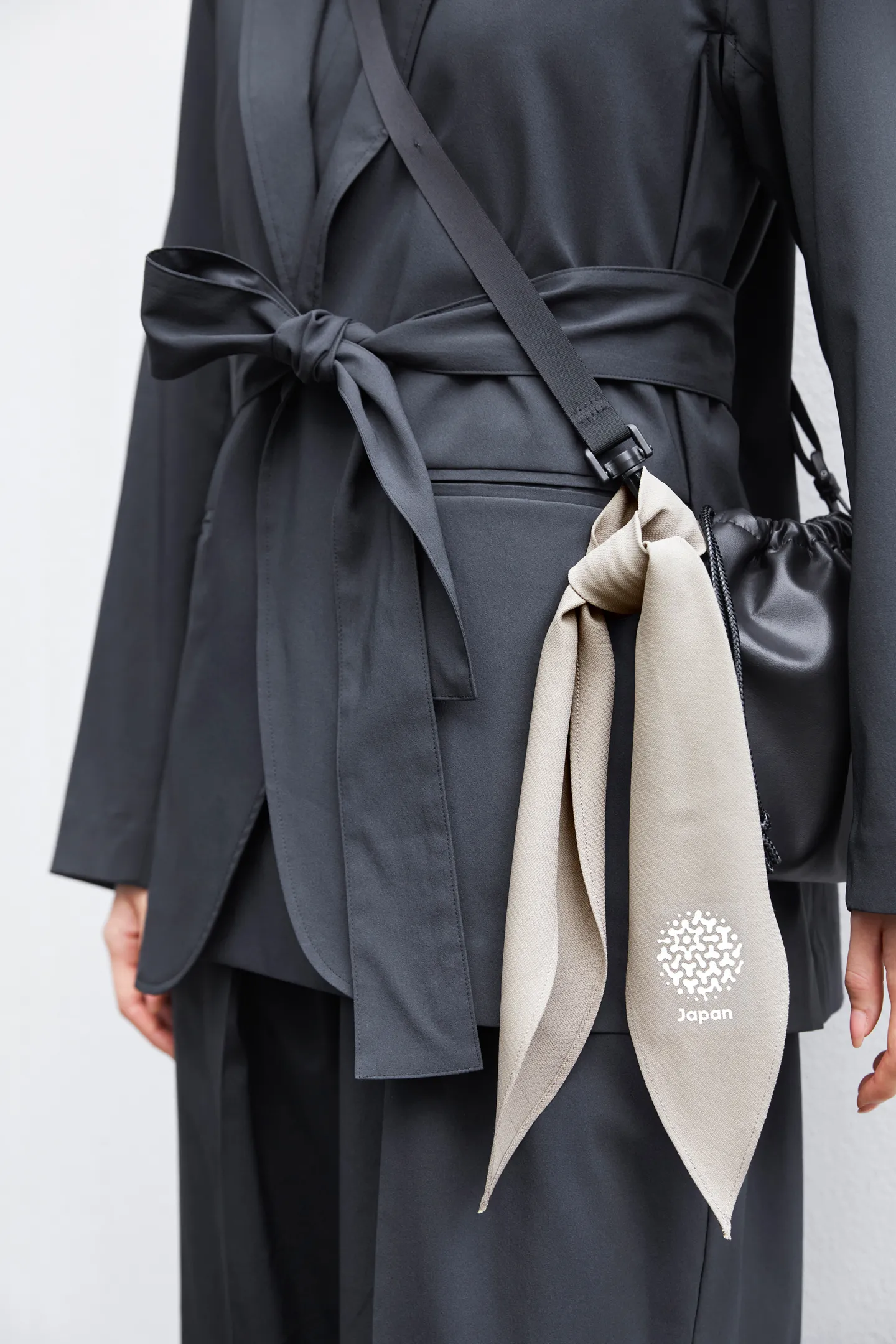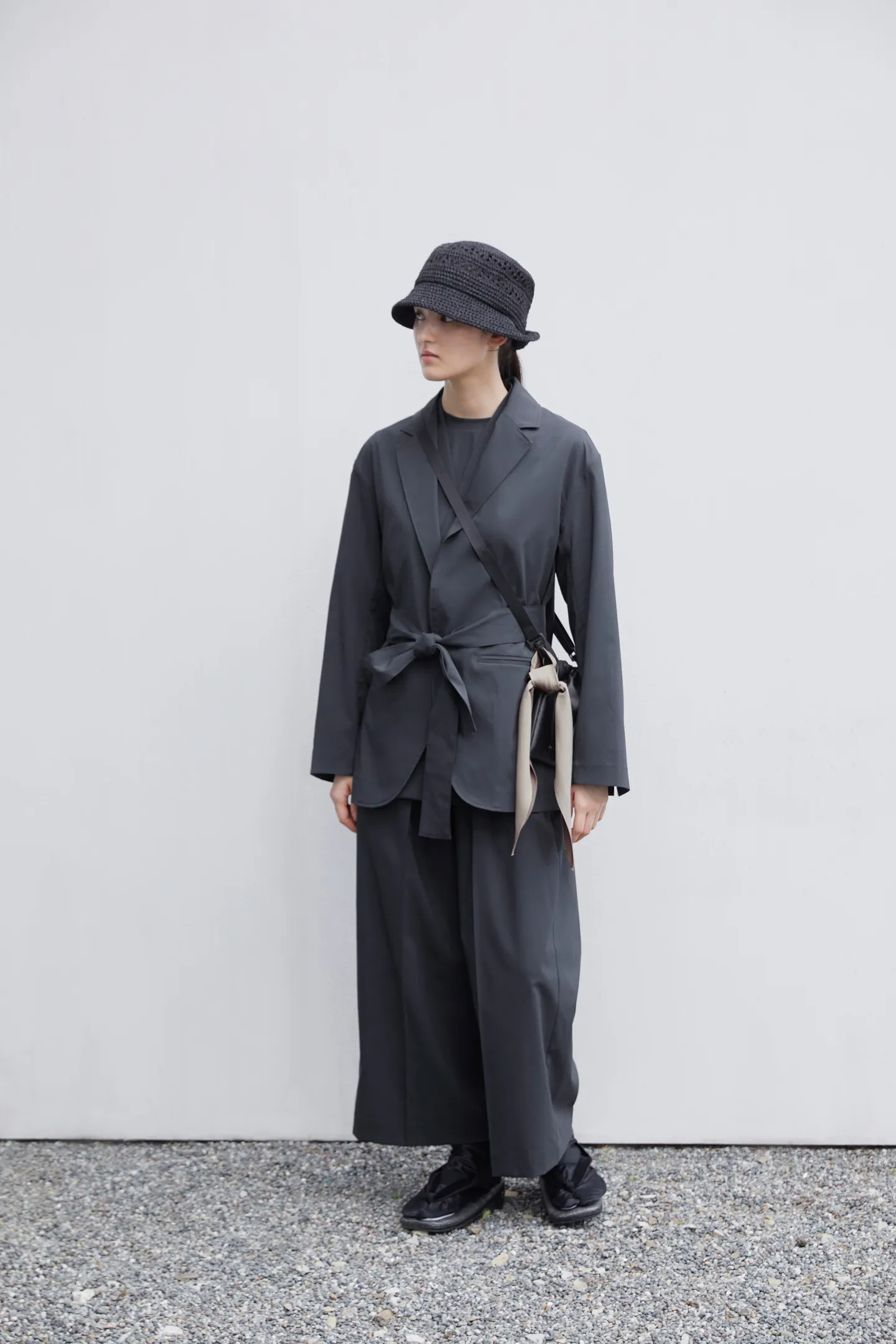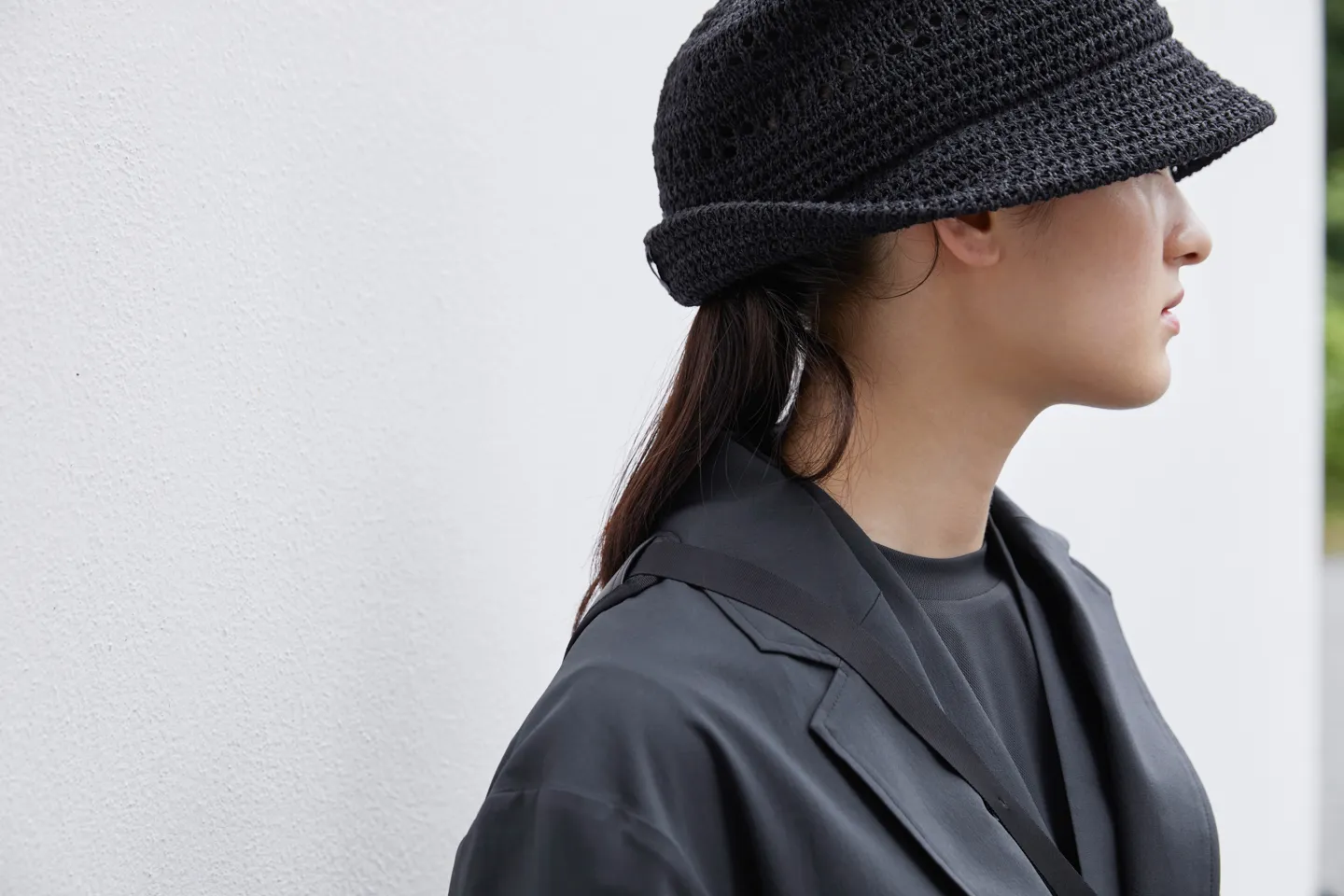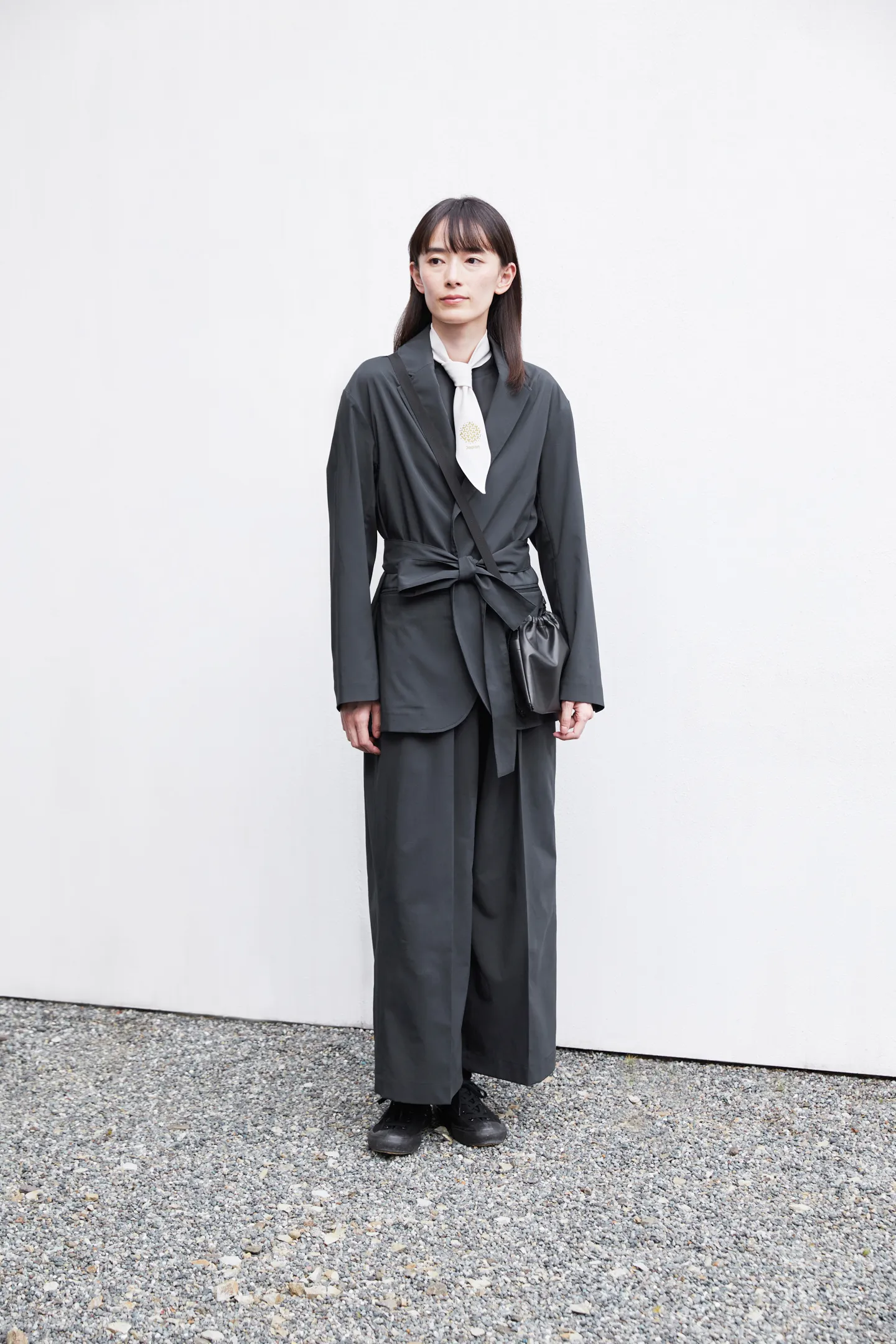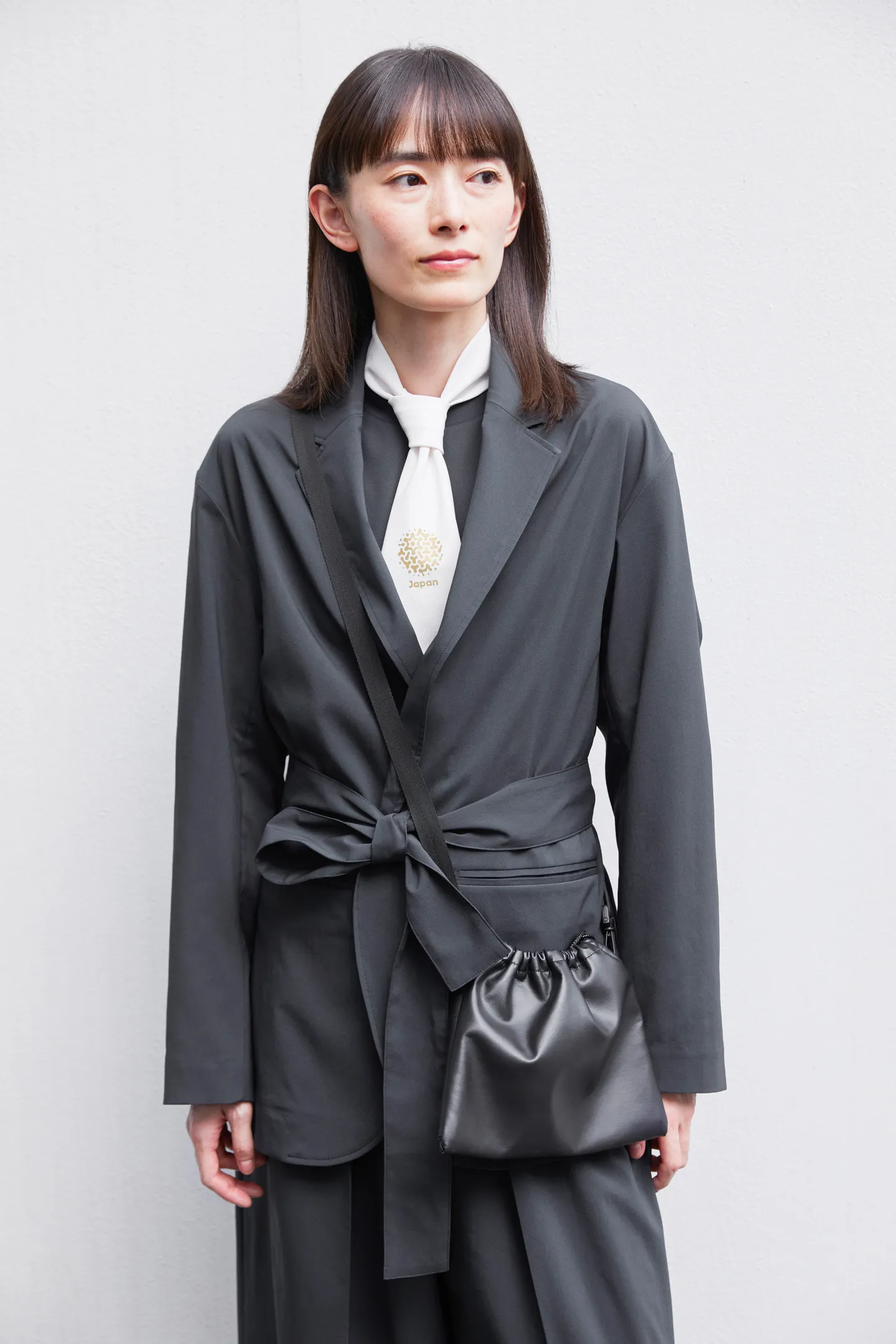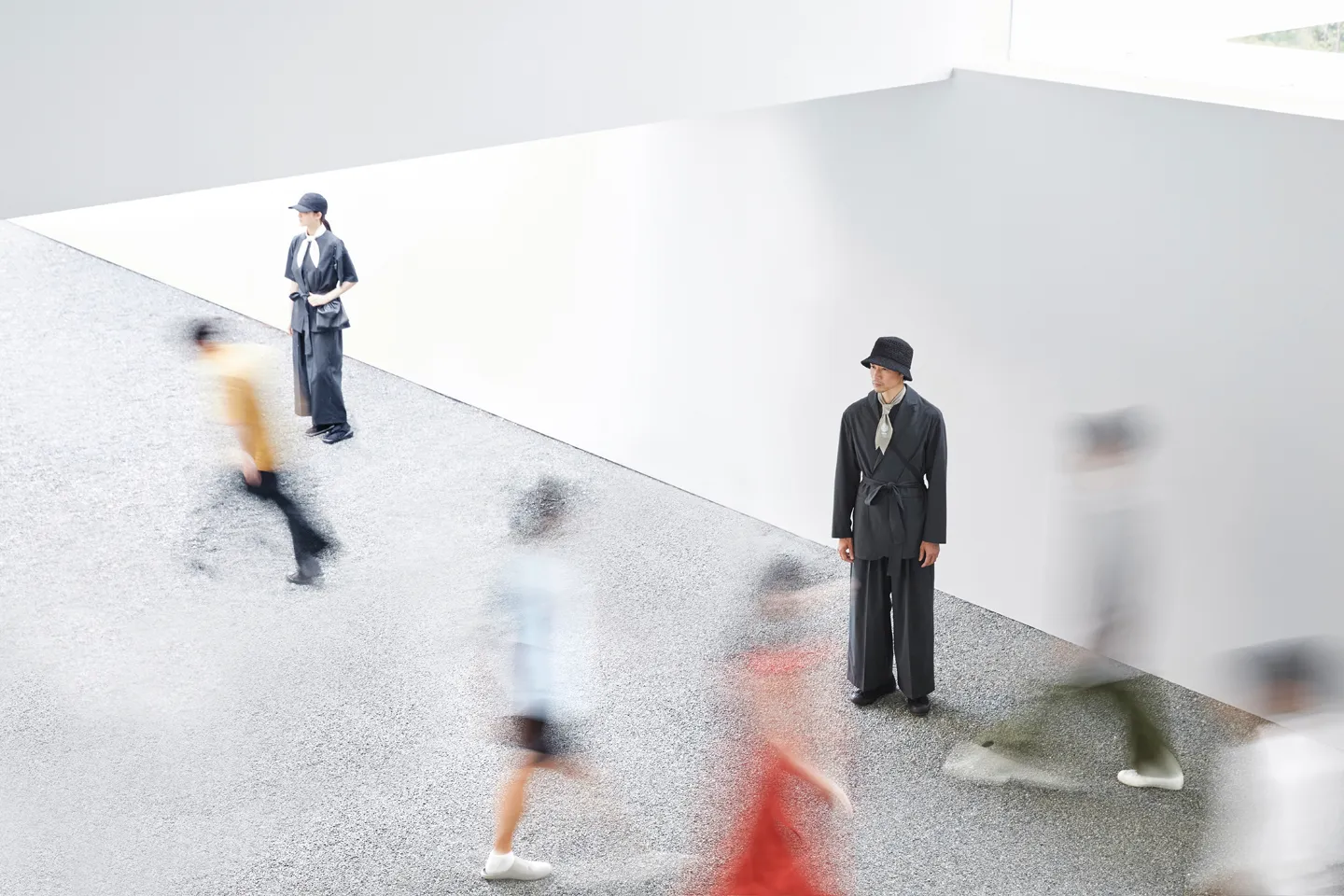interview
Embodying Japanese Aesthetics: The Heart and Craft Behind the Uniform

The attendant uniforms at the Japan Pavilion were designed under the concept of “Embodying Japanese Aesthetics.” Combining functionality with aesthetics, the uniforms reflect a Japanese sense of space based on kimono design and thoughtful use of eco-friendly materials and recycling plans. In this interview, we speak with designer Yuya Nakata about the thought and functionality behind these uniforms, which allow diverse attendants to wear them beautifully and comfortably as they welcome guests.
Tell us a bit about yourself, Mr. Nakata.

Nakata
I’m the creative director of a brand called POSTELEGANT, now in its eighth year. Our Spring/Summer 2025 collection will be presented at Paris Fashion Week and sold in stores both in Japan and abroad. I’ve worked as a designer for BEIGE, an Onward Kashiyama brand, and studied pattern-making through internships in Paris with designers from the former Maison Martin Margiela. My experiences in Japan and Paris have significantly influenced POSTELEGANT.
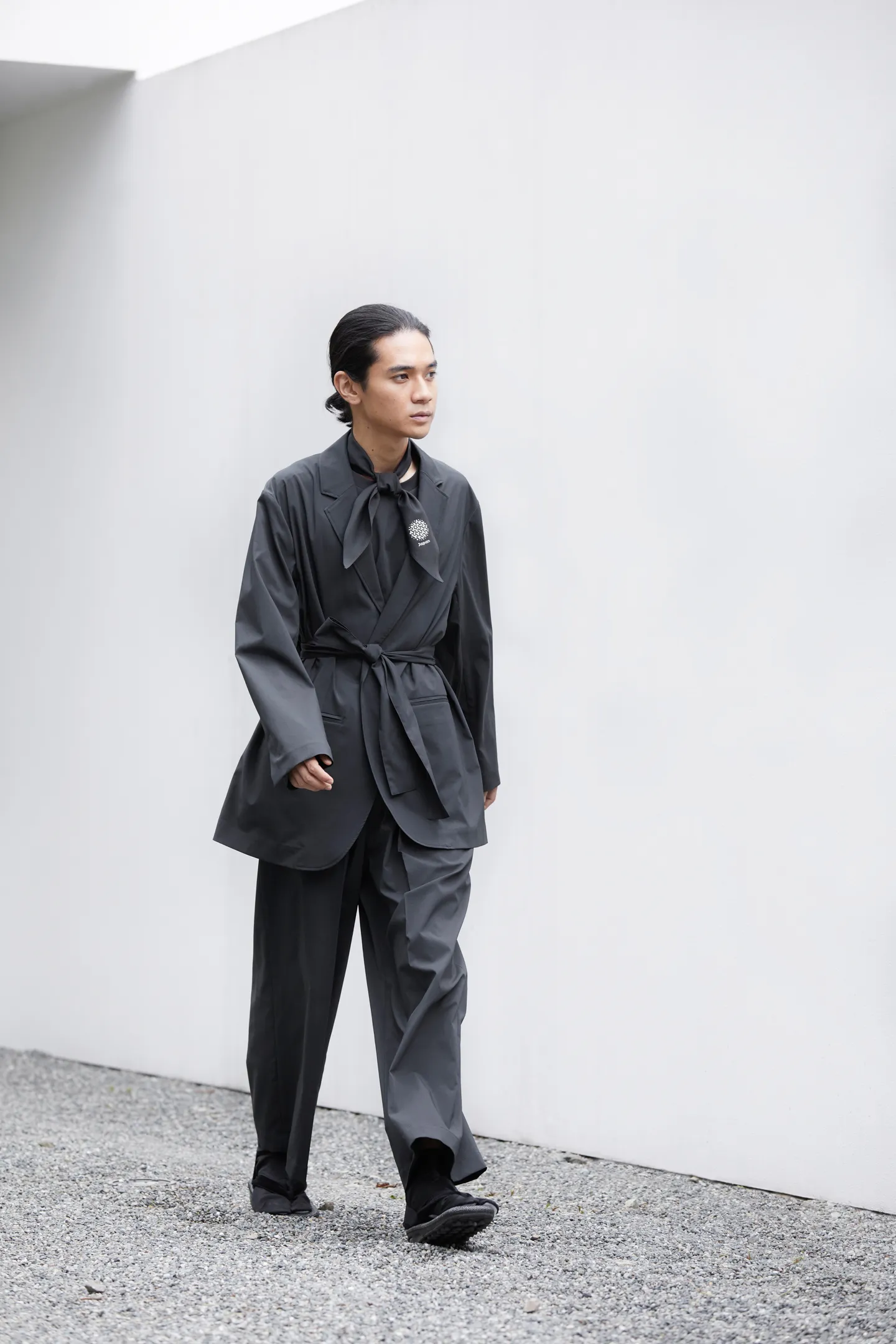
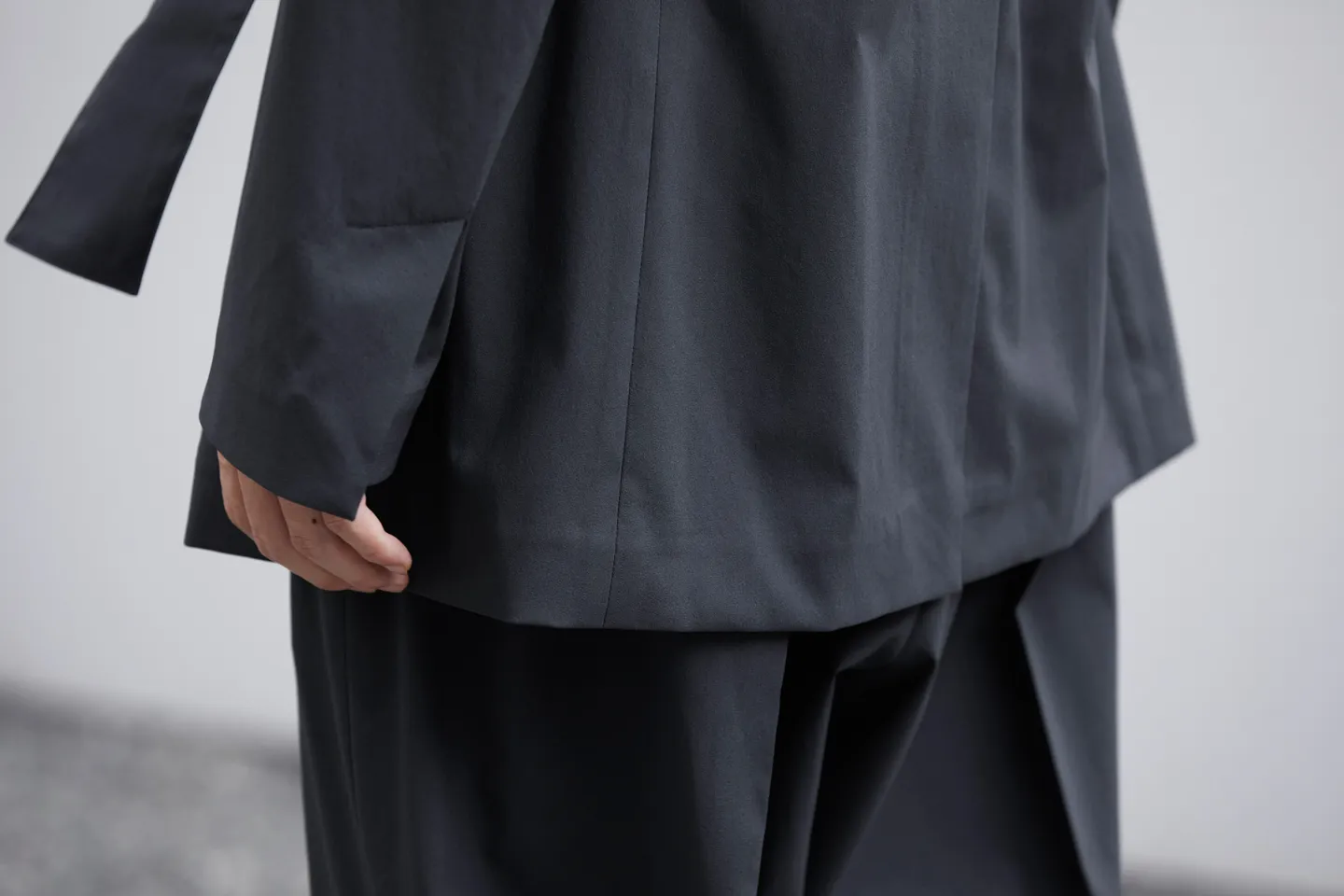
How do Japanese and Parisian approaches to garment making differ?

Nakata
Based on my experiences, I found that Japanese designers often use flat pattern-making, paying meticulous attention to each millimeter. Paris, however, has a tradition of three-dimensional garment making, draping fabric directly on the dress form. Learning the Japanese approach first, I was fascinated by the differences, each with unique strengths.
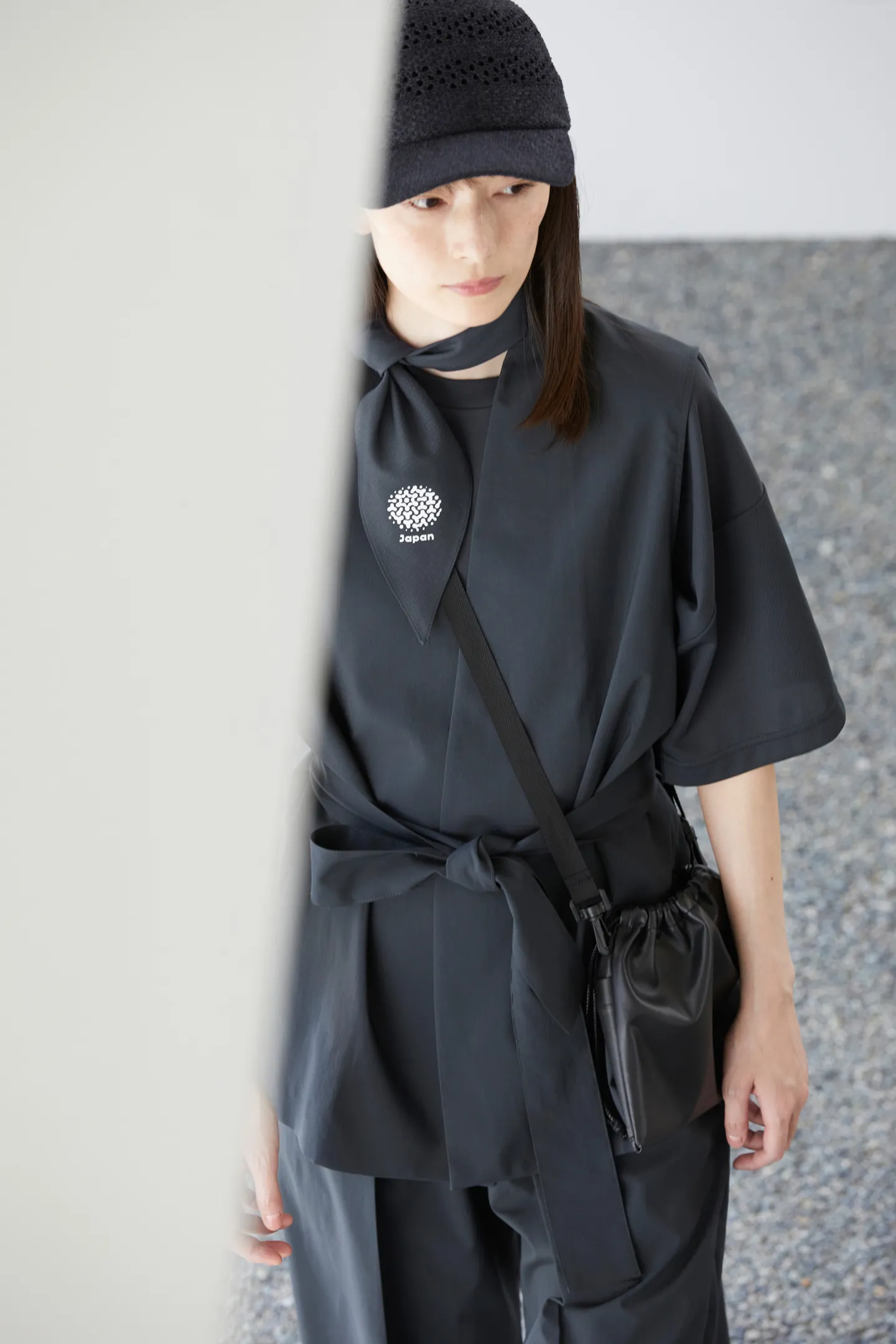
What is POSTELEGANT’s concept?

Nakata
Our concept is to create pieces that transcend time and place, remaining relevant for years to come.
That seems to resonate with the Japan Pavilion’s theme of “JUNKAN.”

Nakata
Exactly. For example, traditional Japanese clothing, such as kimono, has remained timeless for hundreds of years. I aim to design pieces that people will want to wear 10 or 20 years from now, passing them on instead of discarding them. For instance, the first coat I released for POSTELEGANT is still part of our collection.
What is the concept behind the attendant uniforms at the Japan Pavilion?

Nakata
The concept is “Embodying Japanese Aesthetics.” We aimed to blend functionality with beauty, creating an elegant sense of space inspired by kimono. The single color is charcoal gray, with only the scarf providing an accent. Additionally, we designed the uniforms to be versatile, with adjustable belts and two styles of hats and vests to allow personalization while maintaining a cohesive look.
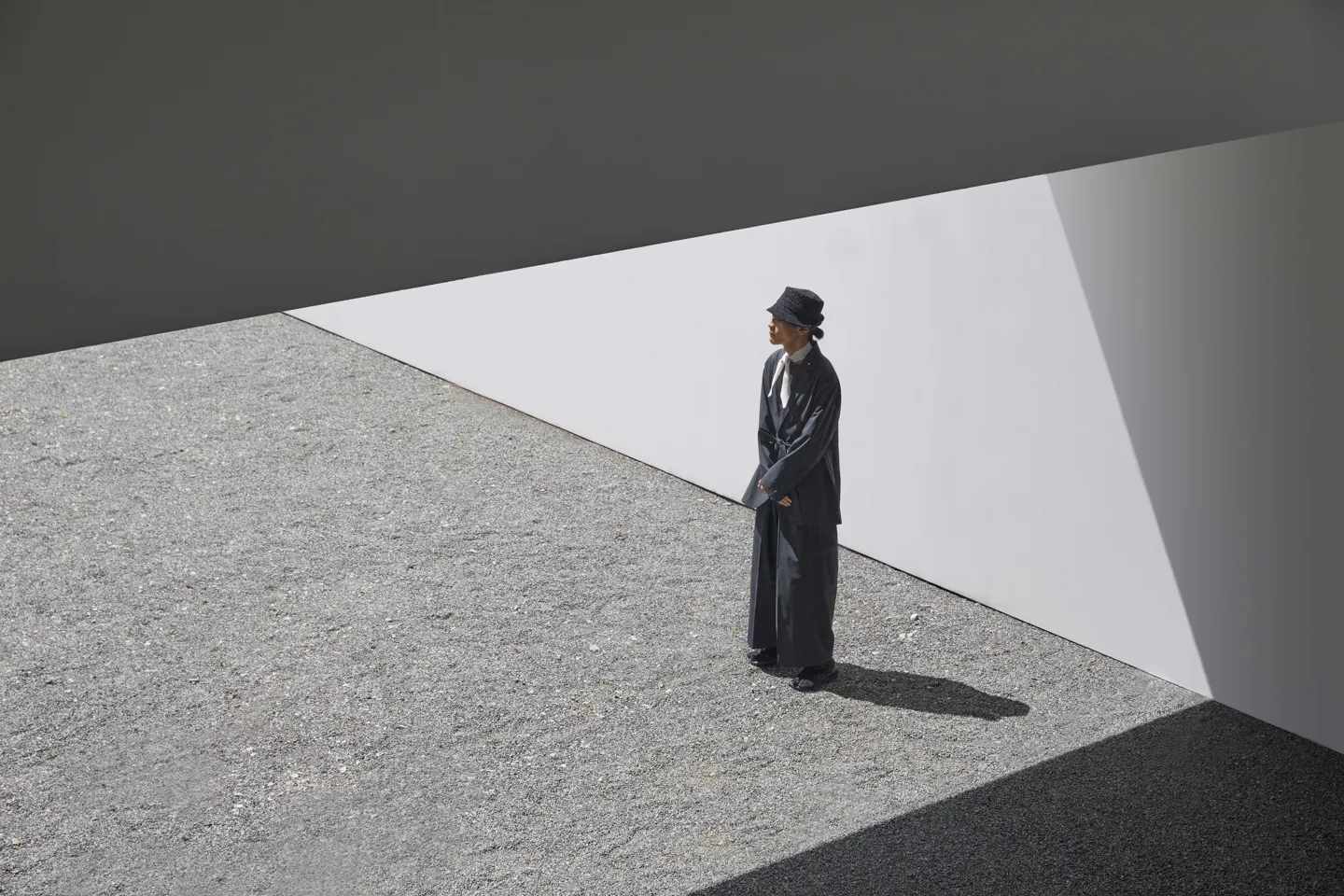
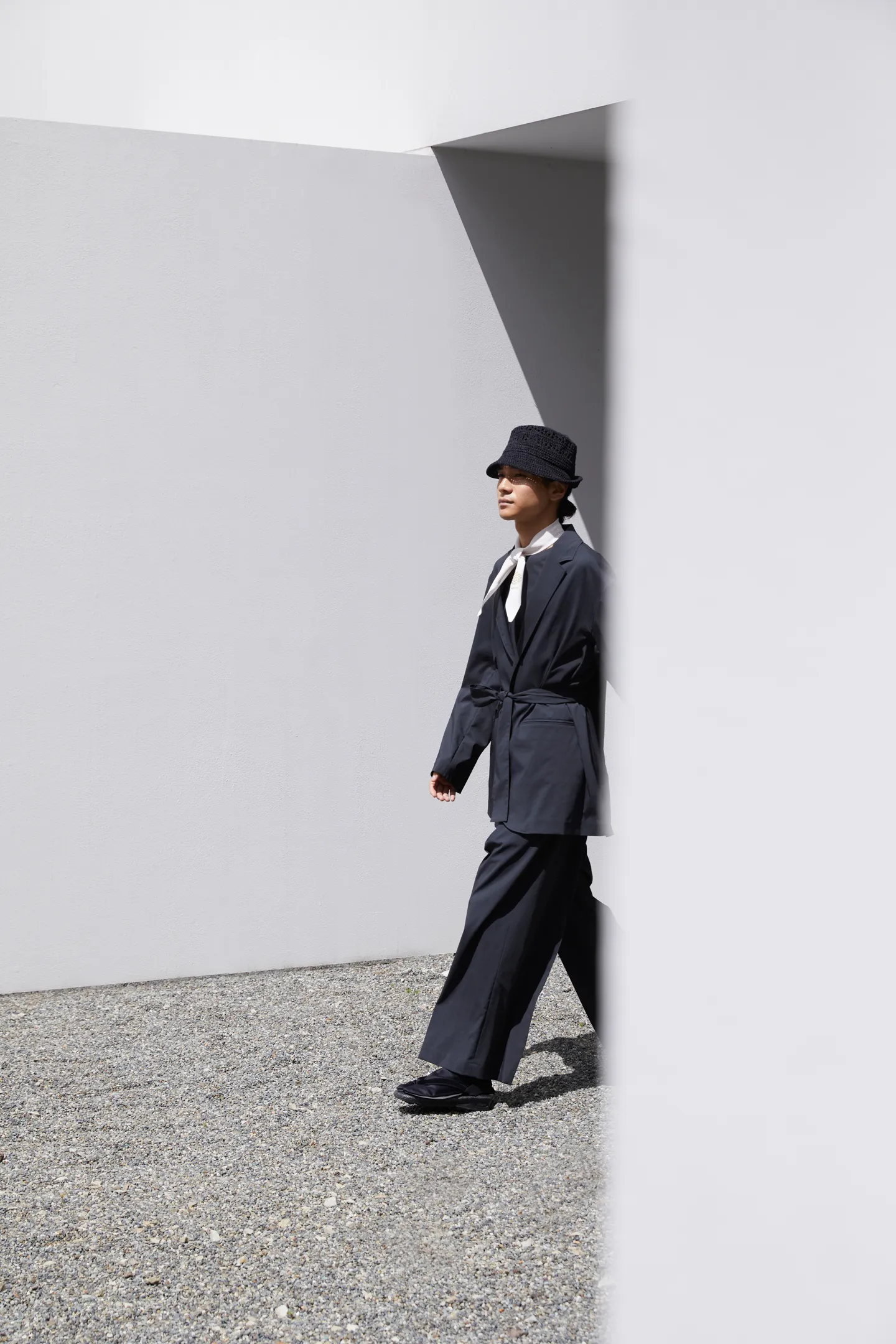
Why did you choose a minimalist structure?

Nakata
The minimalist, mono-material approach—using almost no buttons or zippers—greatly facilitates recycling. Removing metal components, for instance, adds significant steps to the recycling process. This approach draws from kimono, which is an early example of a mono-material garment in Japan.
So that was the intention behind it.

Nakata
Additionally, using a belt instead of buttons allows for easy adjustment, making the fit more adaptable for a wide range of people. Expanding the number of sizes often leads to precise fit issues and unnecessary waste. For this uniform, we calculated carefully and decided on 3 to 4 main sizes—S, M, and L—to accommodate as many people as possible.
What about the fabric?

Nakata
We use an eco-friendly polyester fabric from Toray for the main wearables, offering excellent durability and comfort without clinging to the body. The bag is made from Teijin Frontier’s eco-friendly synthetic leather, originally intended for soccer balls and shoes. This reuse of otherwise discarded materials embodies the pavilion’s focus on sustainability.
The weather from April to October can vary significantly. How did you address this?

Nakata
We ensured airflow by creating space between the fabric and the body, helping maintain a comfortable temperature. The pants, for example, have a straight silhouette that allows air circulation around the legs.
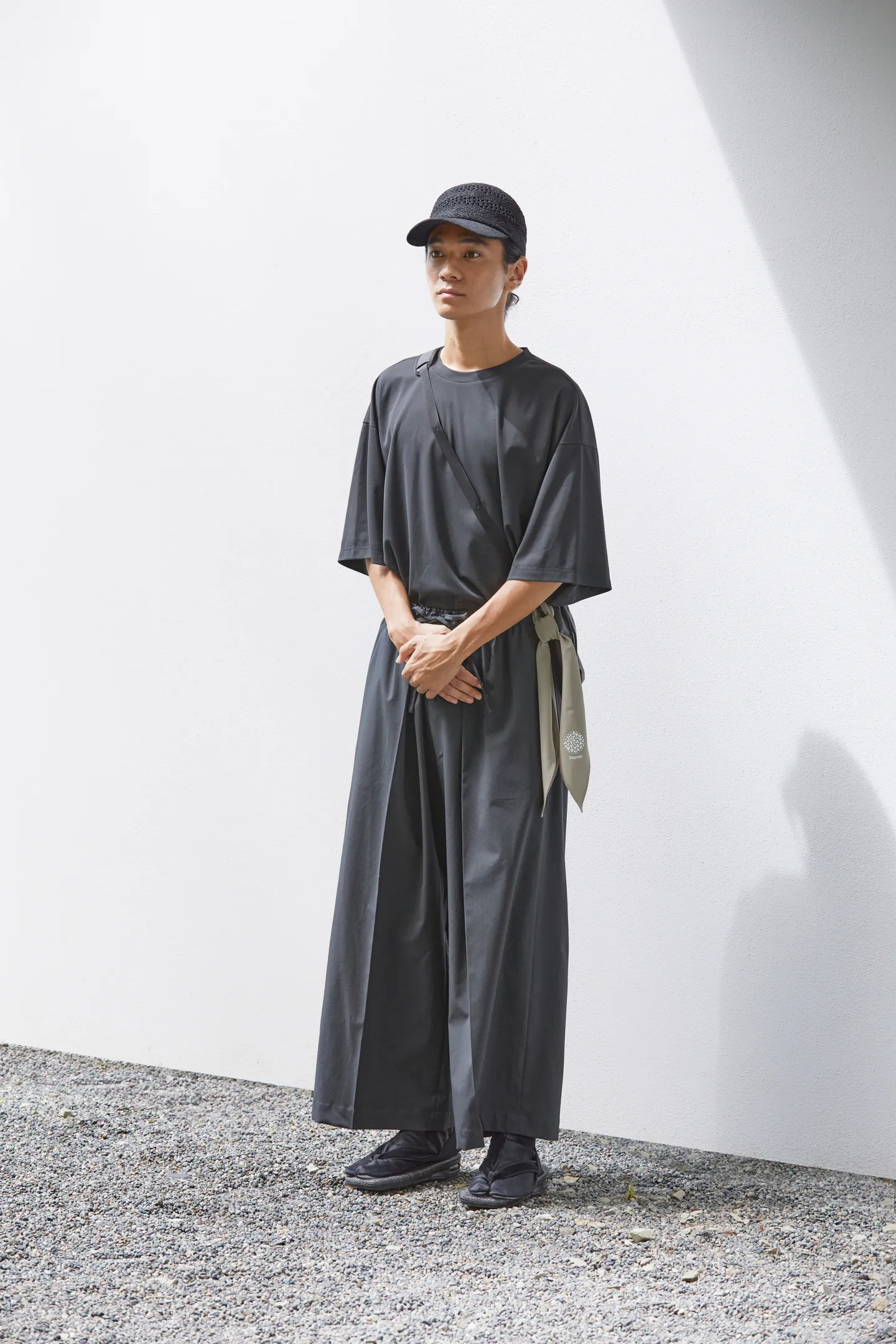
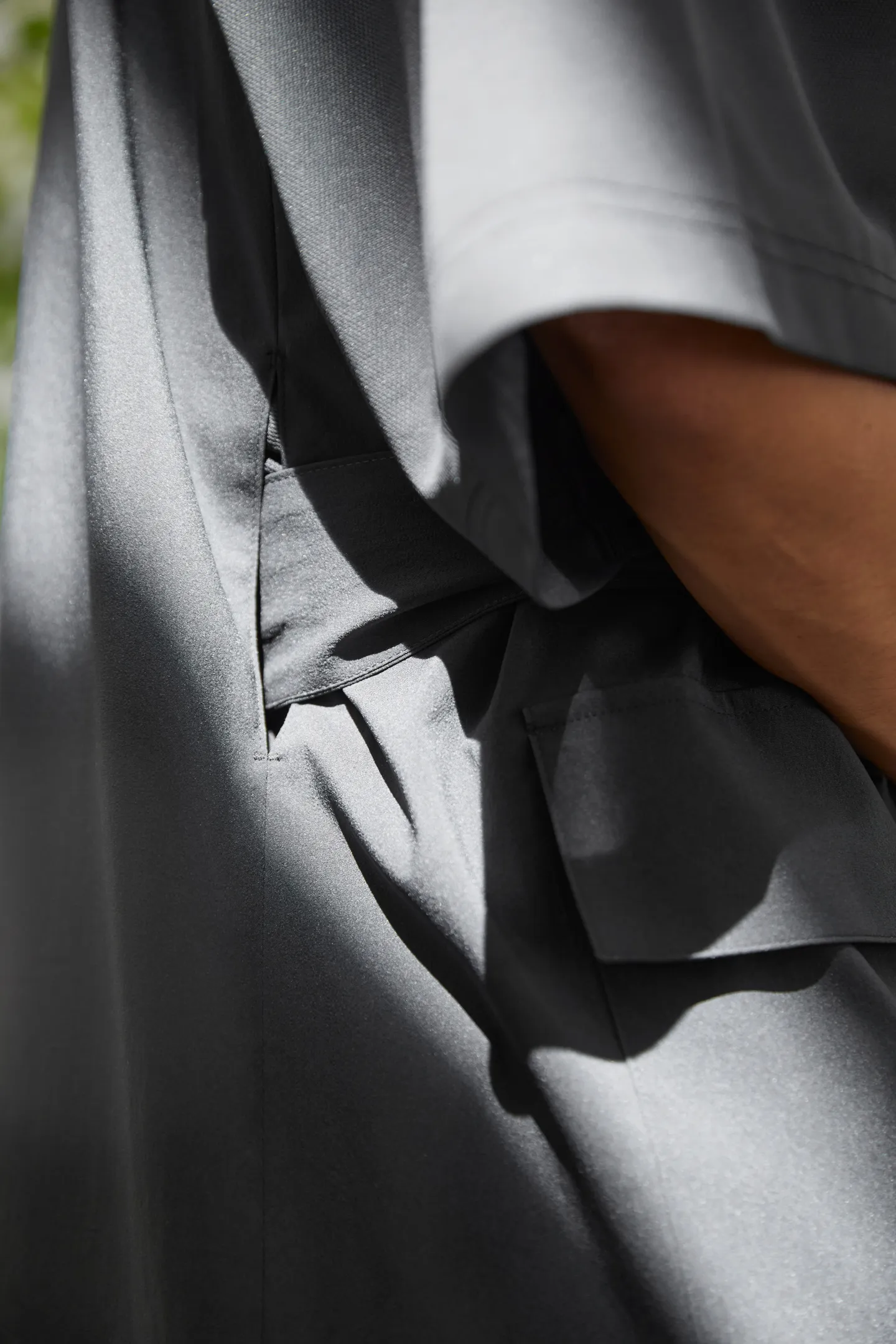
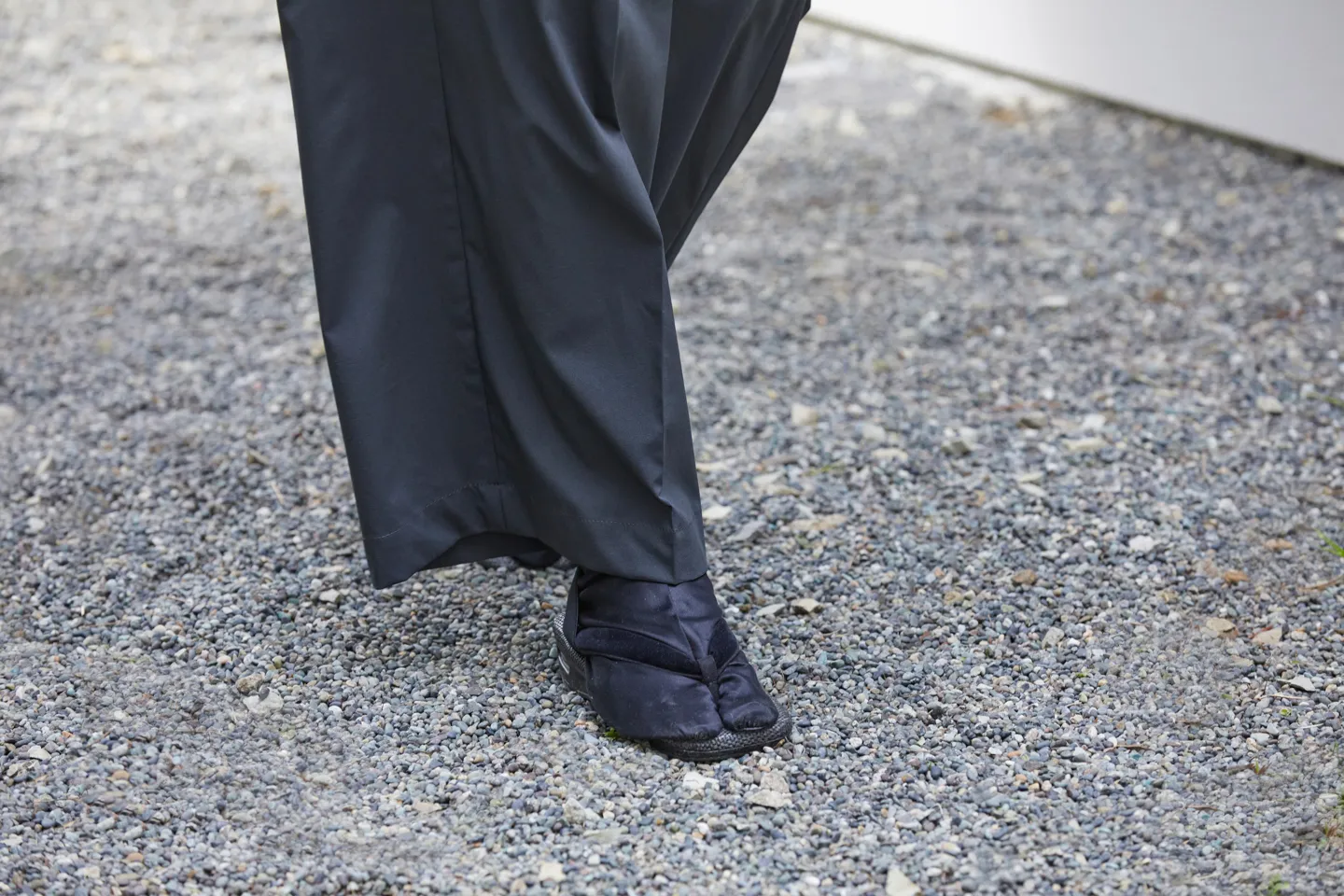
The modern-style Japanese sandals and tabi socks are striking.

Nakata
They’re worn primarily during ceremonies. The sandals are a contemporary design from NEWBASIC, paired with tabi socks from Fukuske, a brand with over 140 years of history. They’re comfortable to wear and technologically refined, blending traditional Japanese style with modern functionality.
For this project, we added an elastic band around the ankle to ensure a secure fit that won’t slip off easily and remains comfortable. I proposed this idea based on the way setta are traditionally tied with cords during festivals. The simple look is another aspect I really like.
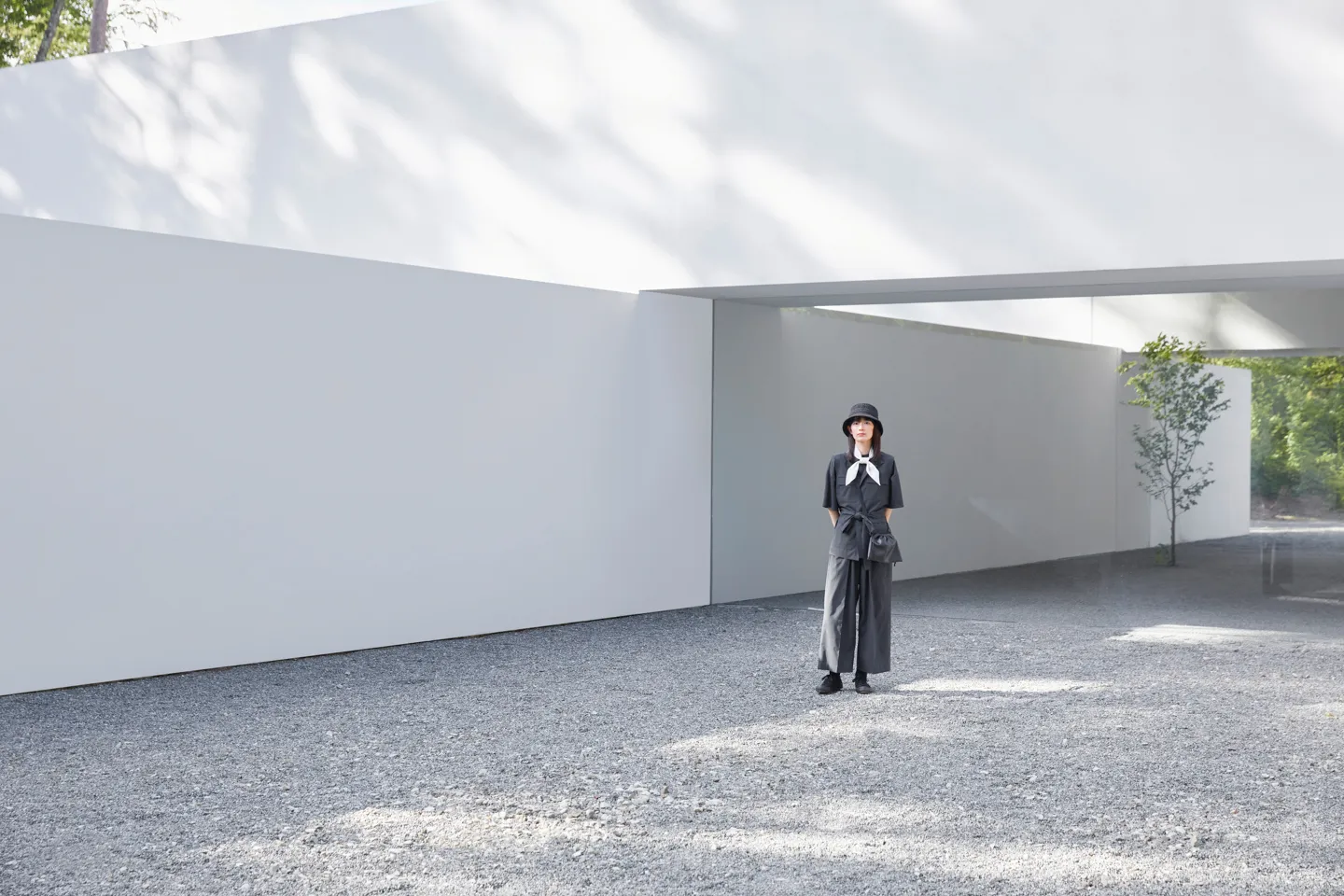
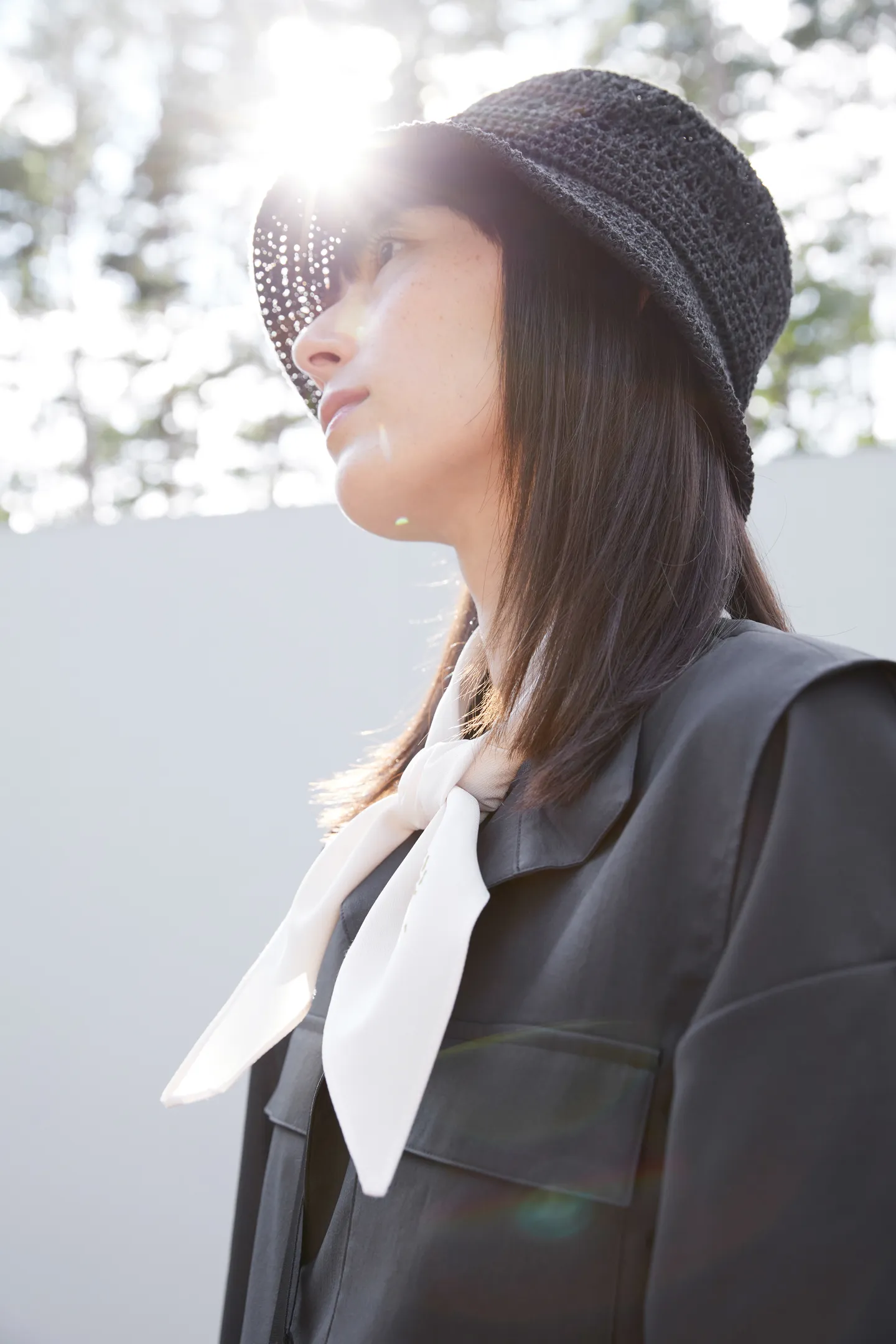
Were there any challenges in the production process?

Nakata
Creating shoes and hats was a bit challenging as it was my first time. I had to consider which accessories would align with the overall concept of the Japan Pavilion and my chosen theme. It took some trial and error to ensure consistency with the other items. The hats and caps made by Maxine were crafted from washi paper yarn, giving them a textured look distinct from the main wear.
The Japan Pavilion is lined with wooden panels, so I felt that the natural, slightly rough texture of these materials would harmonize with the space. I think we achieved a set that is both functional and beautiful.
What message would you like to convey to those wearing the uniforms?

Nakata
Expos attract a diverse range of visitors, so it’s essential for attendants to be instantly recognizable. The design may be subtle, but when worn as a complete set, the uniform creates a unique presence, blending harmony and statement. I hope it supports attendants as they work comfortably in the beautiful spaces of the Japan Pavilion, interacting warmly with visitors.
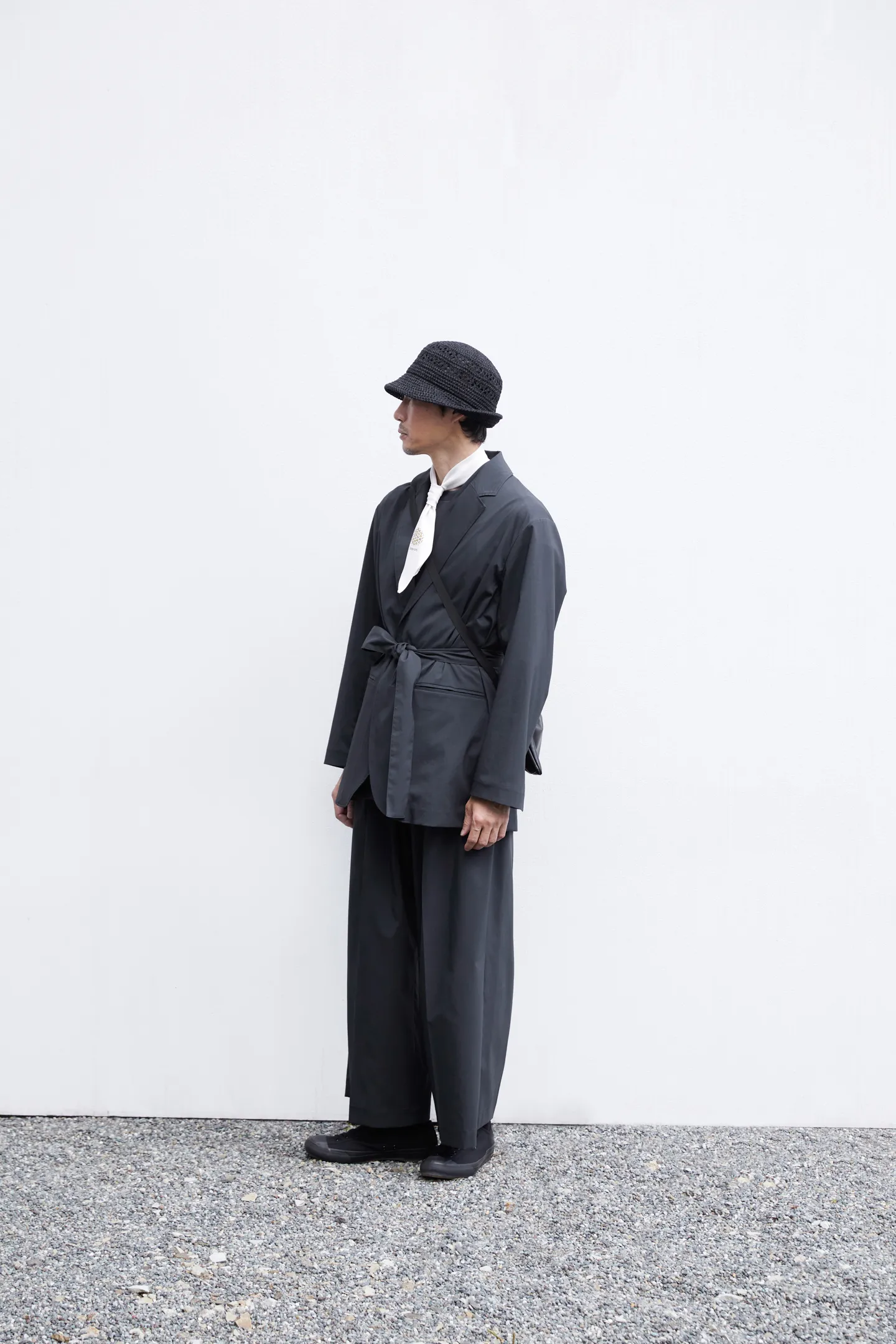
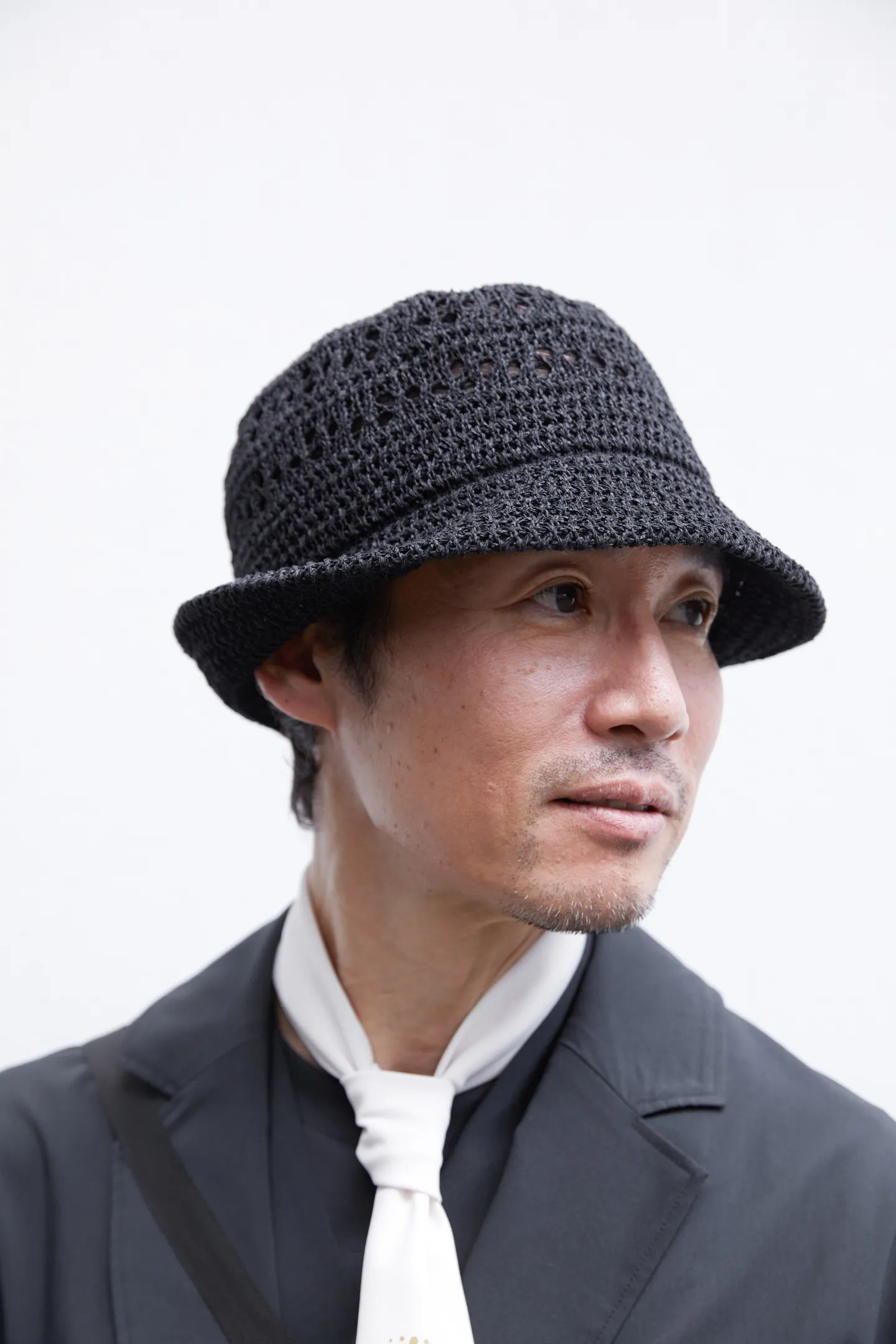
Finally, could you tell us your thoughts on Japanese aesthetics?

Nakata
Clothing is something we wear, so it’s important that it resonates not just through explanations or logic, but in the feeling of “this feels right” when someone puts it on. I hope each person judges with their own senses and interprets it freely.
In Japanese culture, there is a concept called mitate—the art of seeing one thing as another. Take, for example, the arrangement of stones in a Japanese garden. The creator arranges stones to represent something, and the viewer brings their own interpretation. This coexistence of the creator’s and viewer’s perceptions is essential. Although called a uniform, the Japan Pavilion’s attendant attire gains its presence through each wearer’s interpretation. Like the Japan Pavilion’s theme, “Between Lives,” I believe true beauty lies in having a strong core yet allowing for diverse interpretations, where each attendant and visitor finds their own meaning in it.
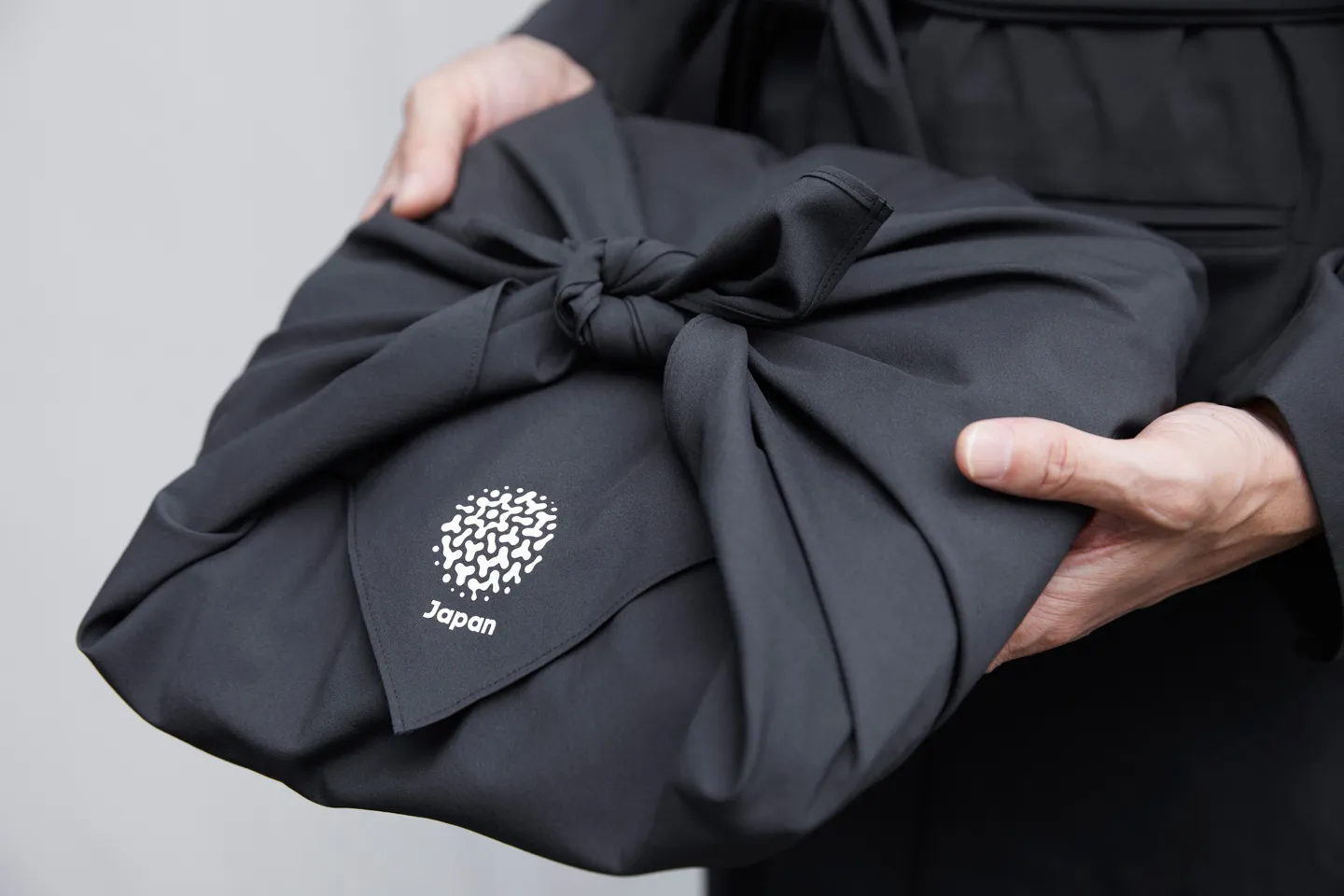
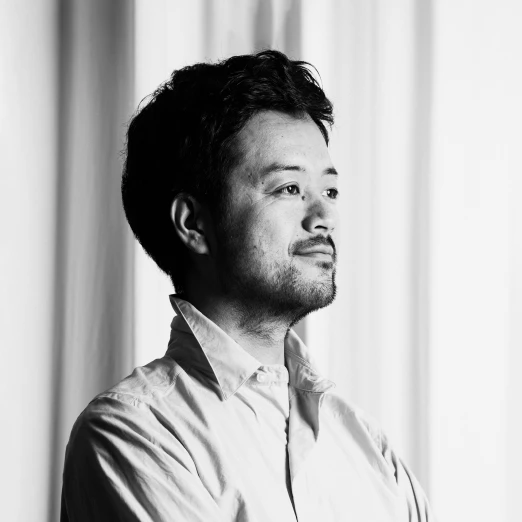
Yuya Nakata
Born in Gifu in 1988, Yuya Nakata studied in France after graduating from Nagoya University of Arts. After working as a designer for BEIGE, he established his brand, POSTELEGANT, in 2017. His collections merge the free-sizing flexibility of Japanese kimono with a Parisian sense of dimension, showcasing high-quality garments with both comfort and beauty. His genderless, high-end modern wear has garnered acclaim from professionals and won the Tokyo Fashion Award 2019, just two years after his debut. He has presented runway shows at Tokyo Fashion Week and later showcased his work in Florence, Italy, and Paris, France. Through his brand, he is actively involved in everything from material development to design proposals, drawing on his deep understanding of three-dimensional forms and pattern-making honed in Japan and France.
